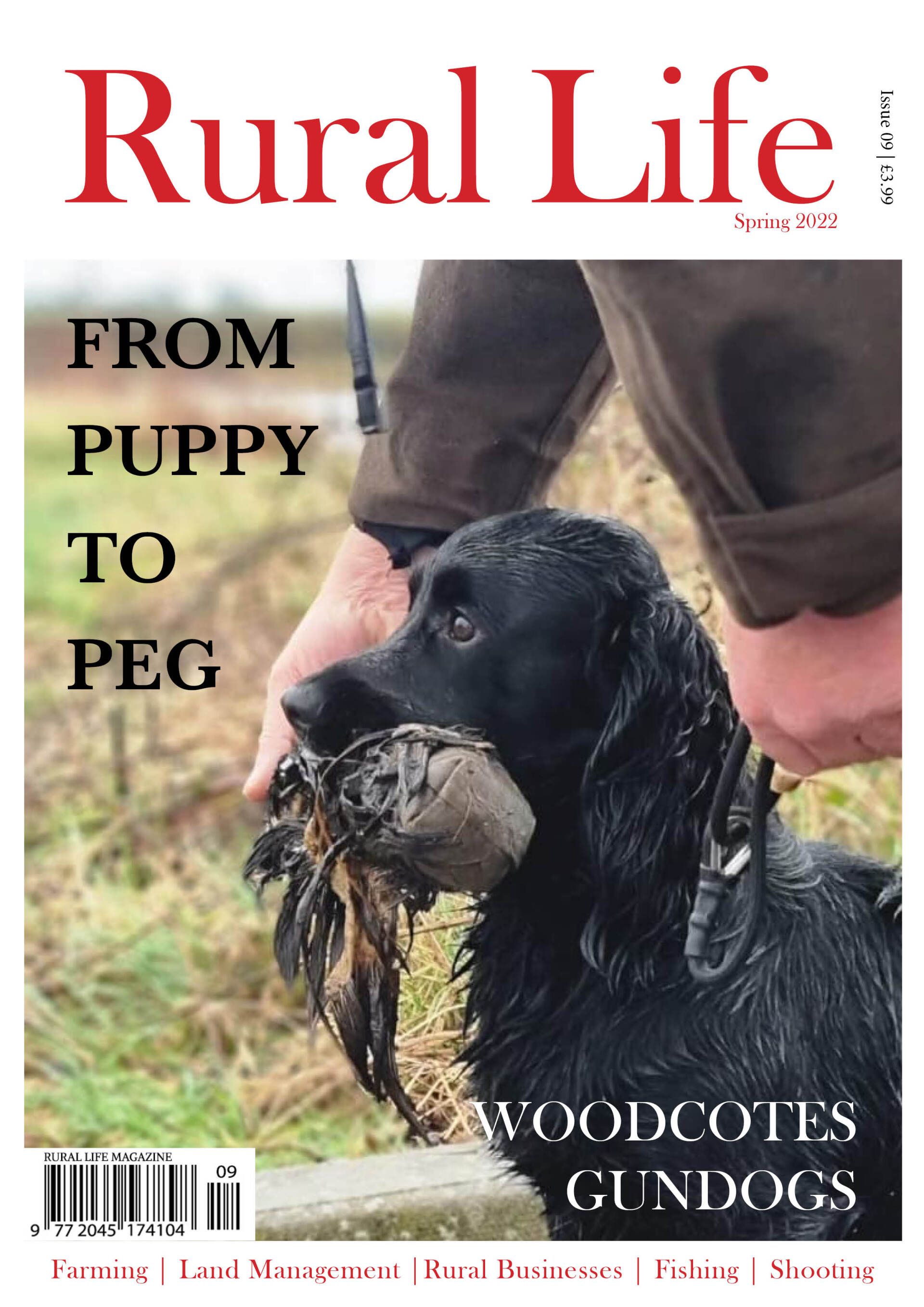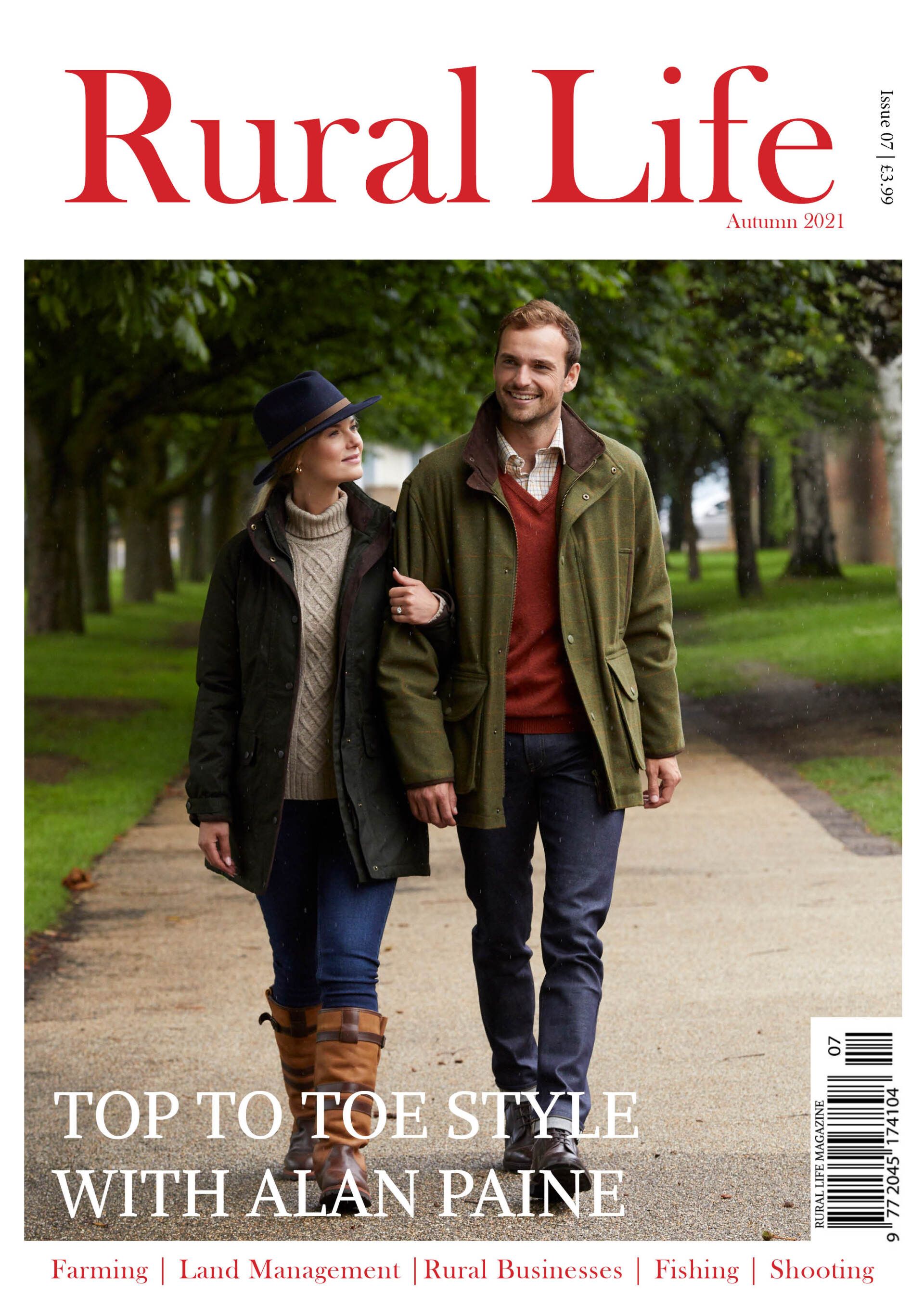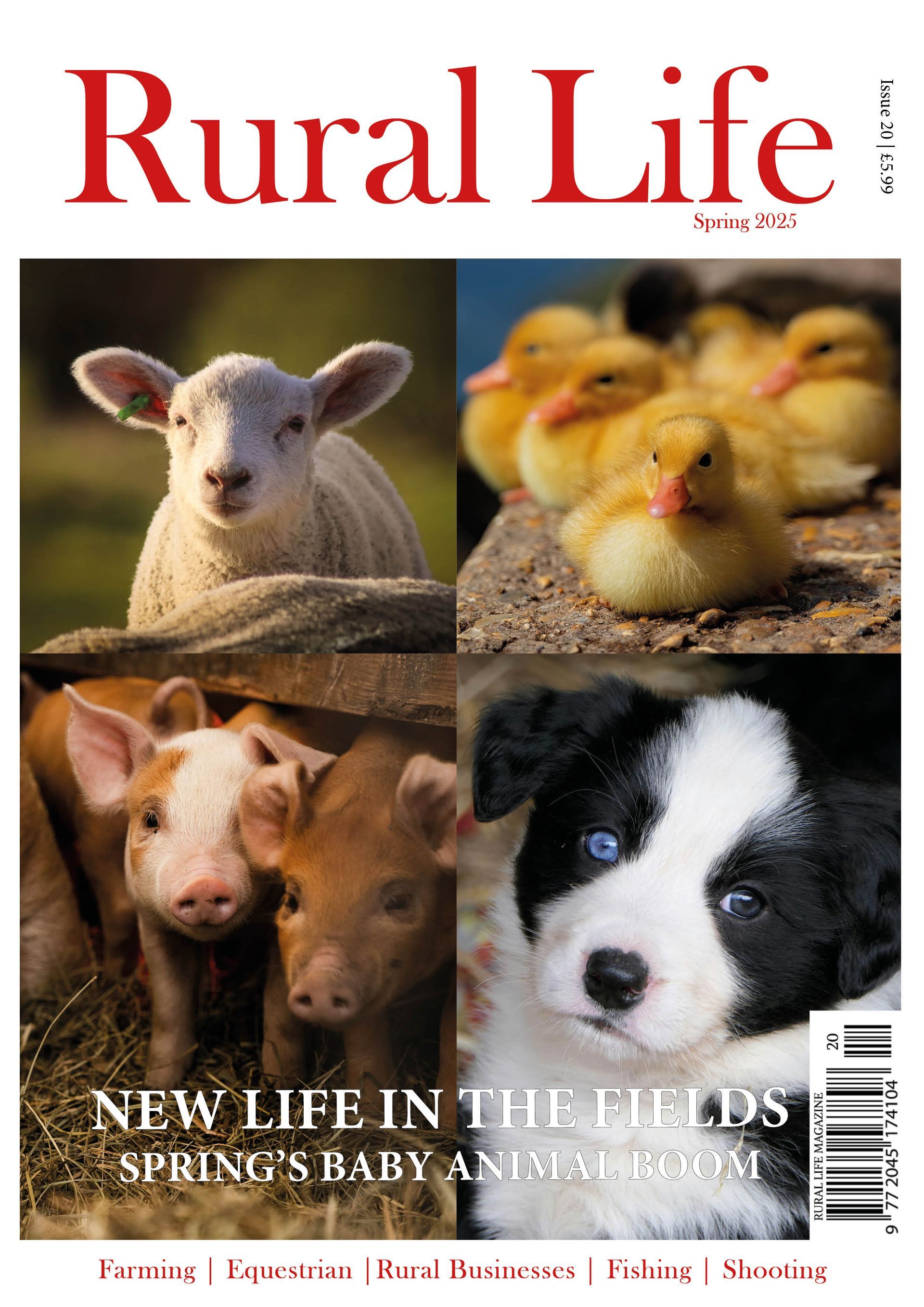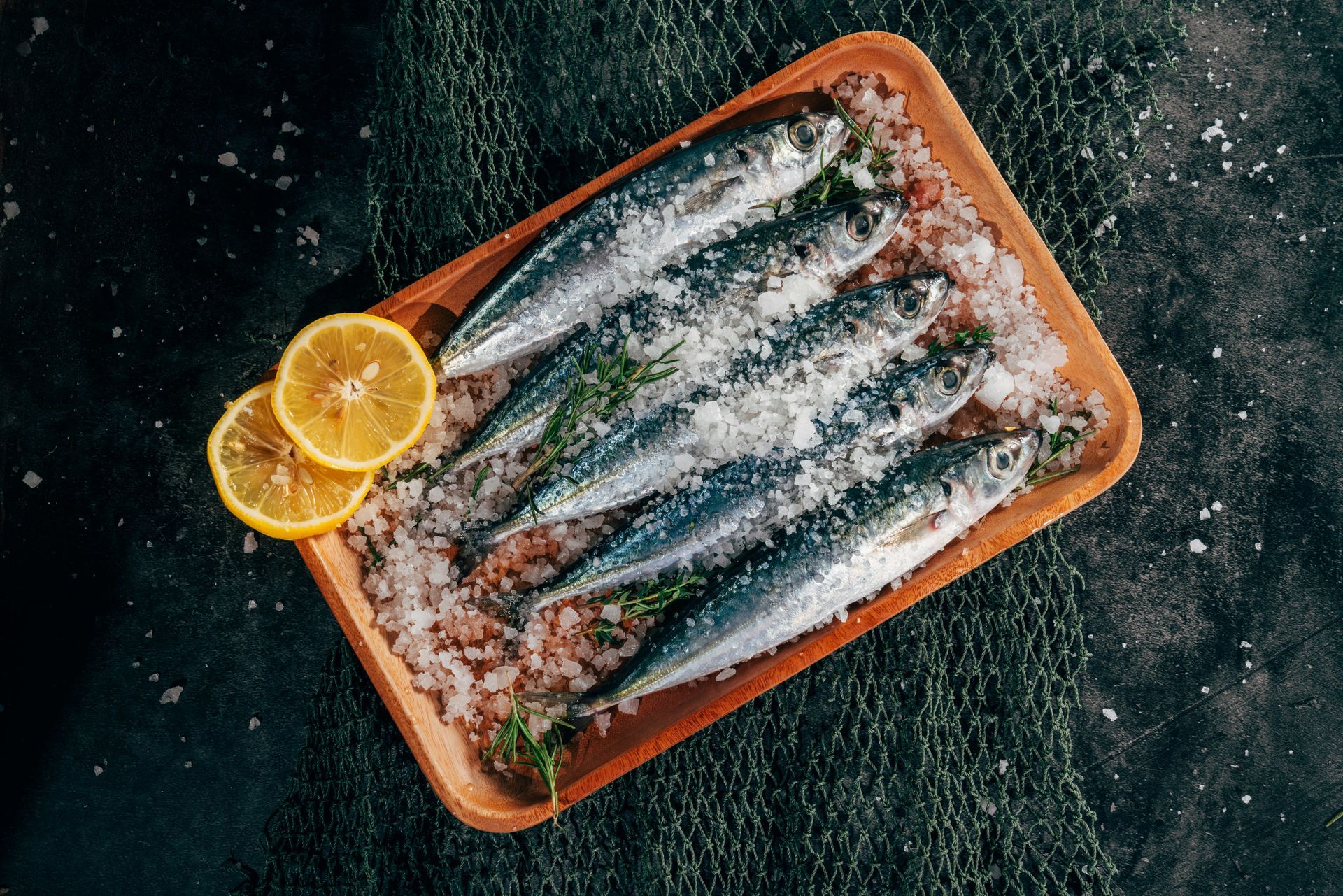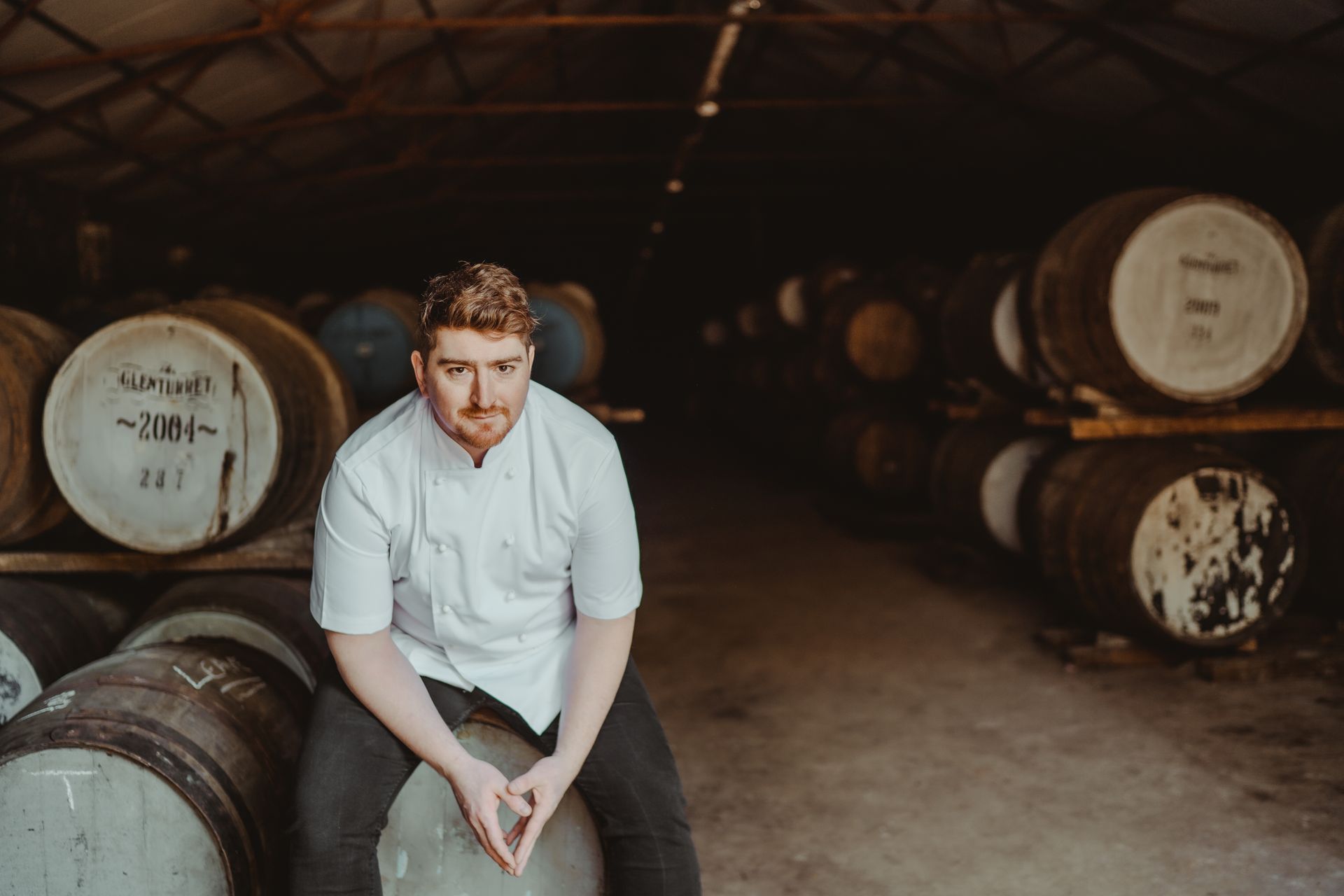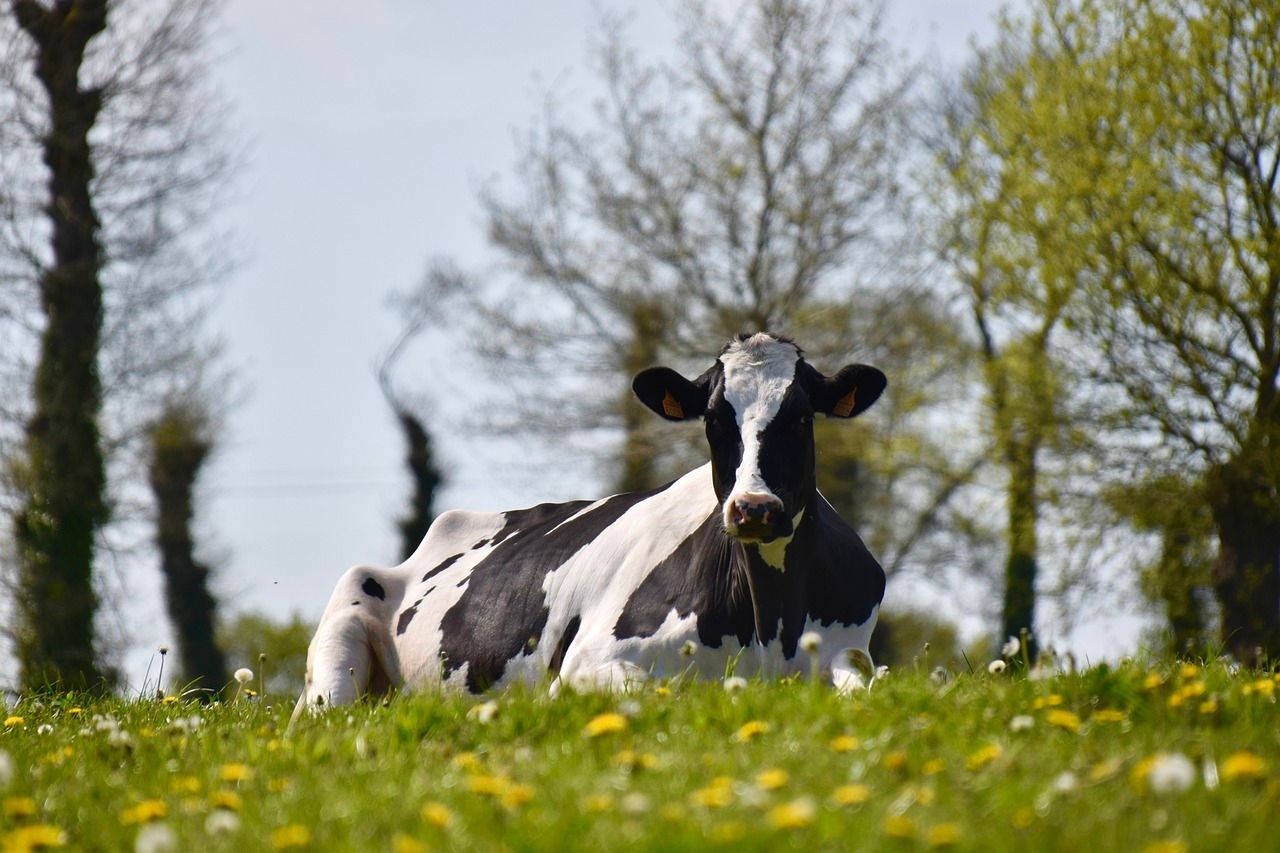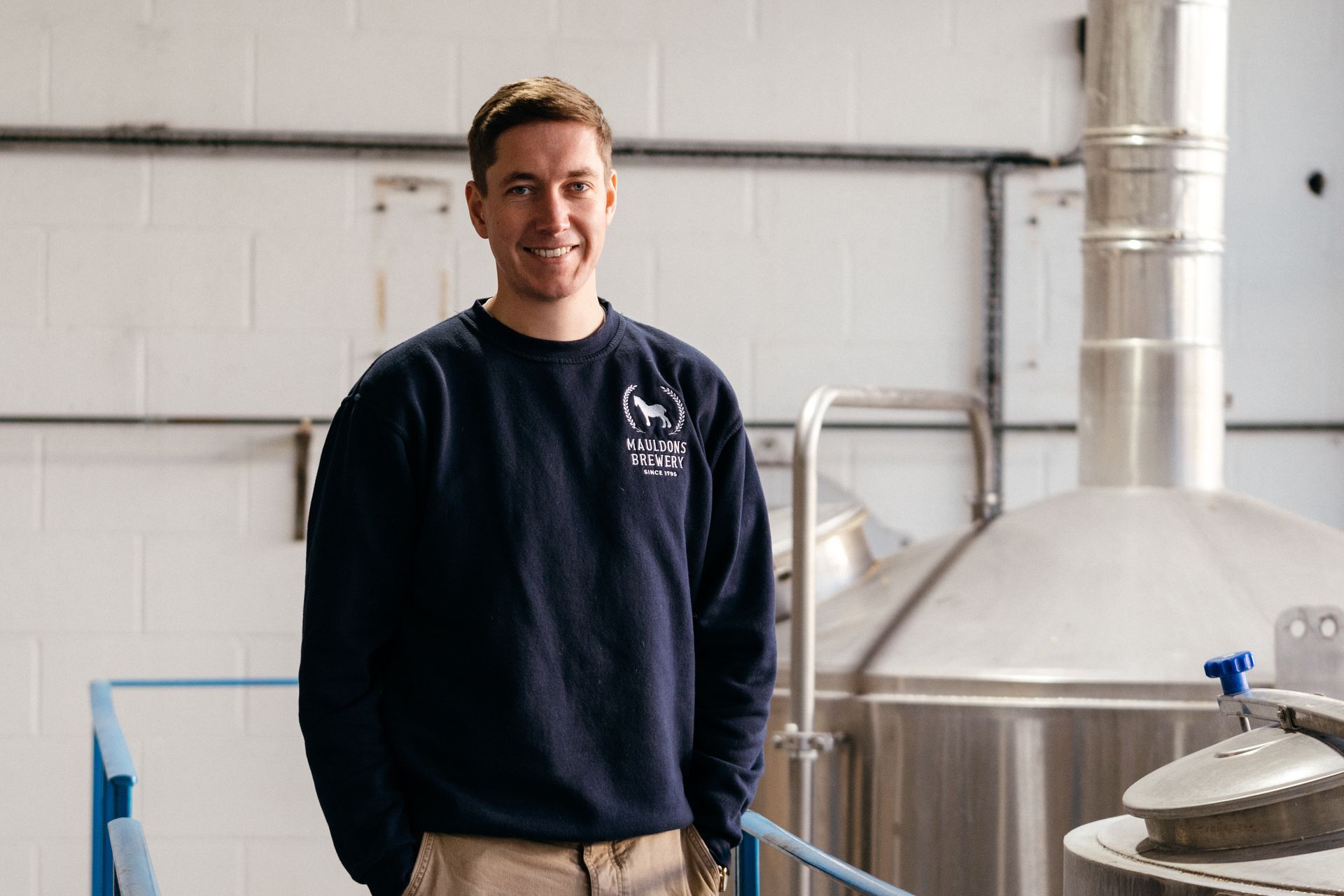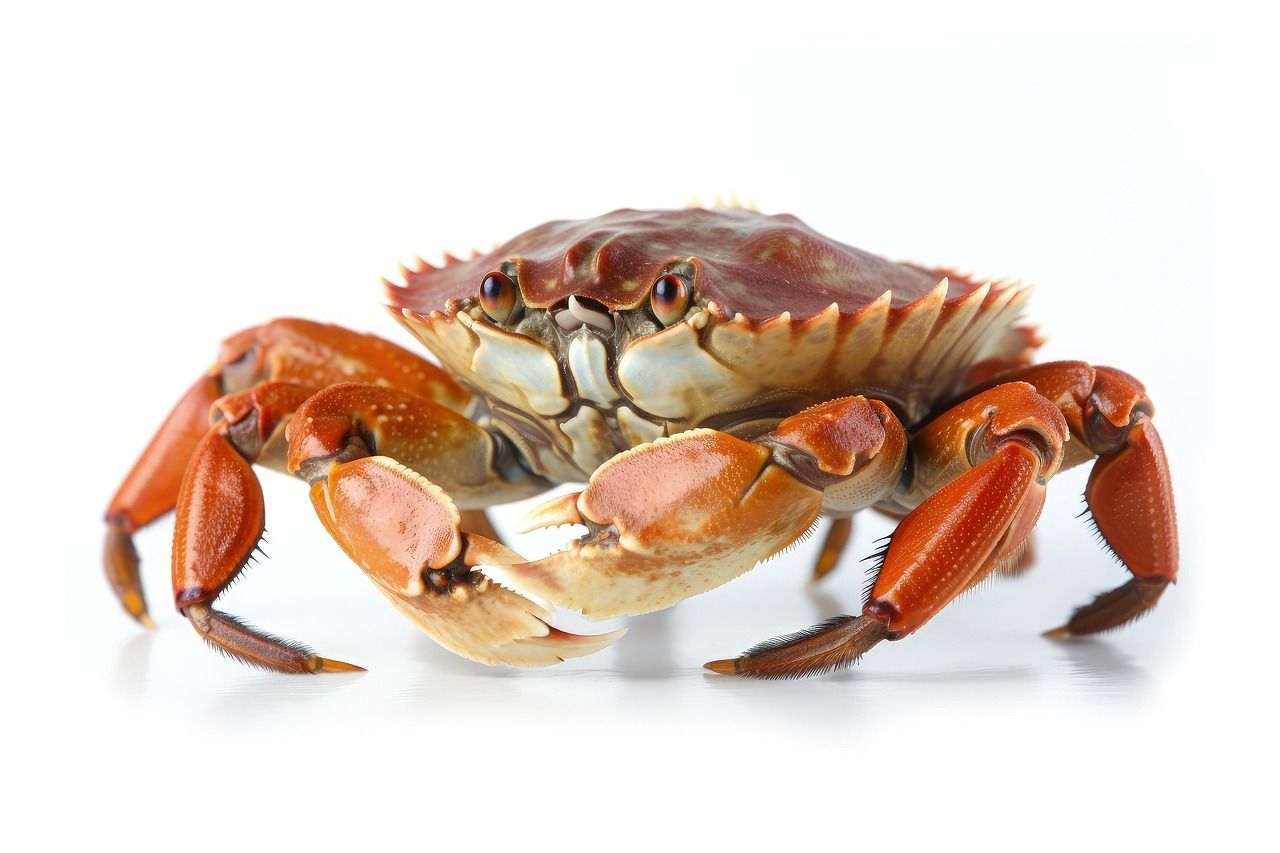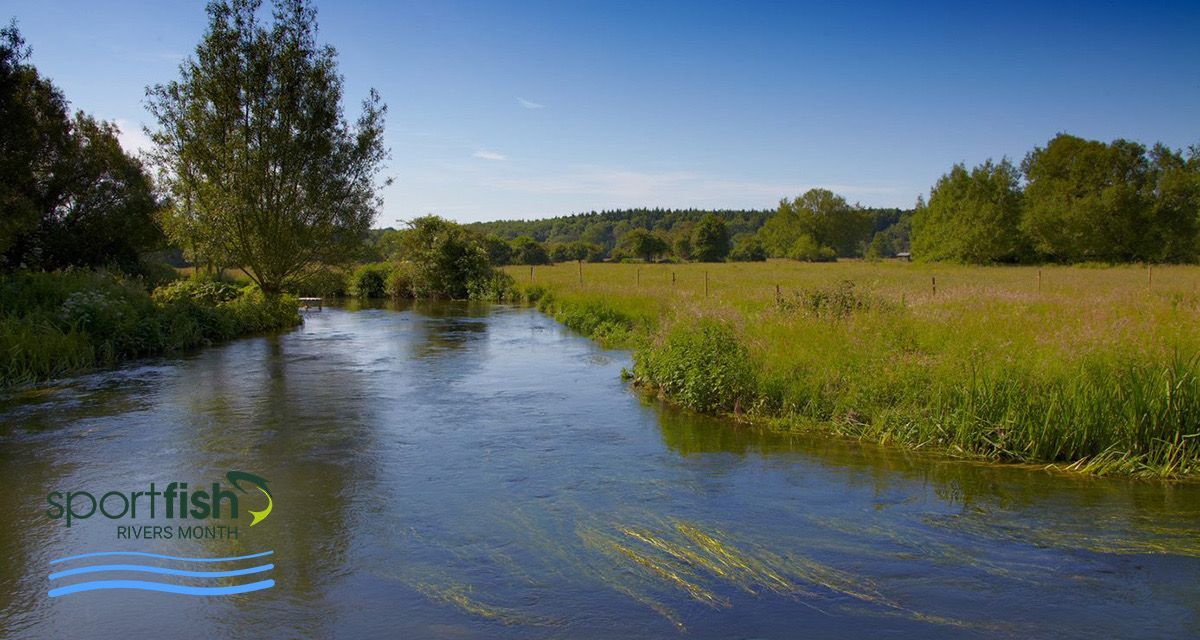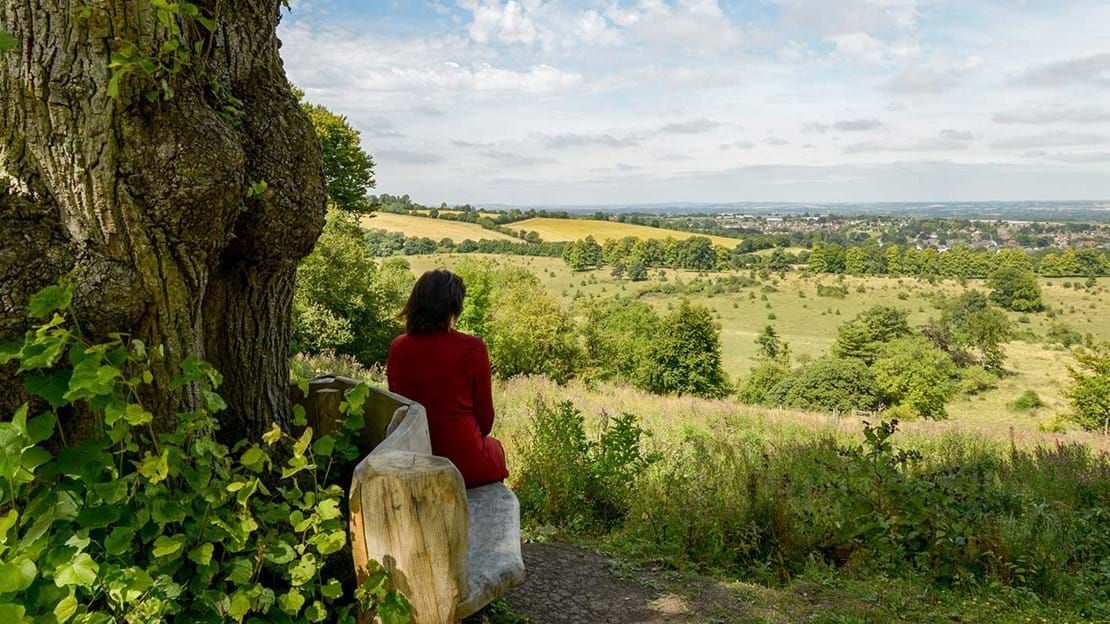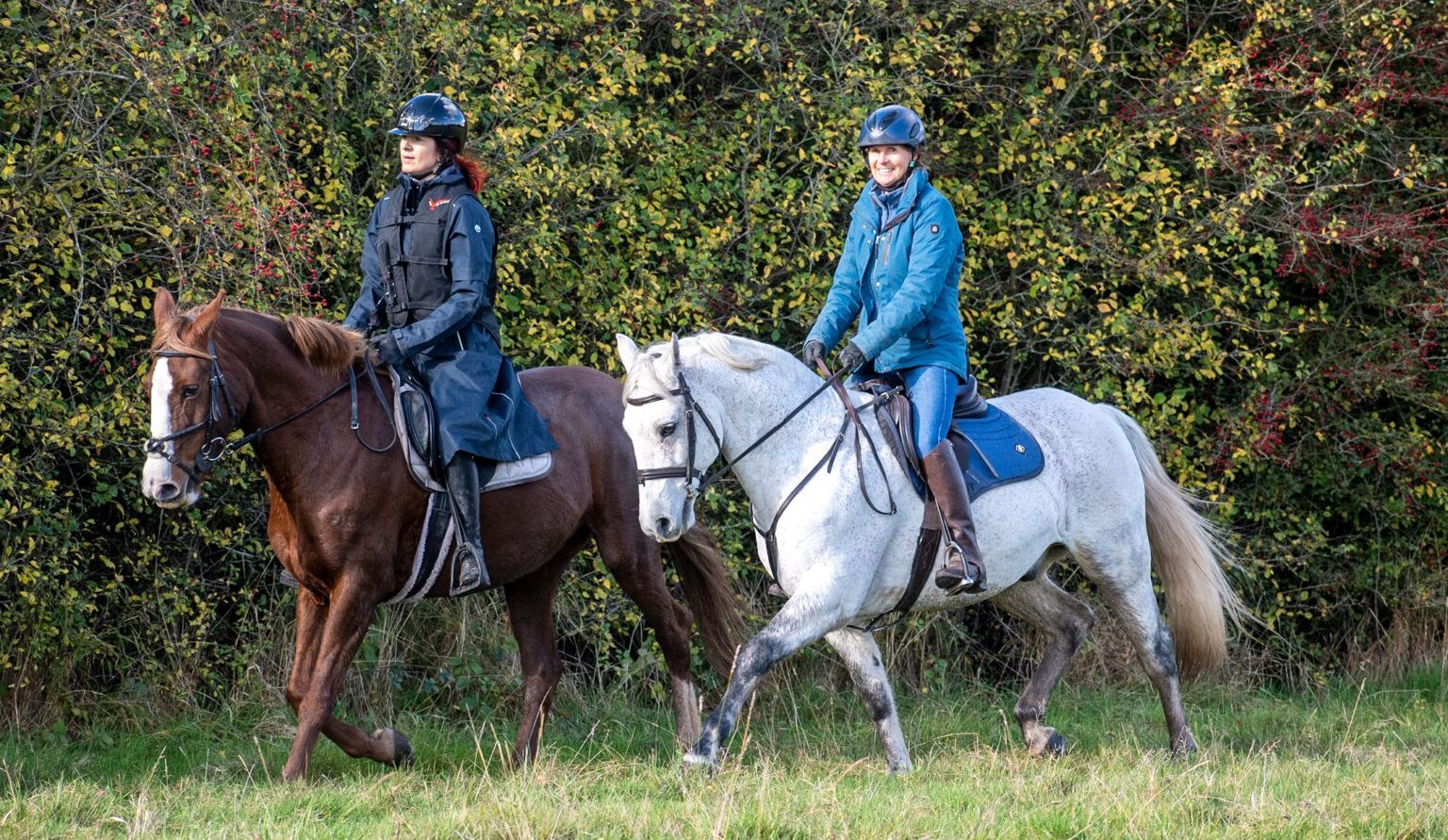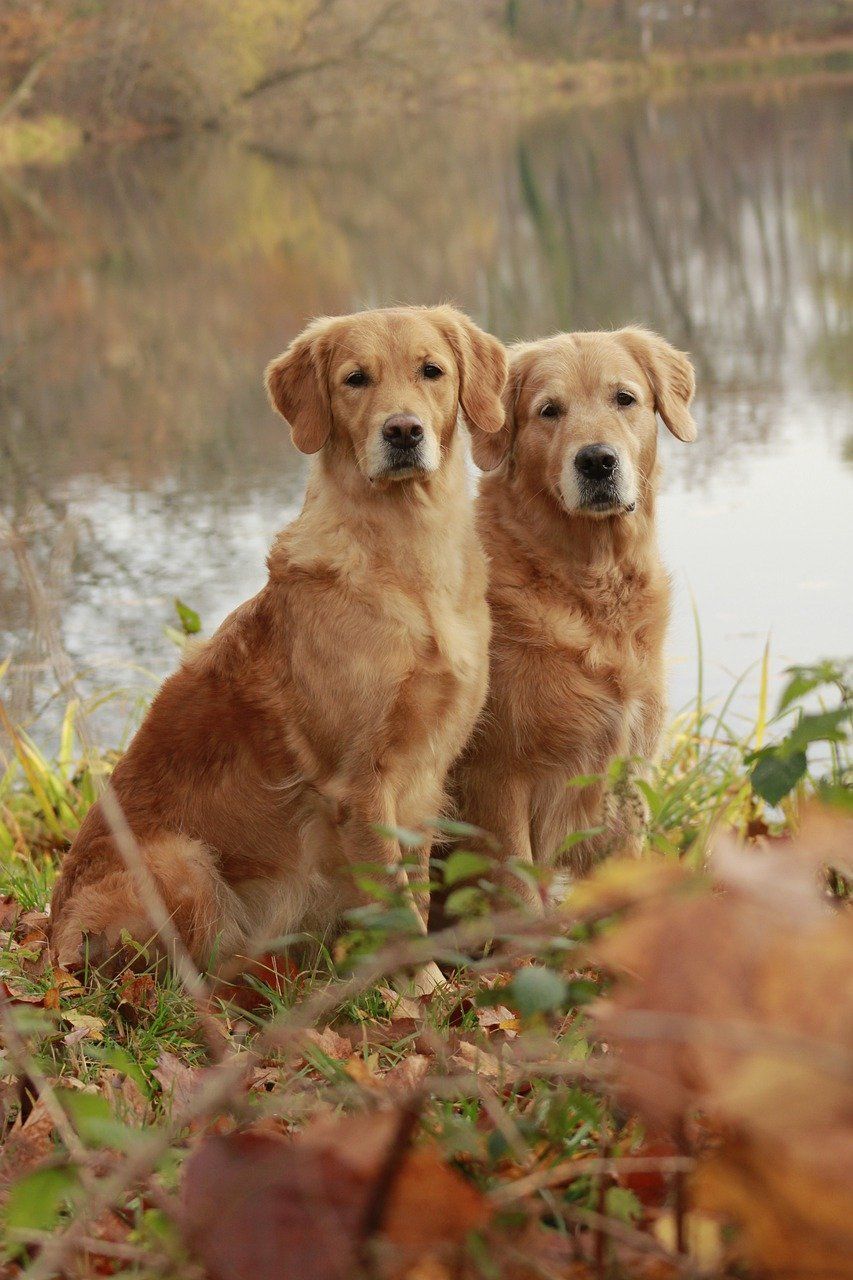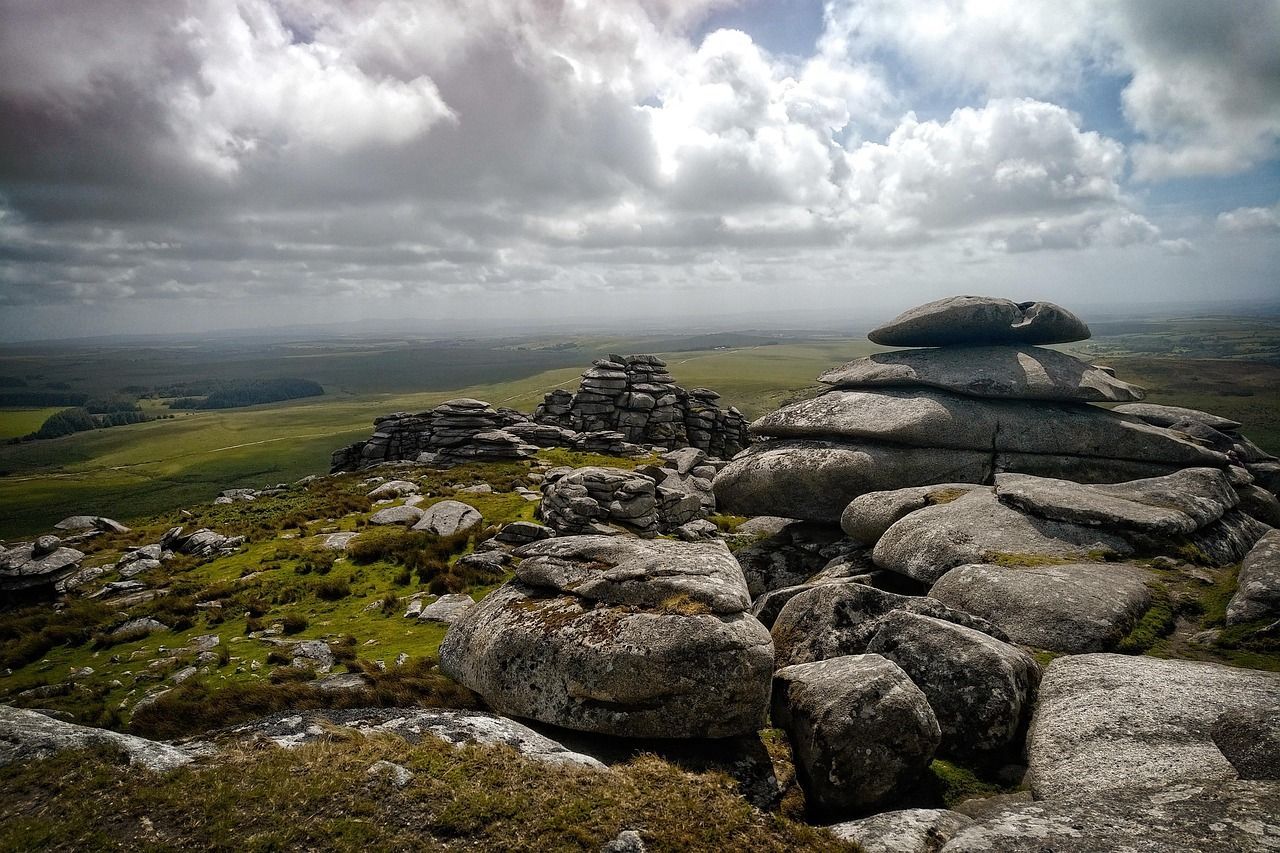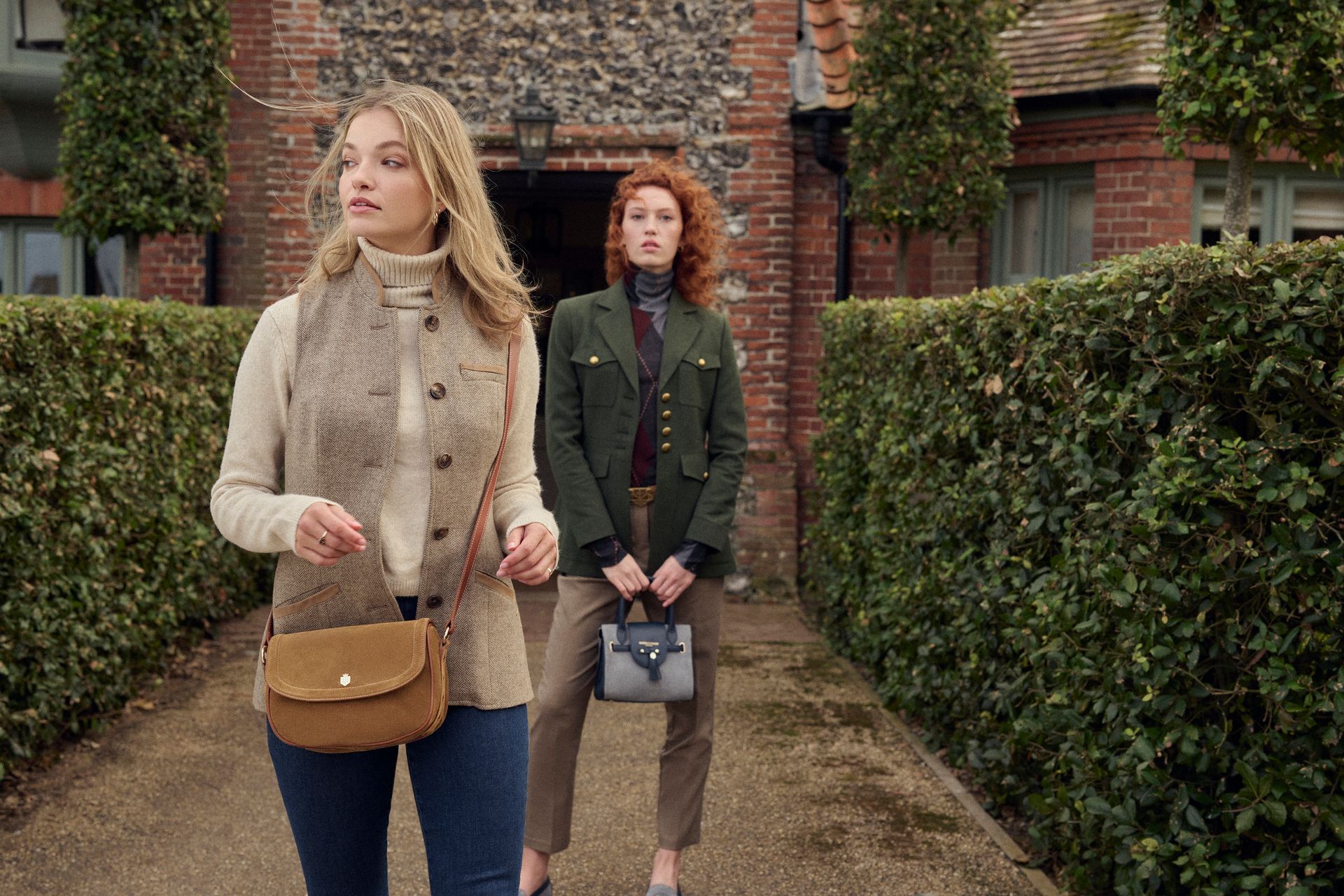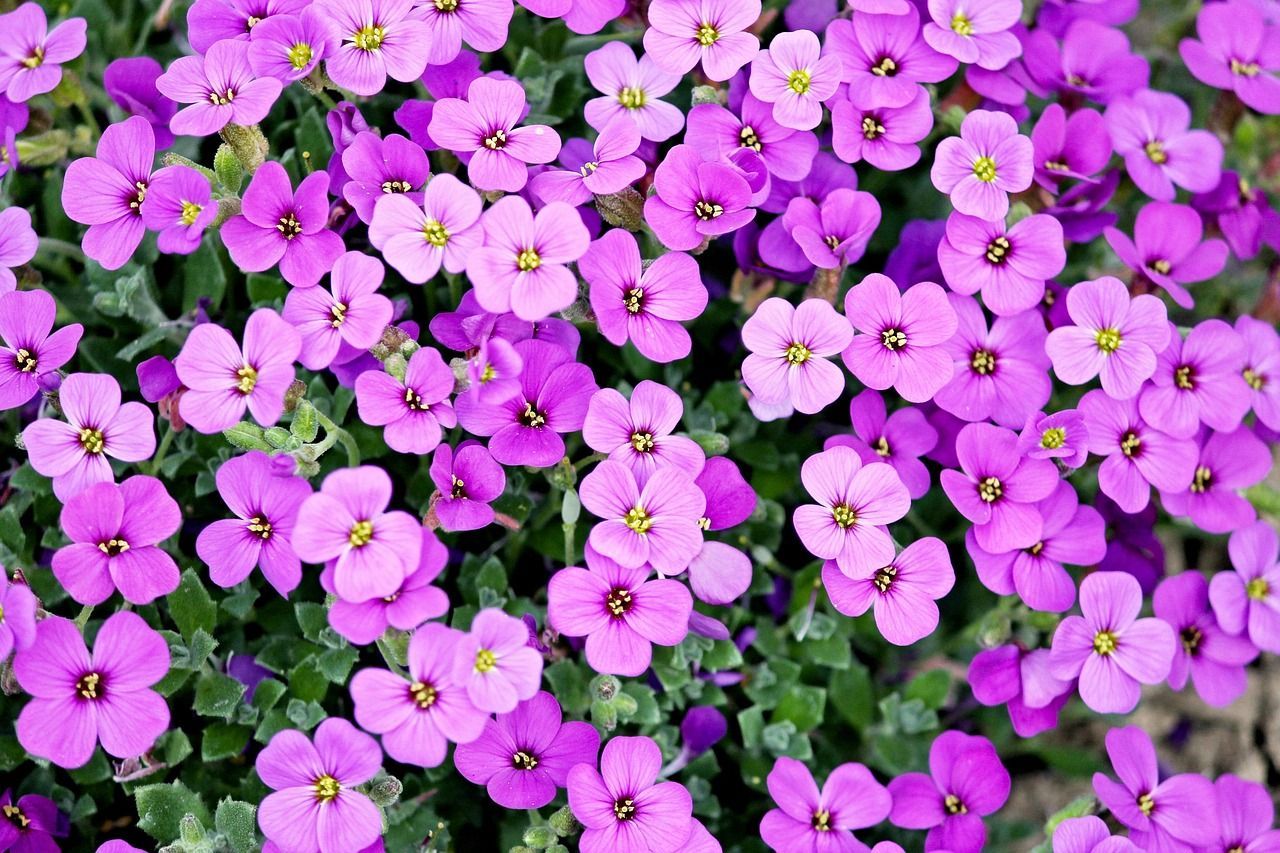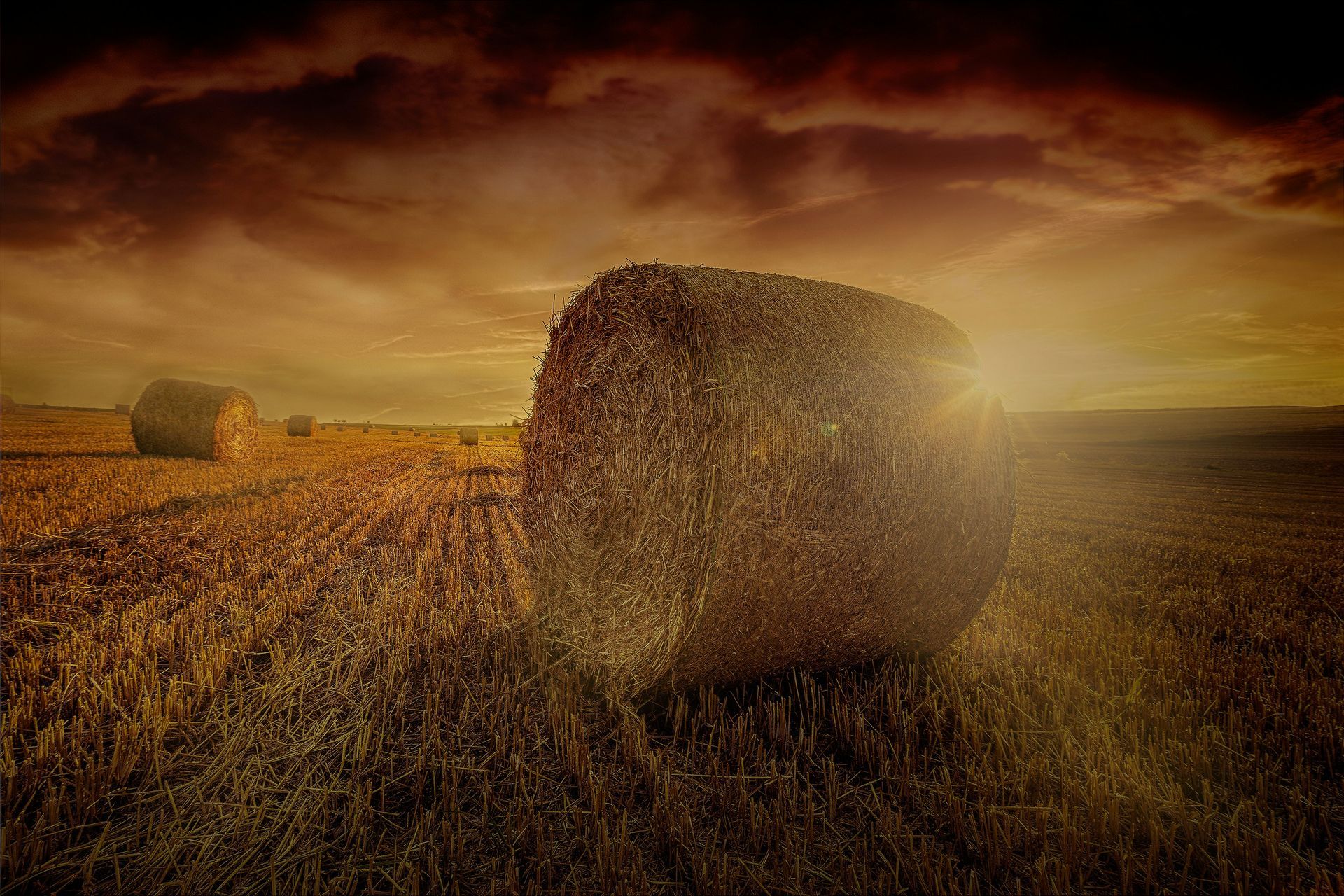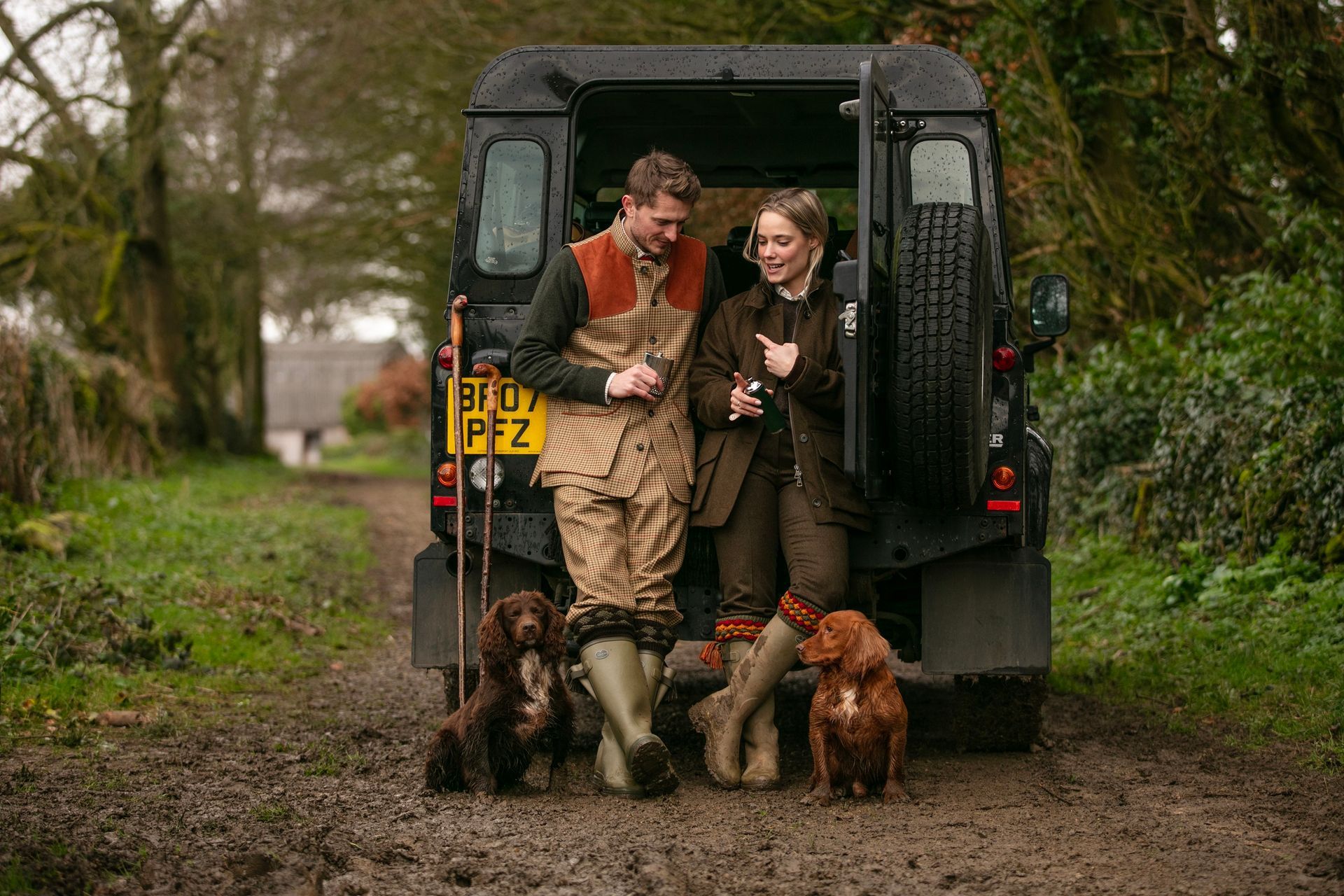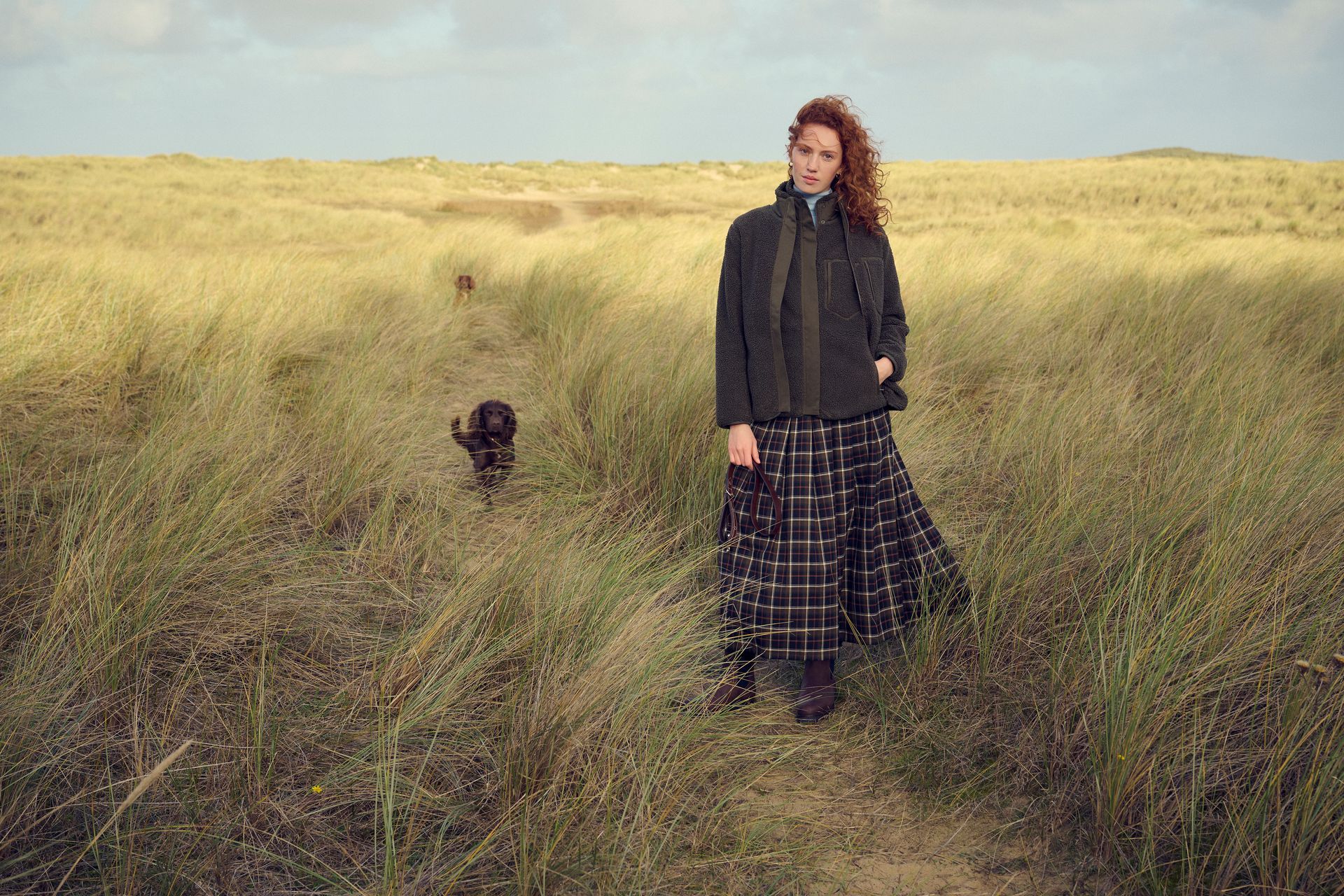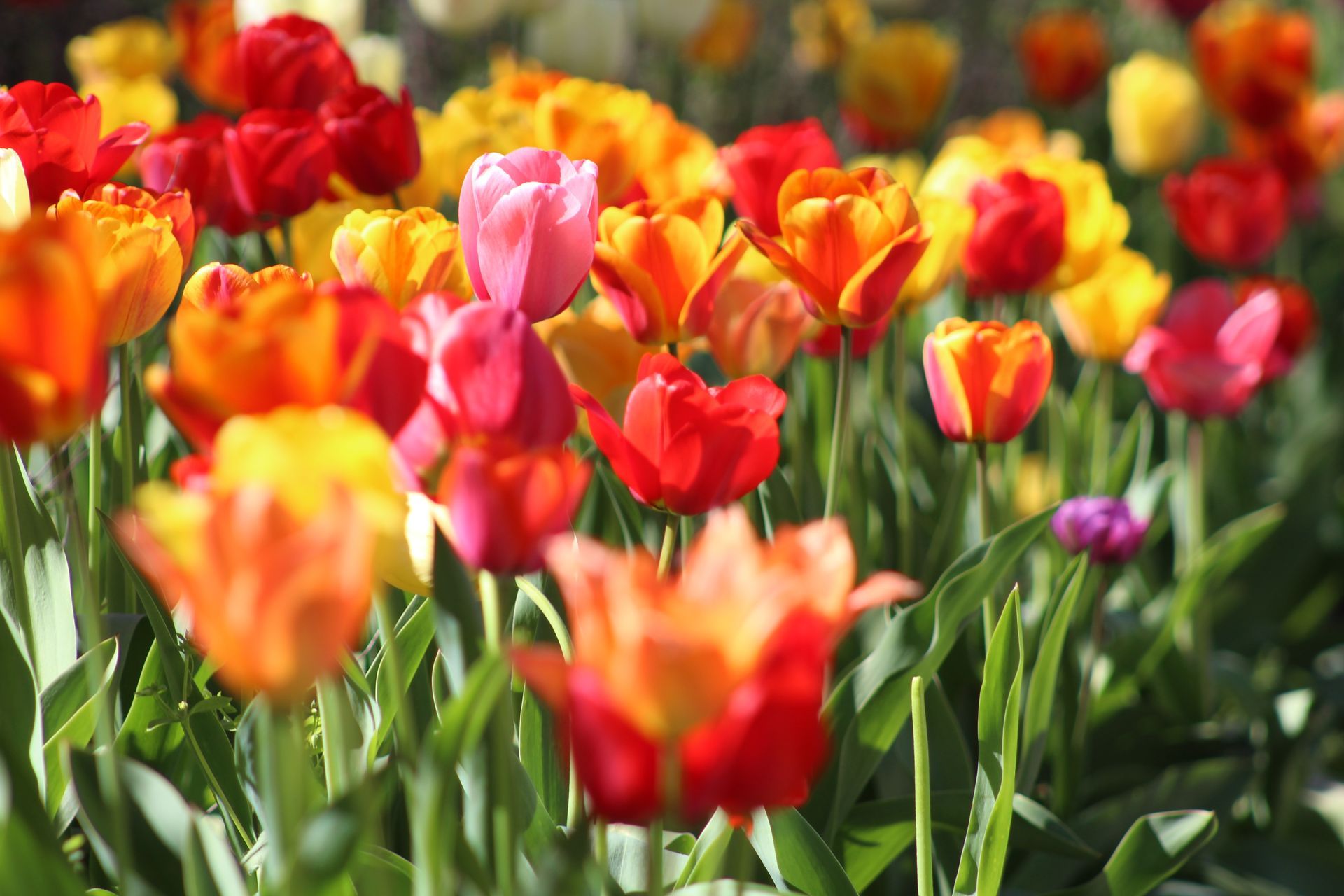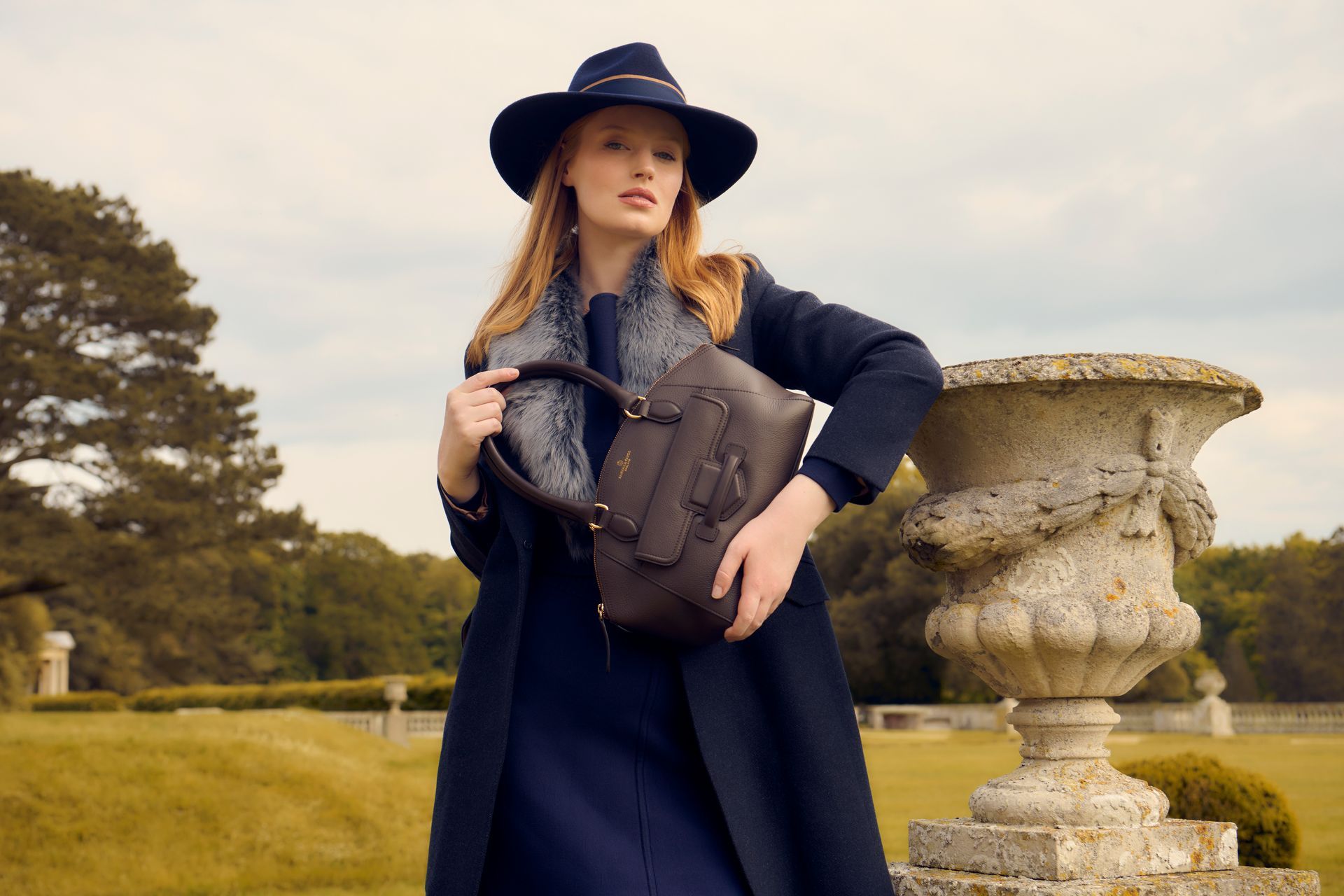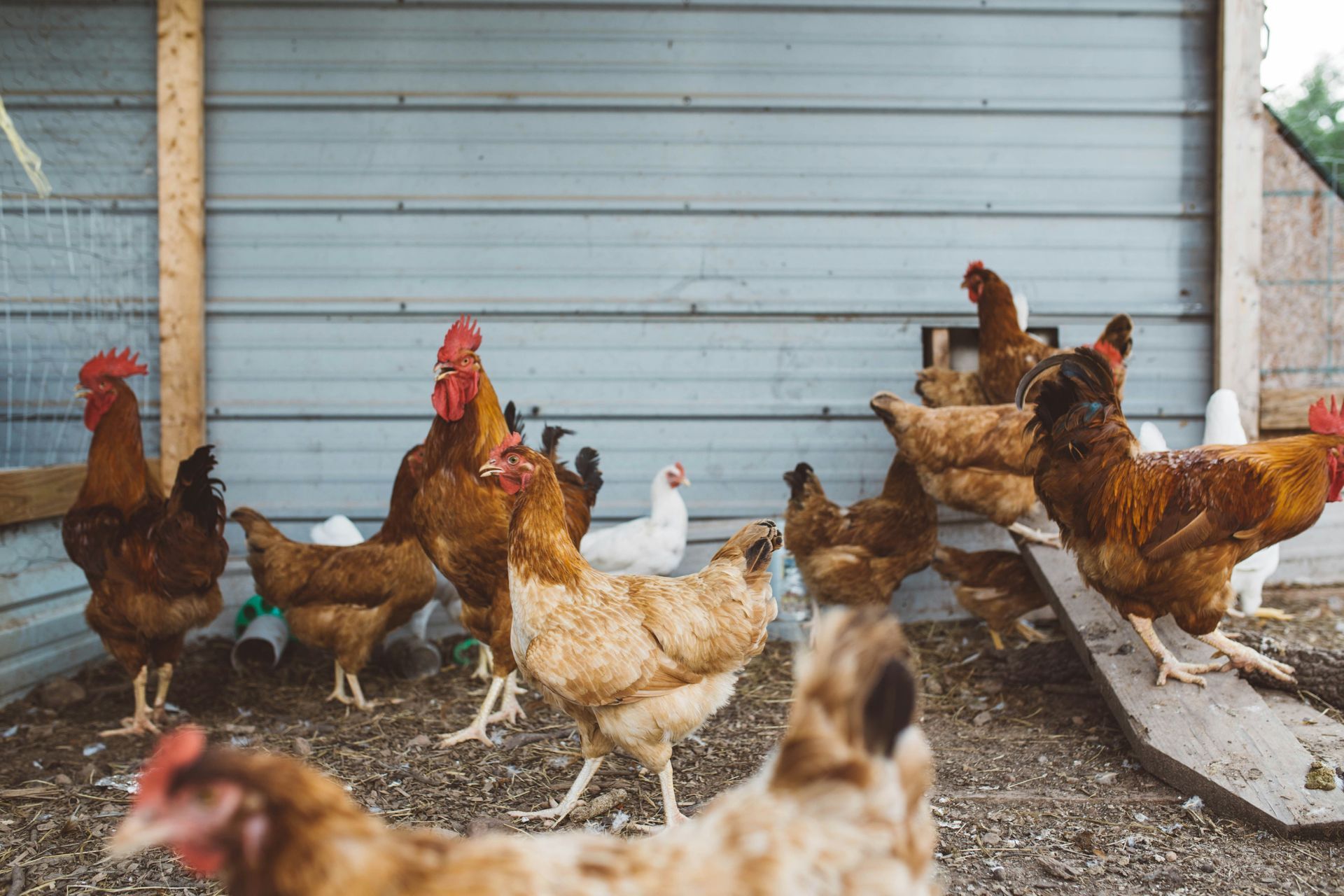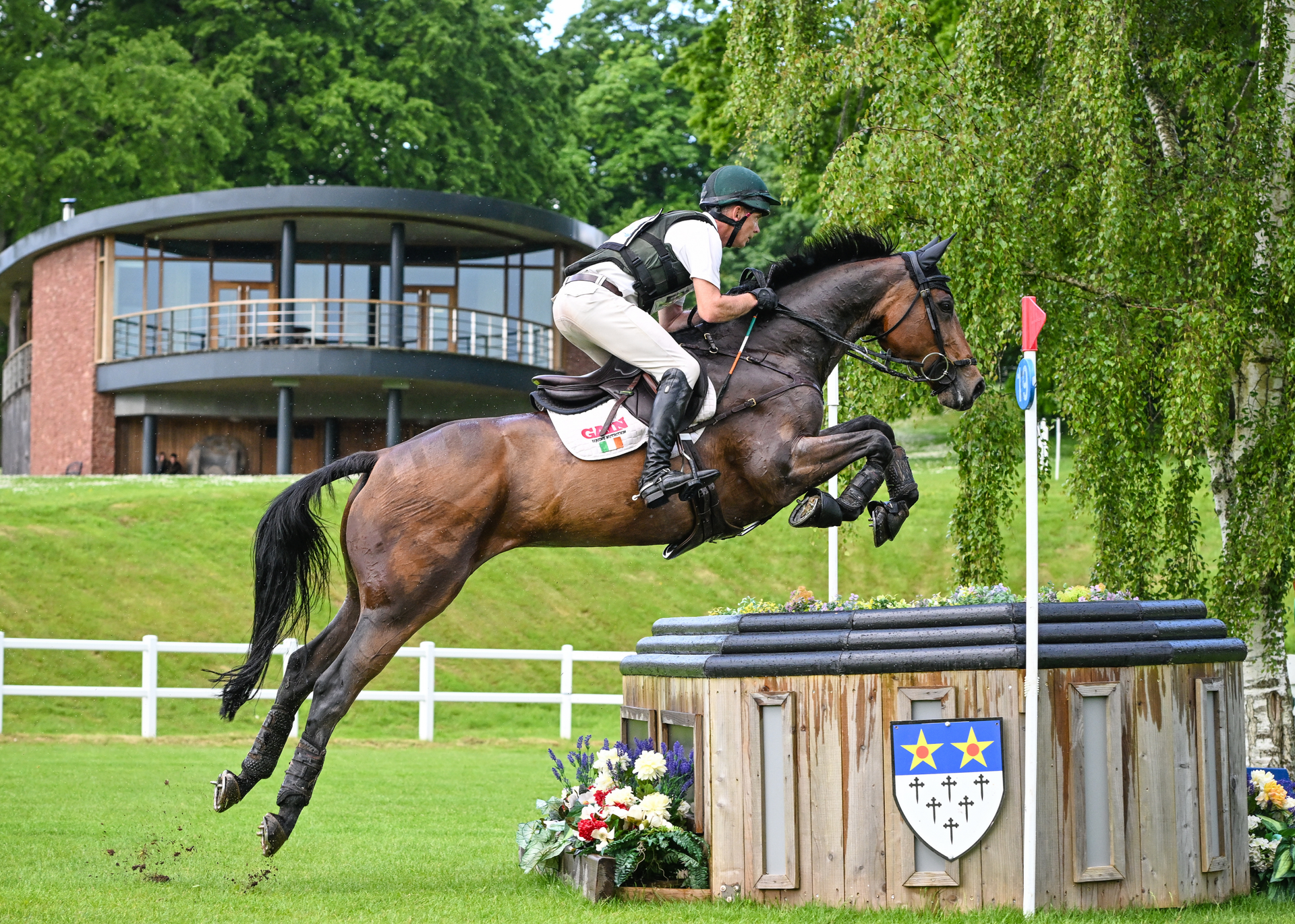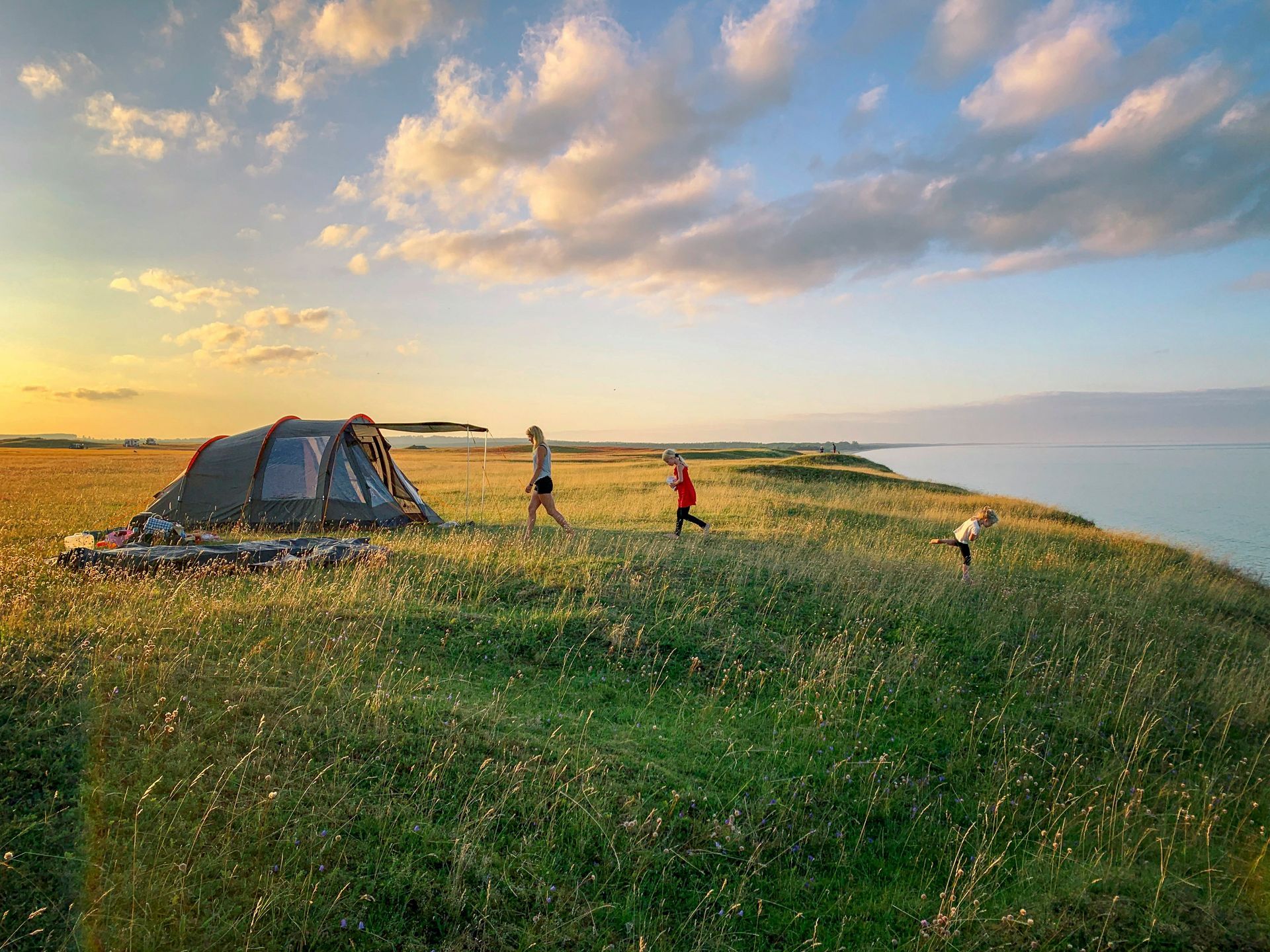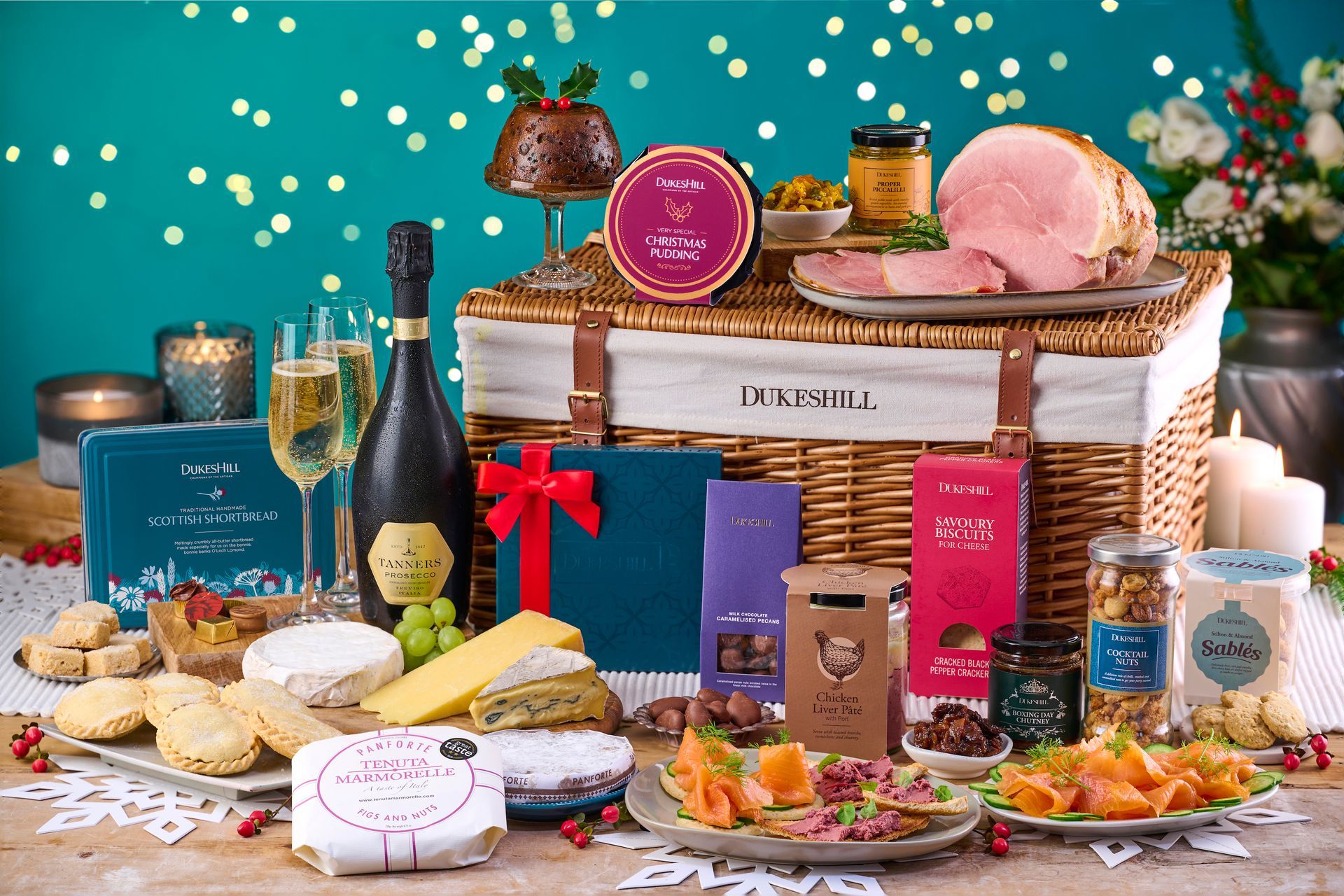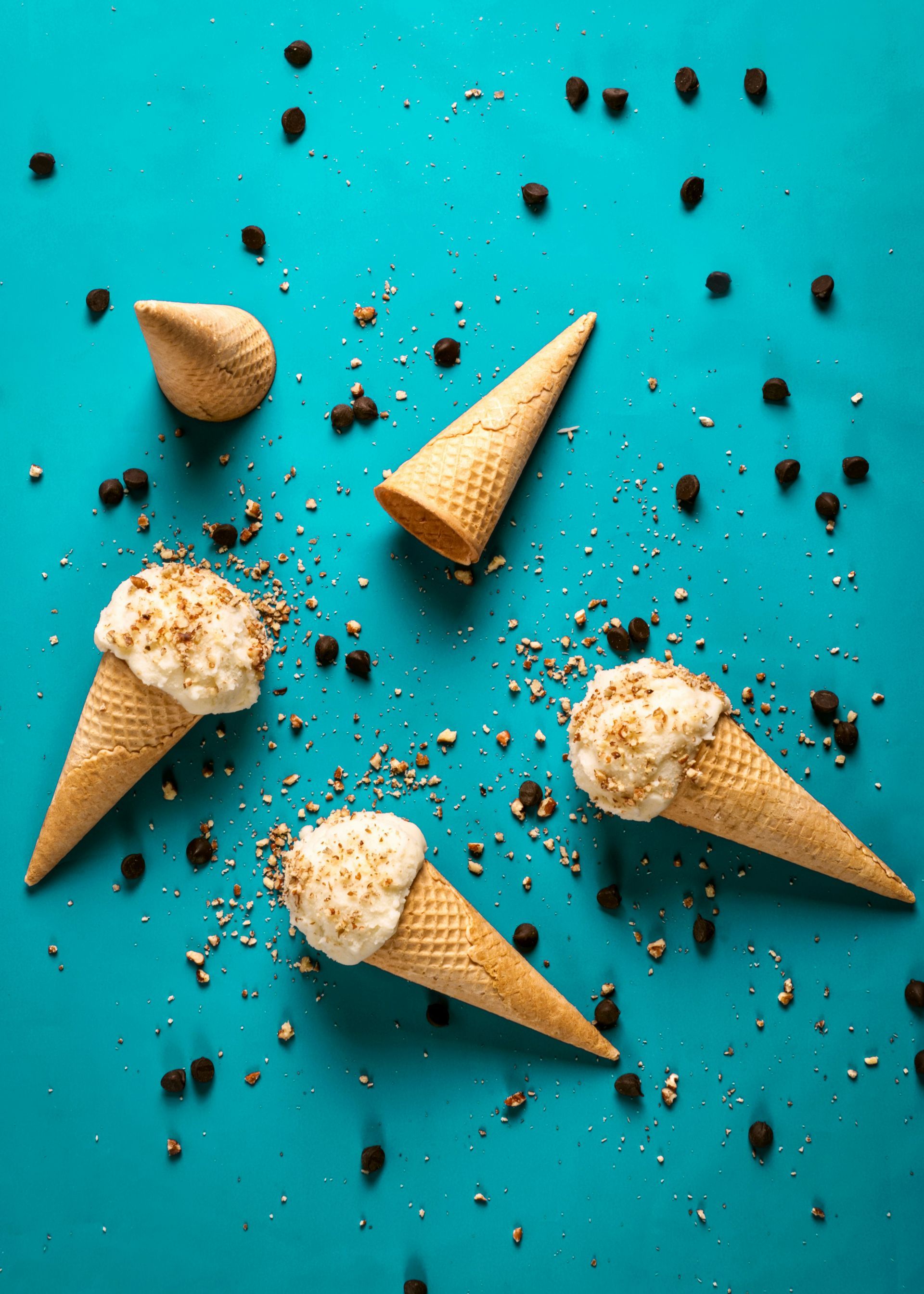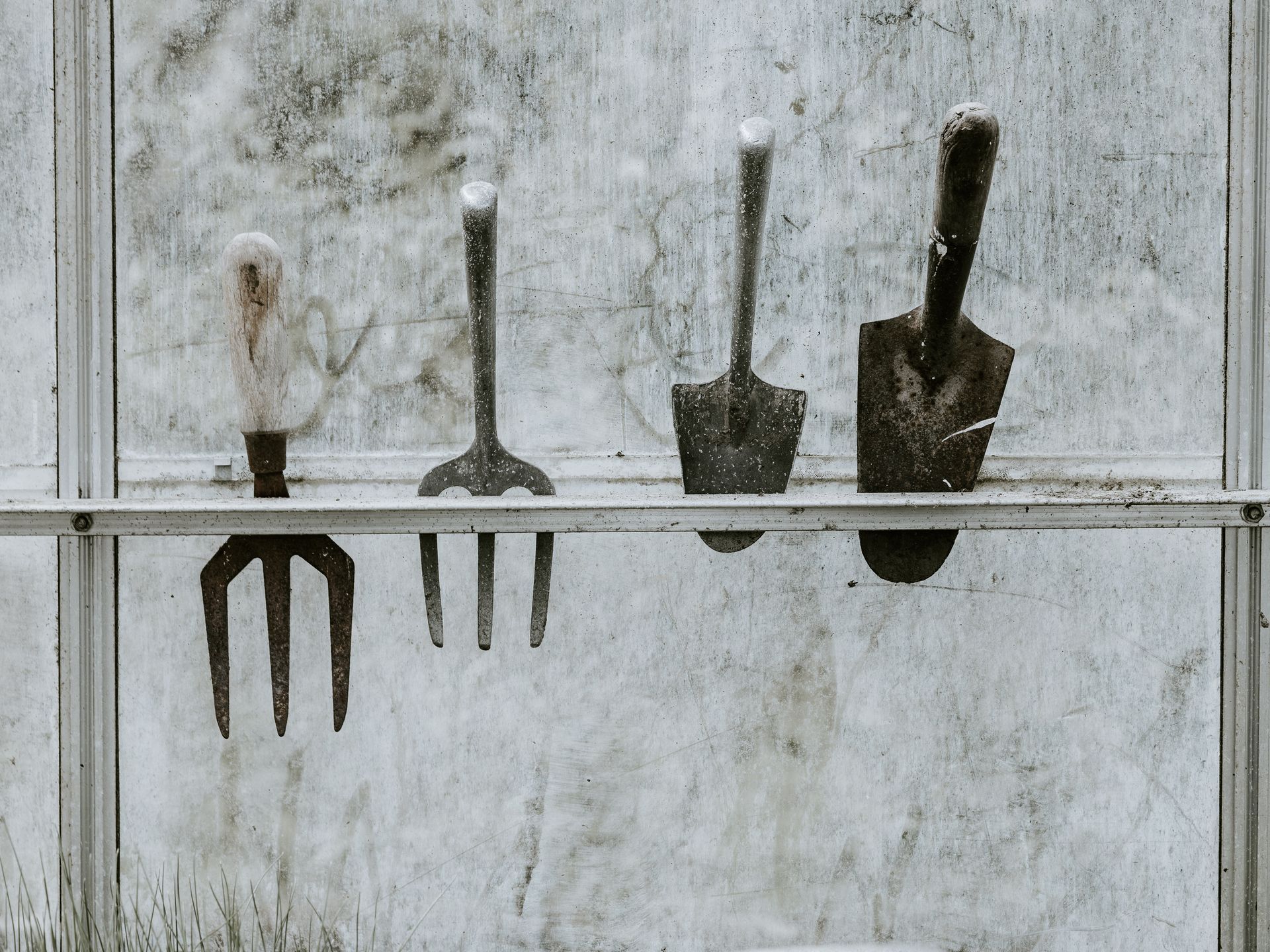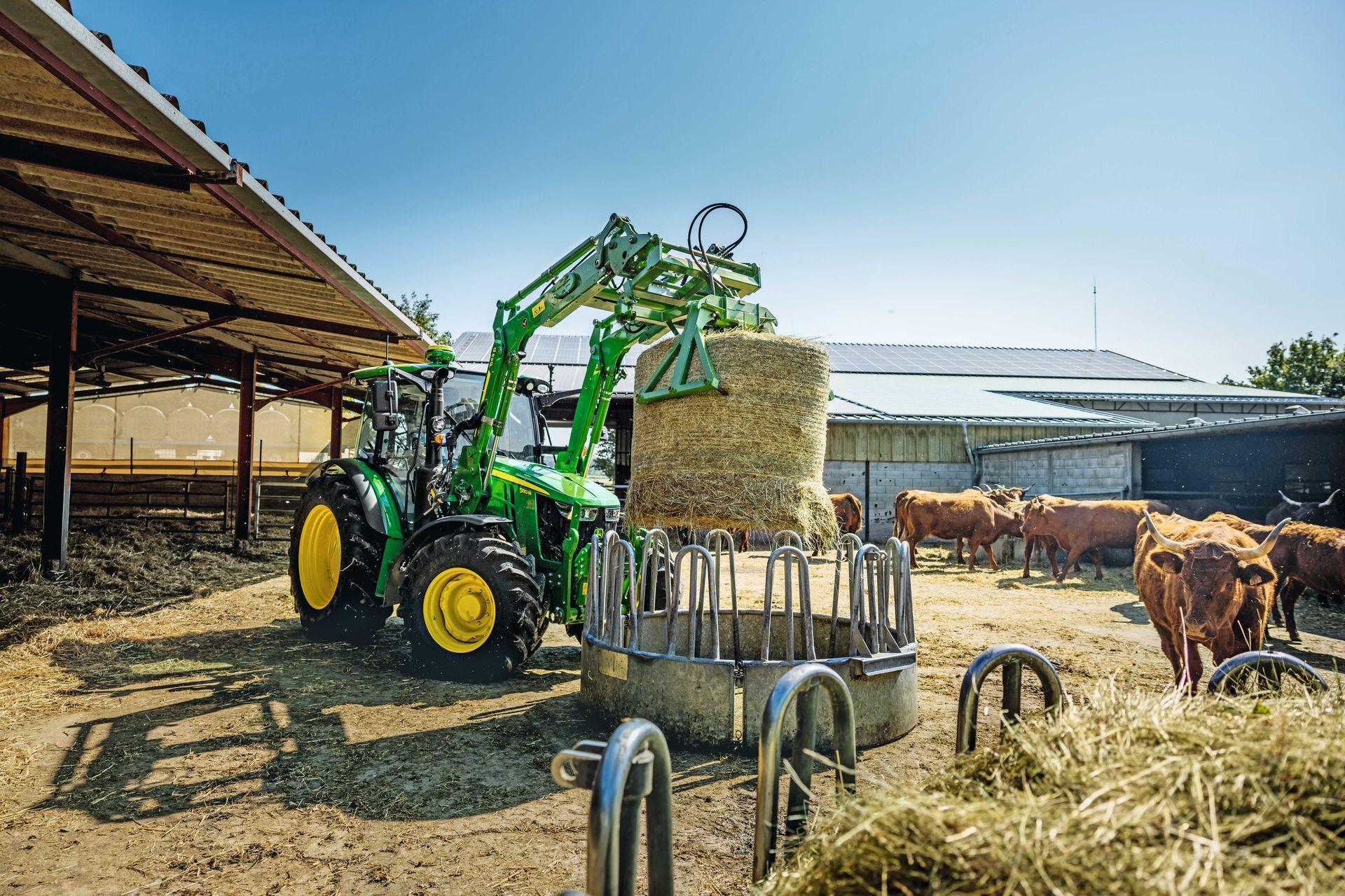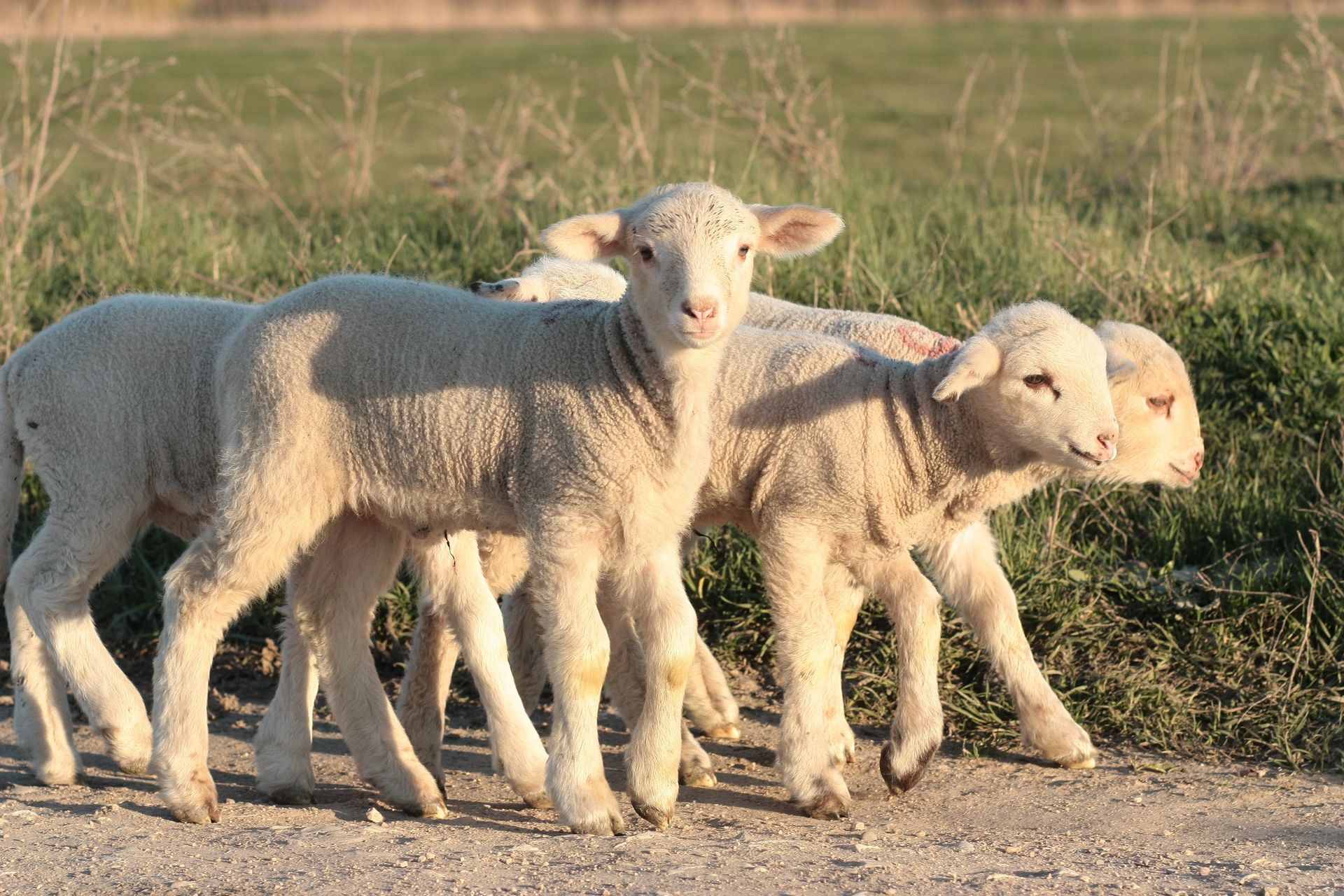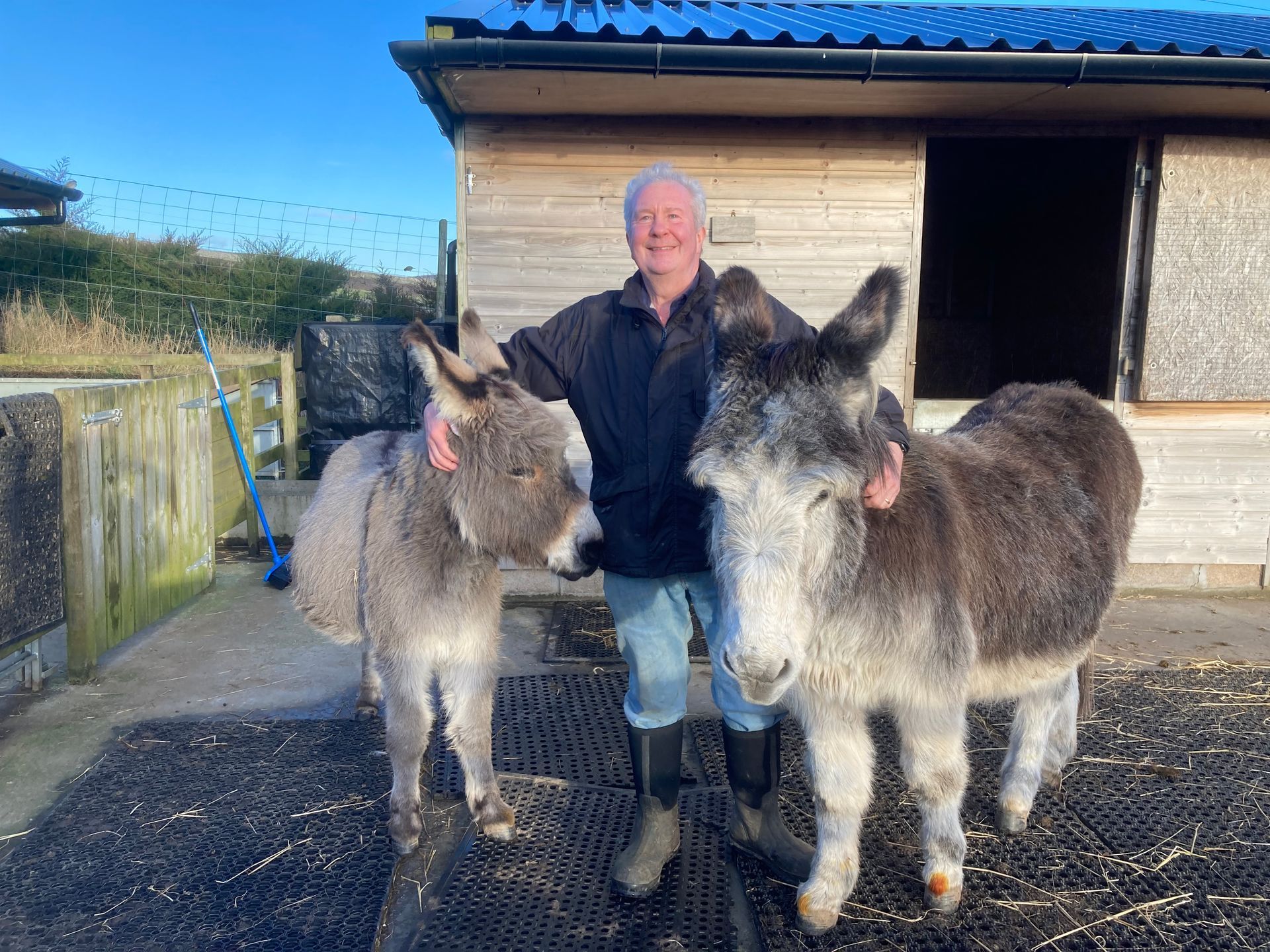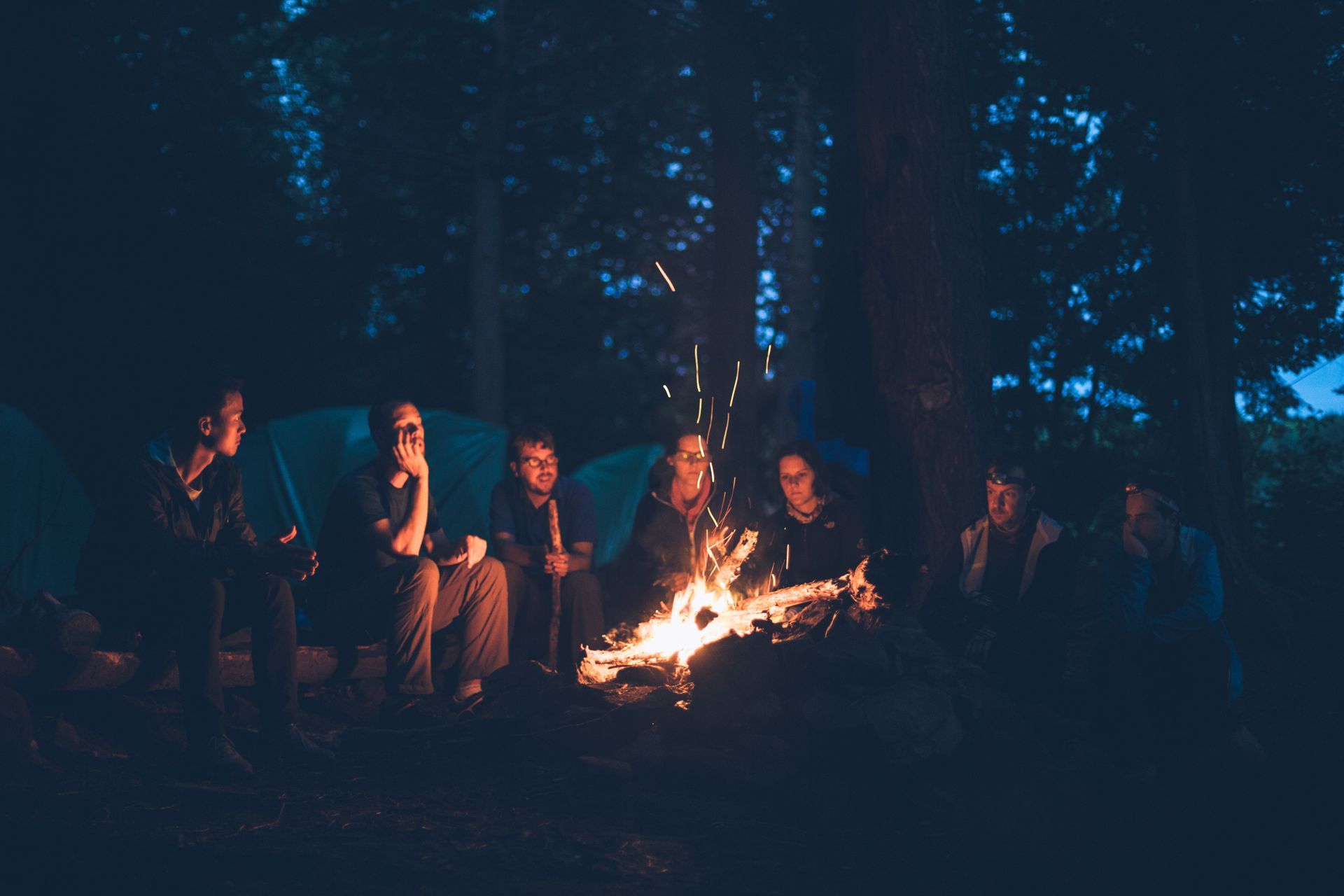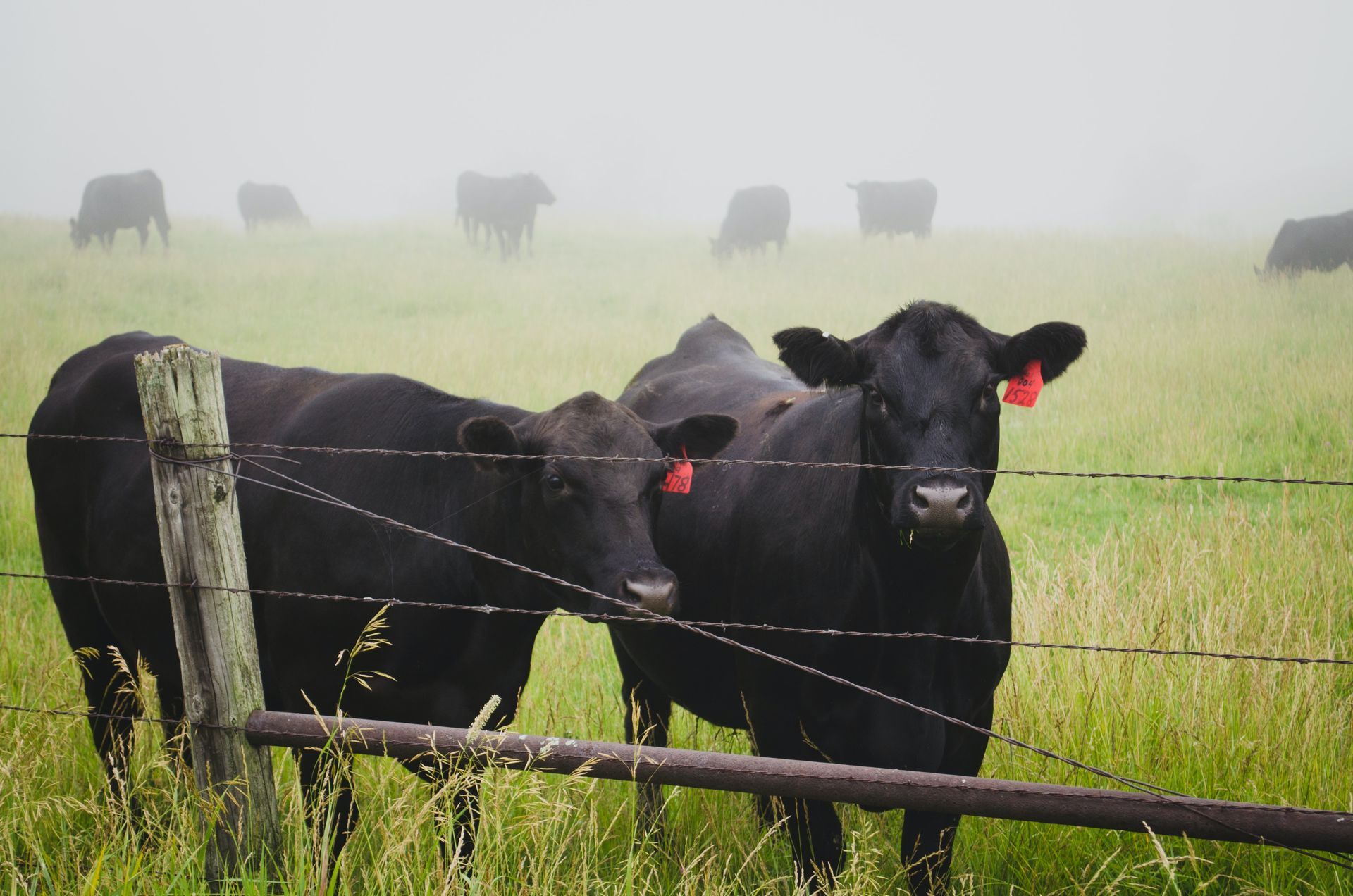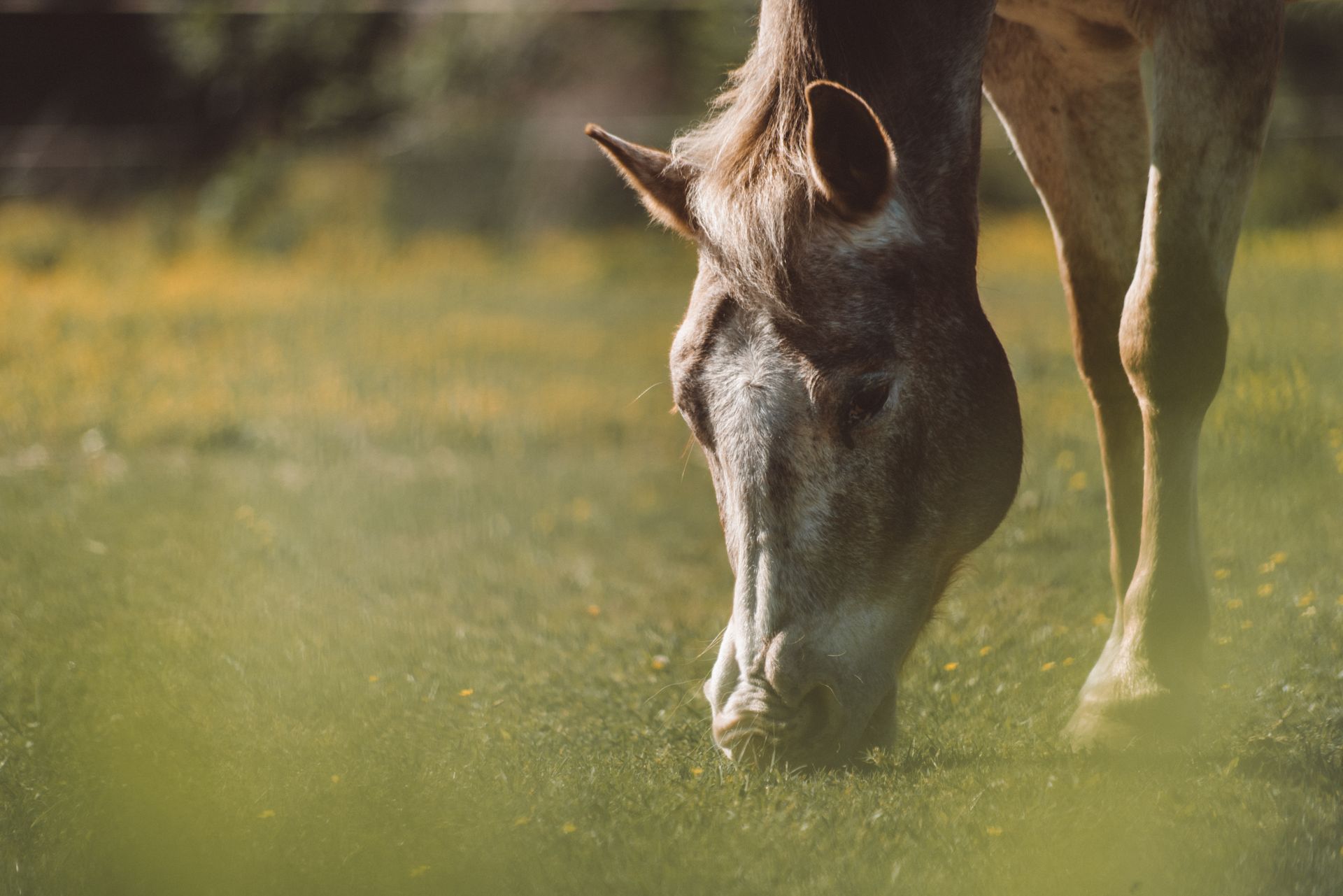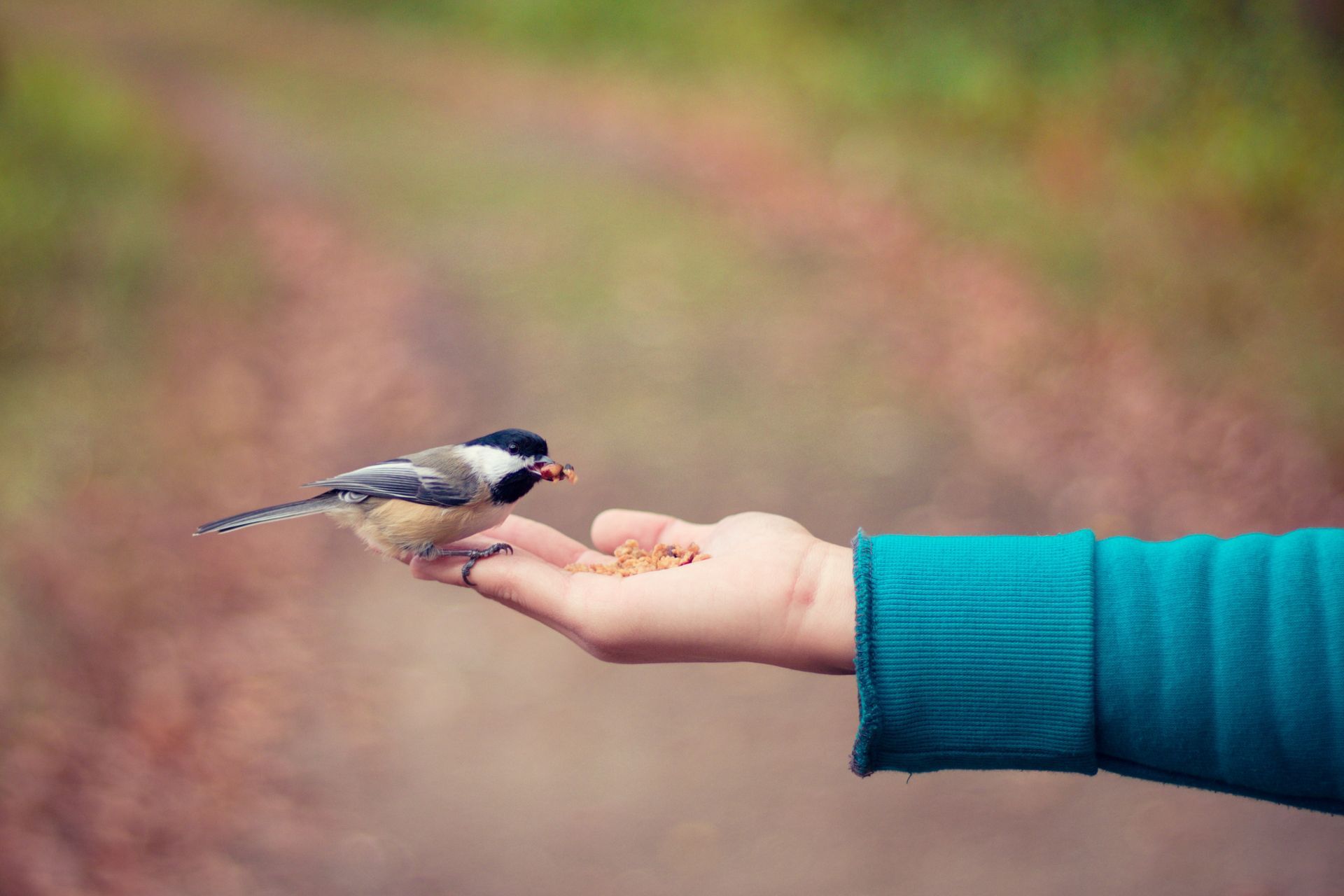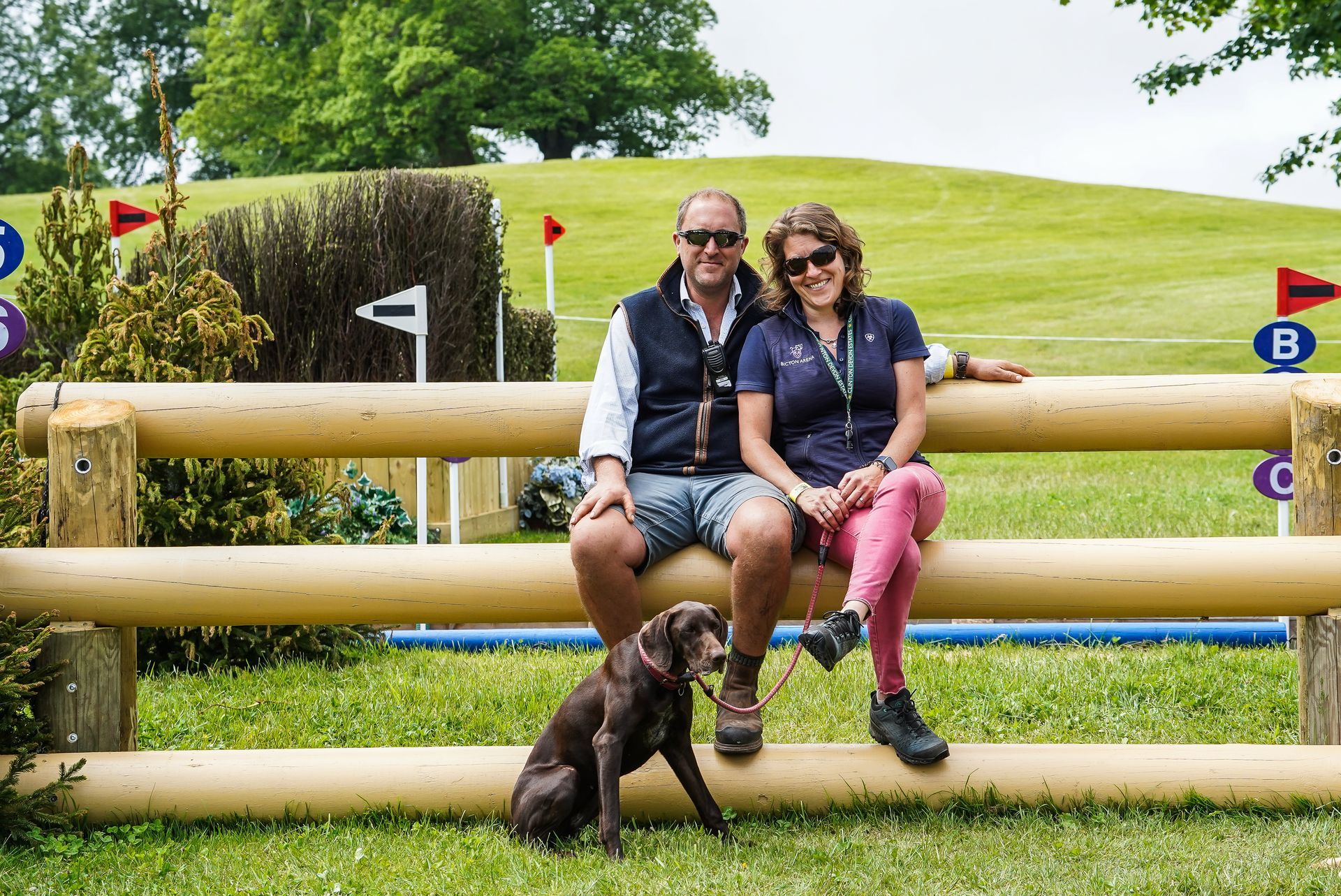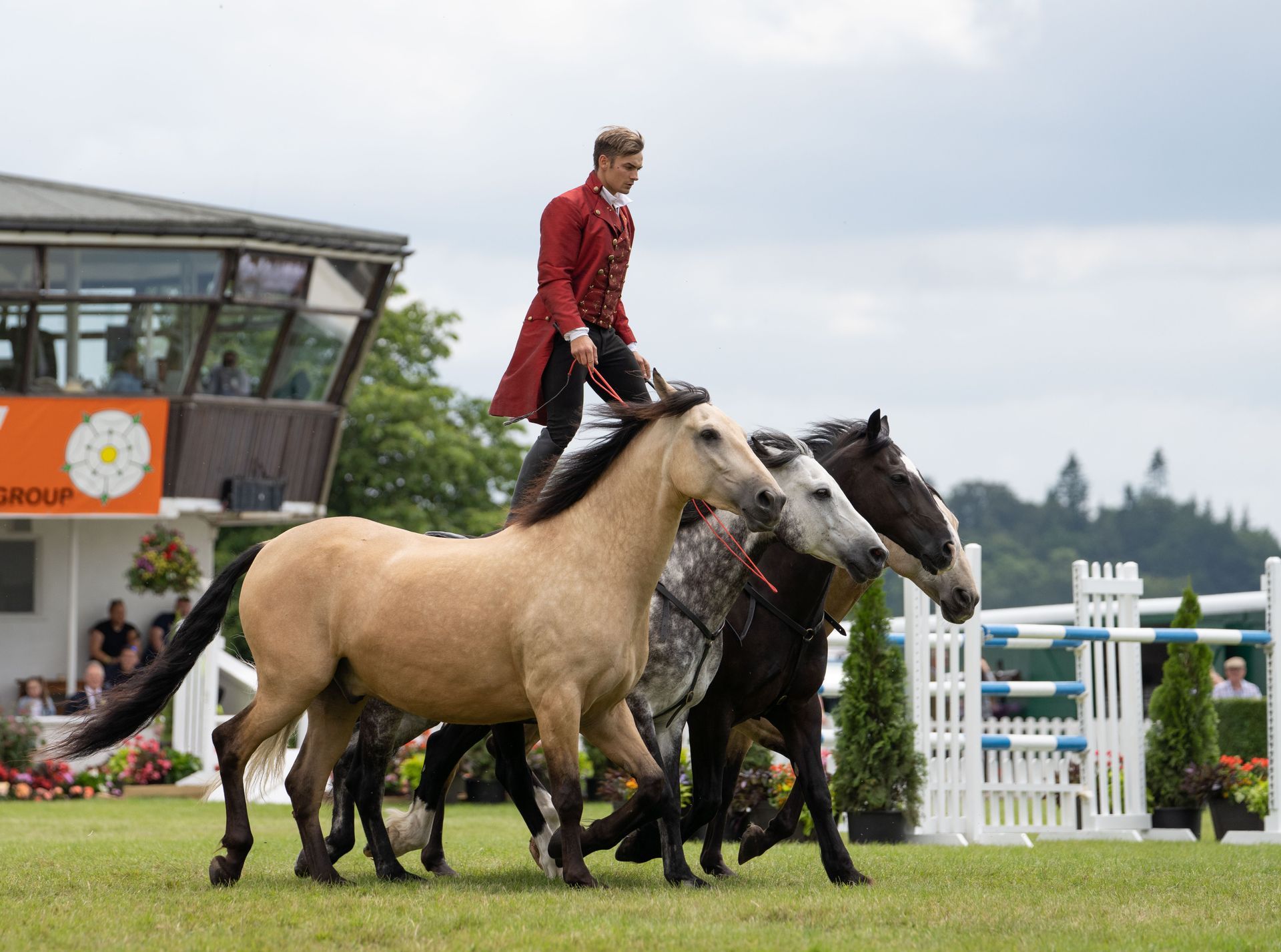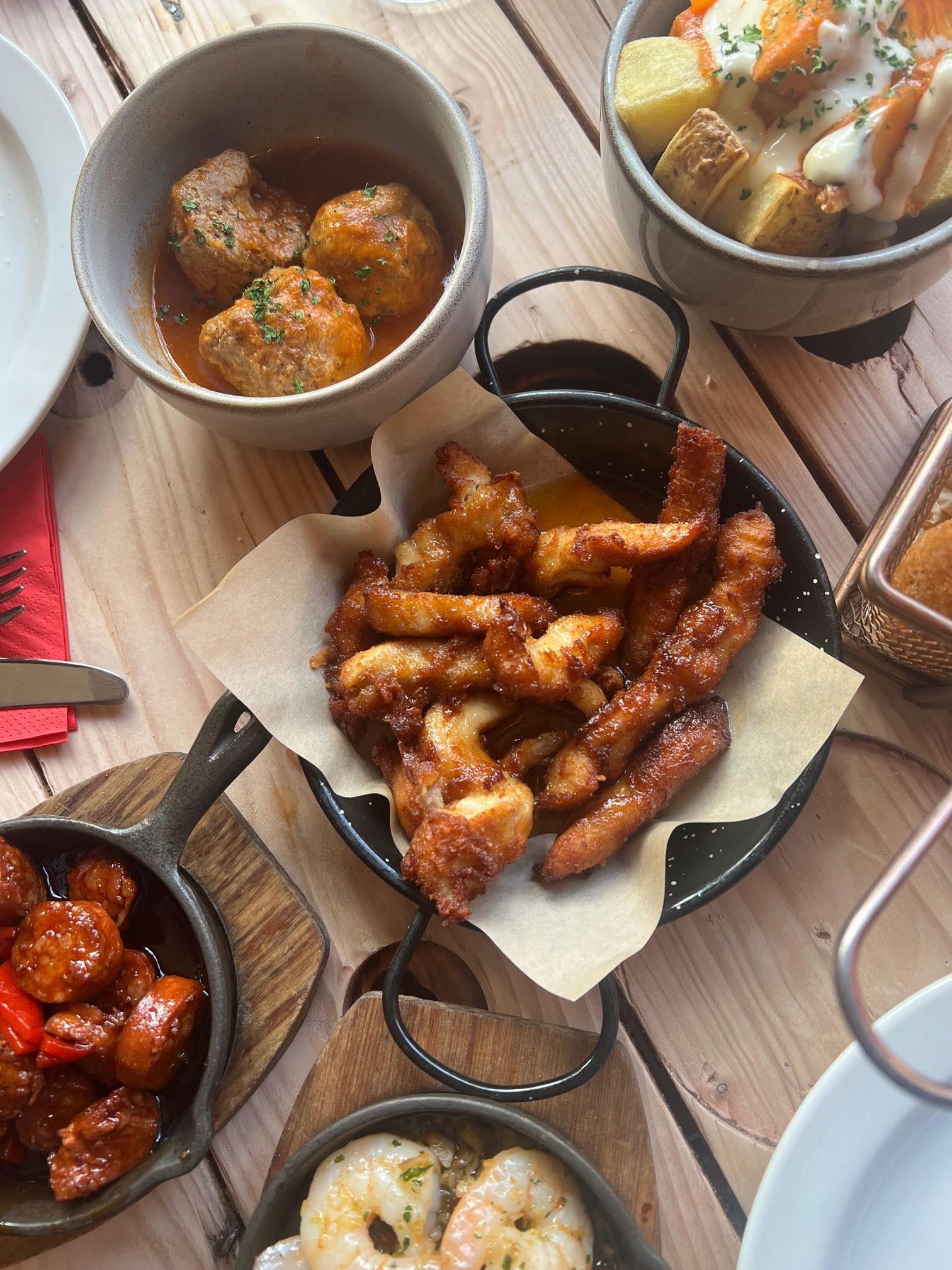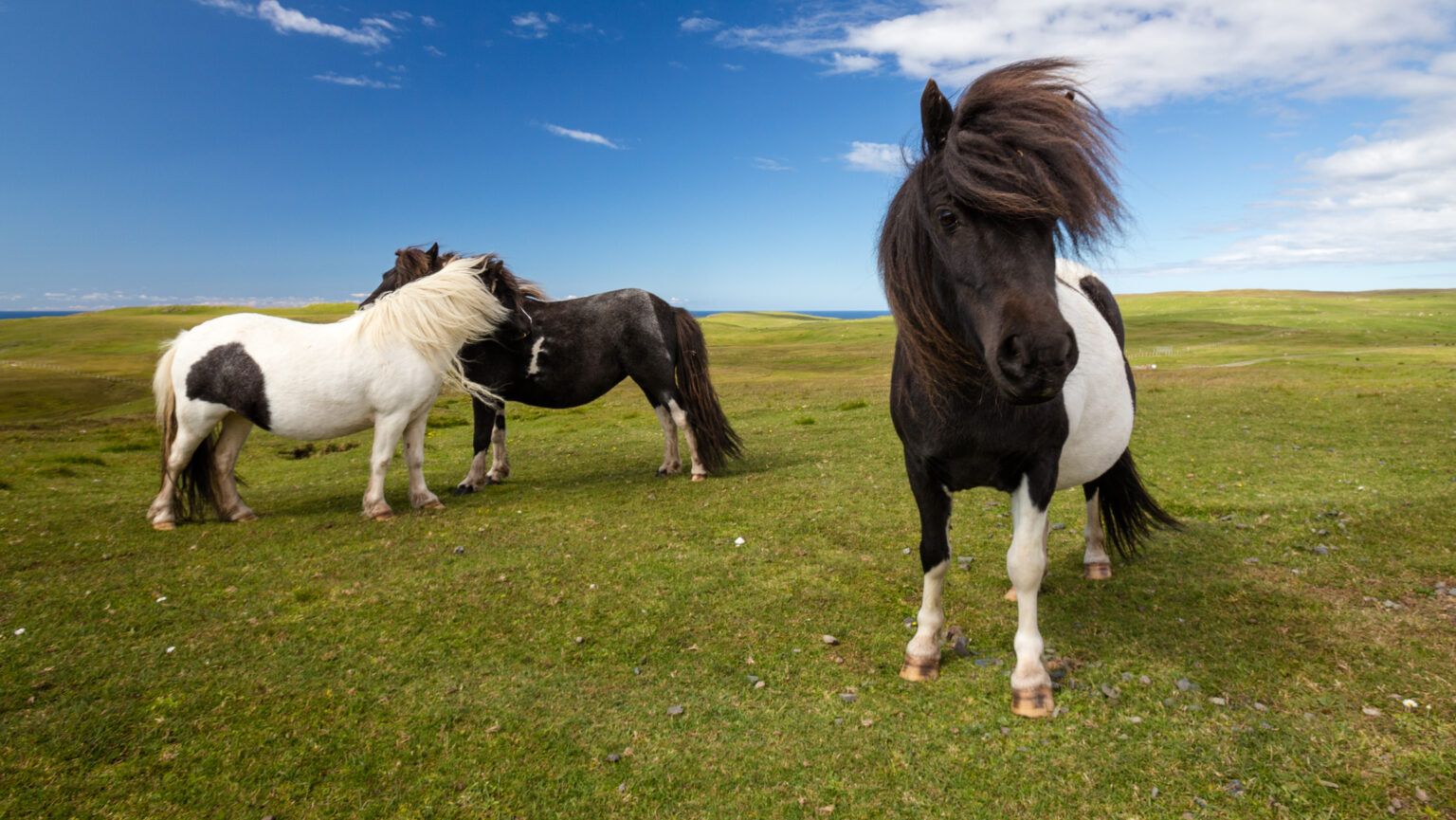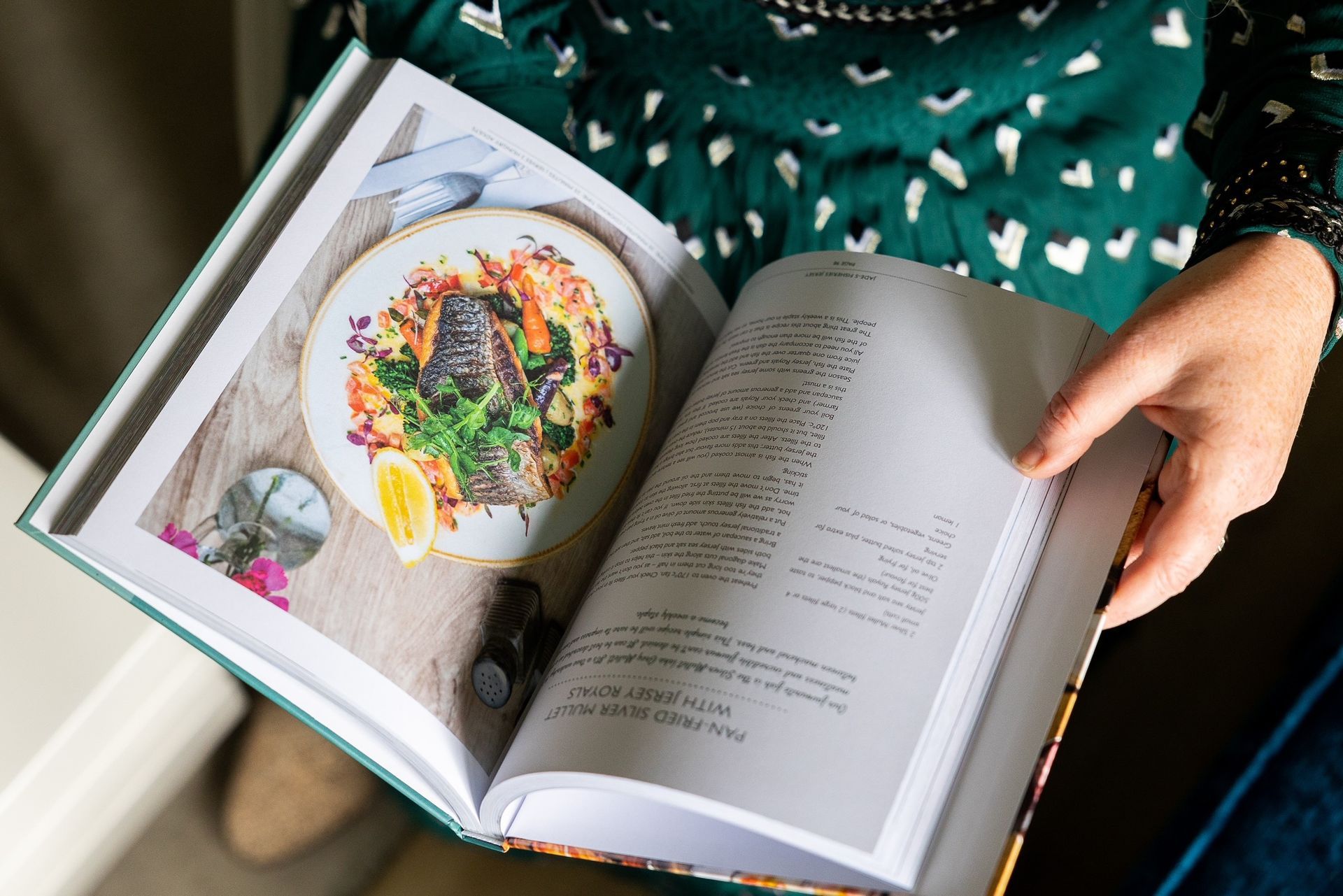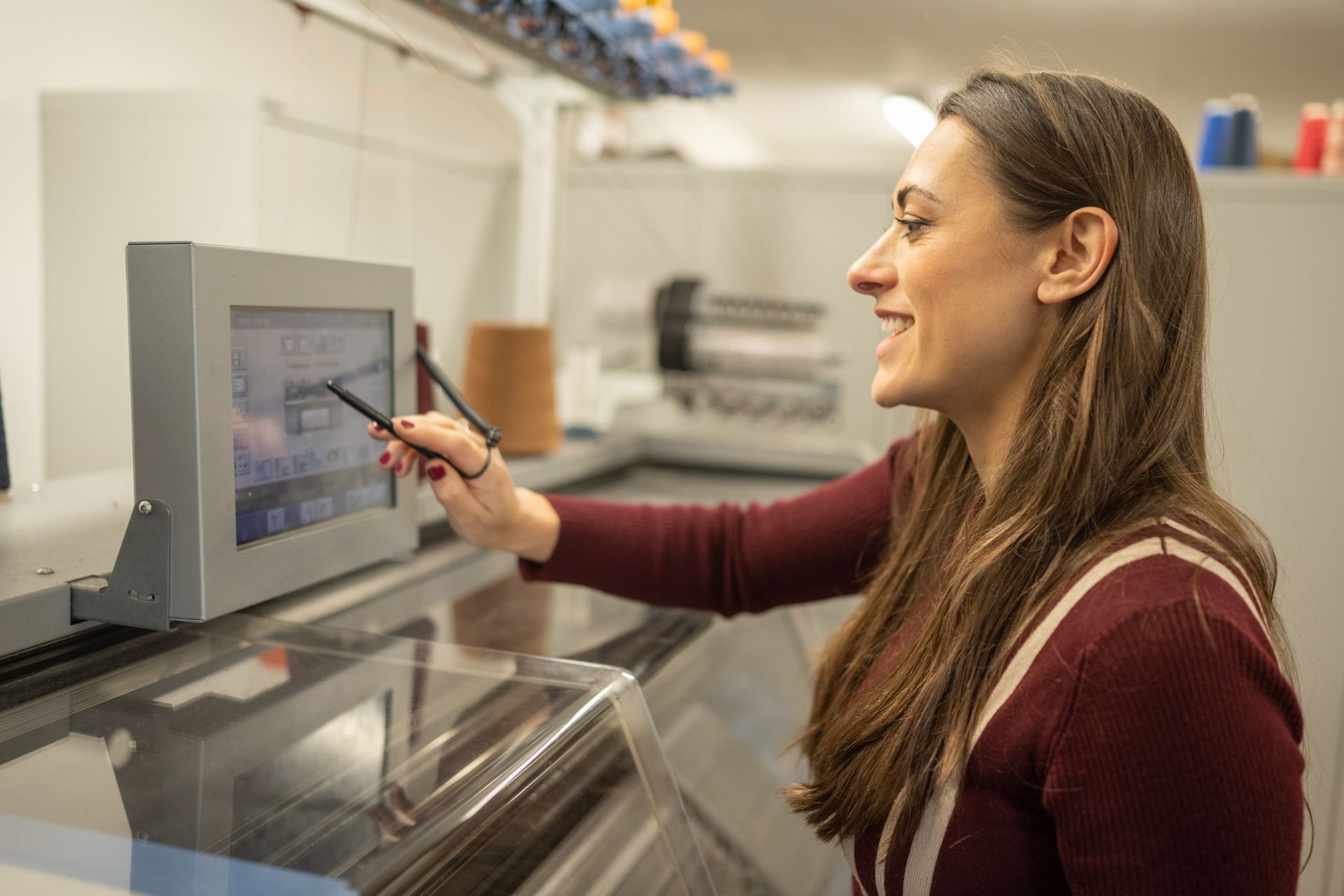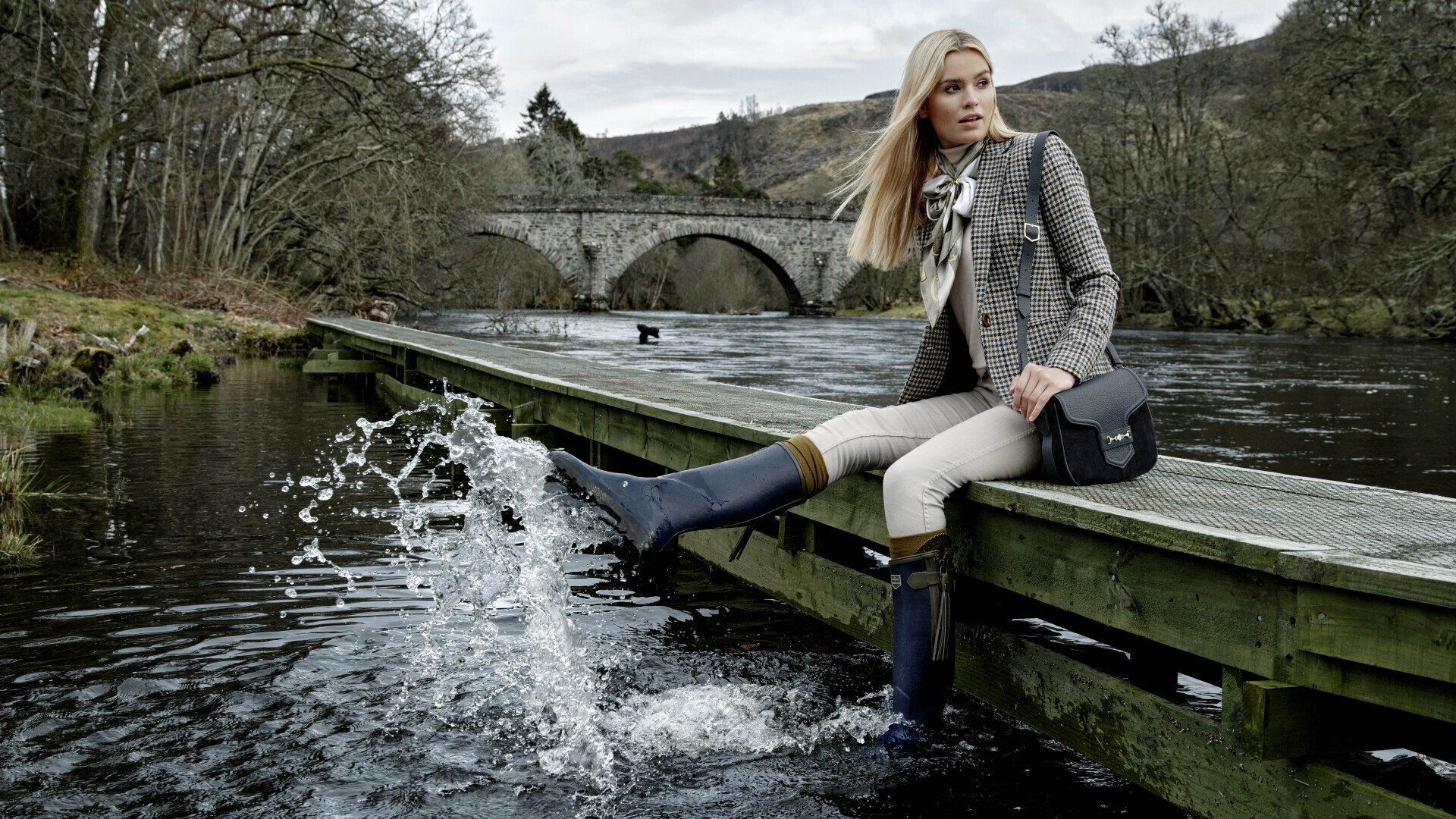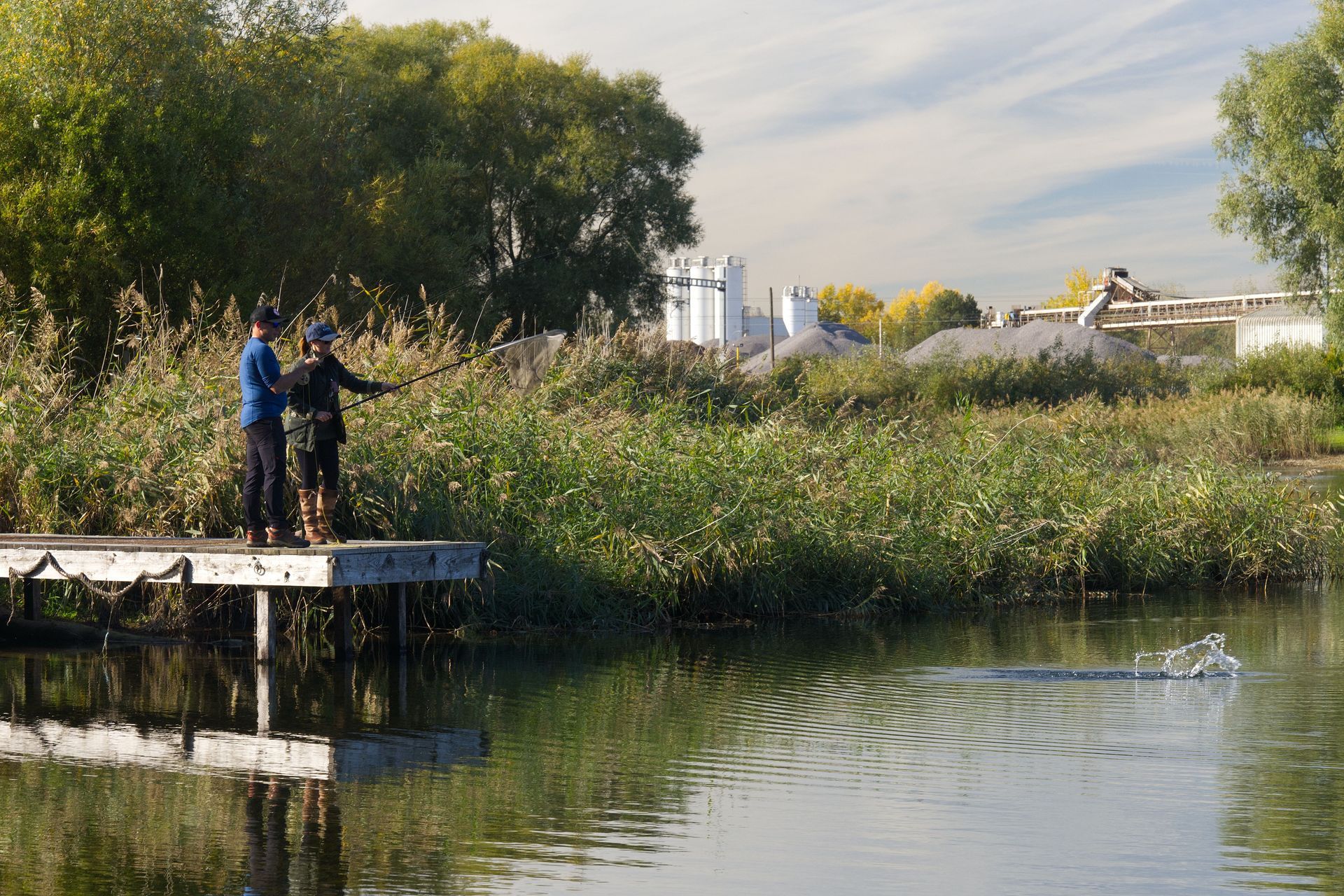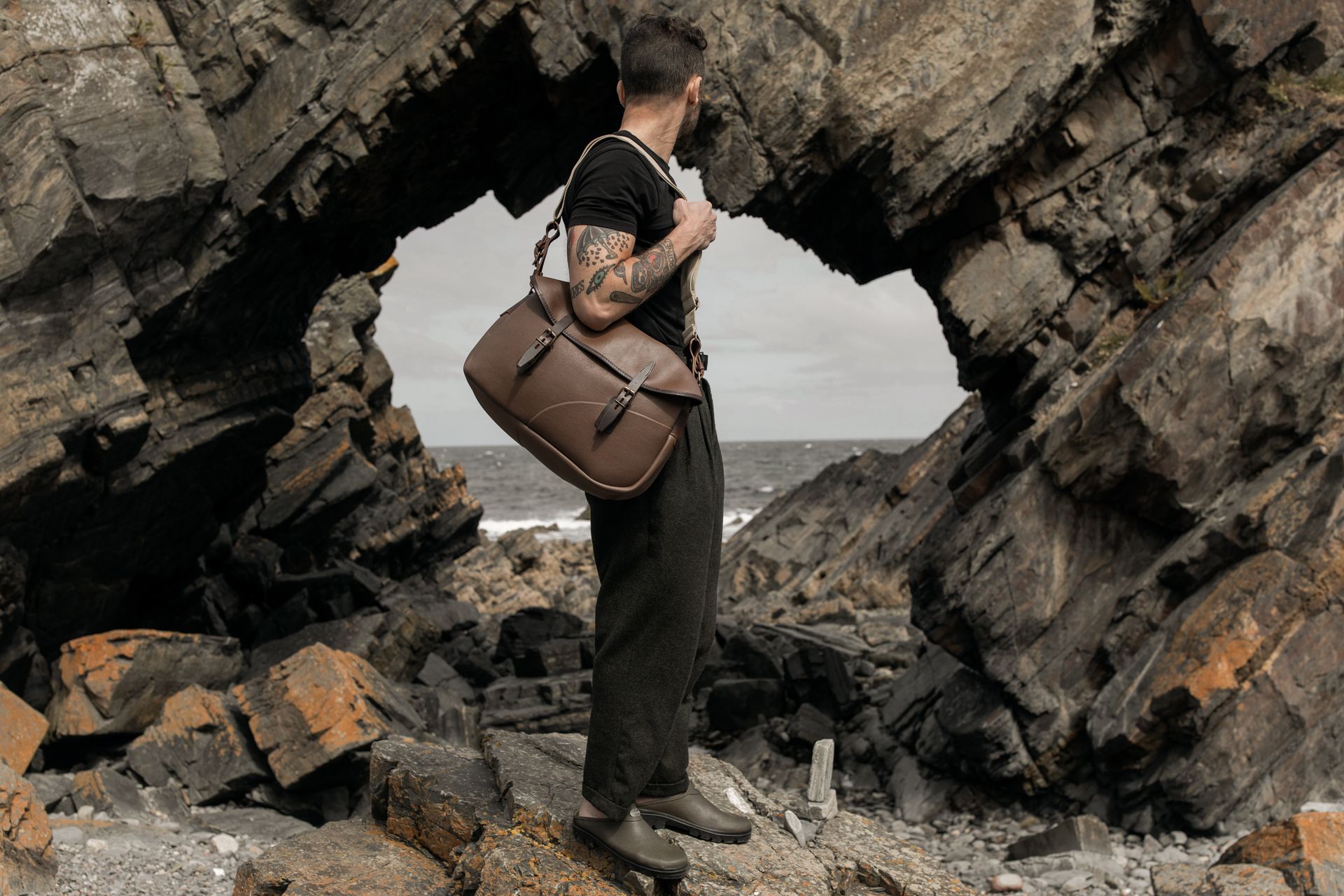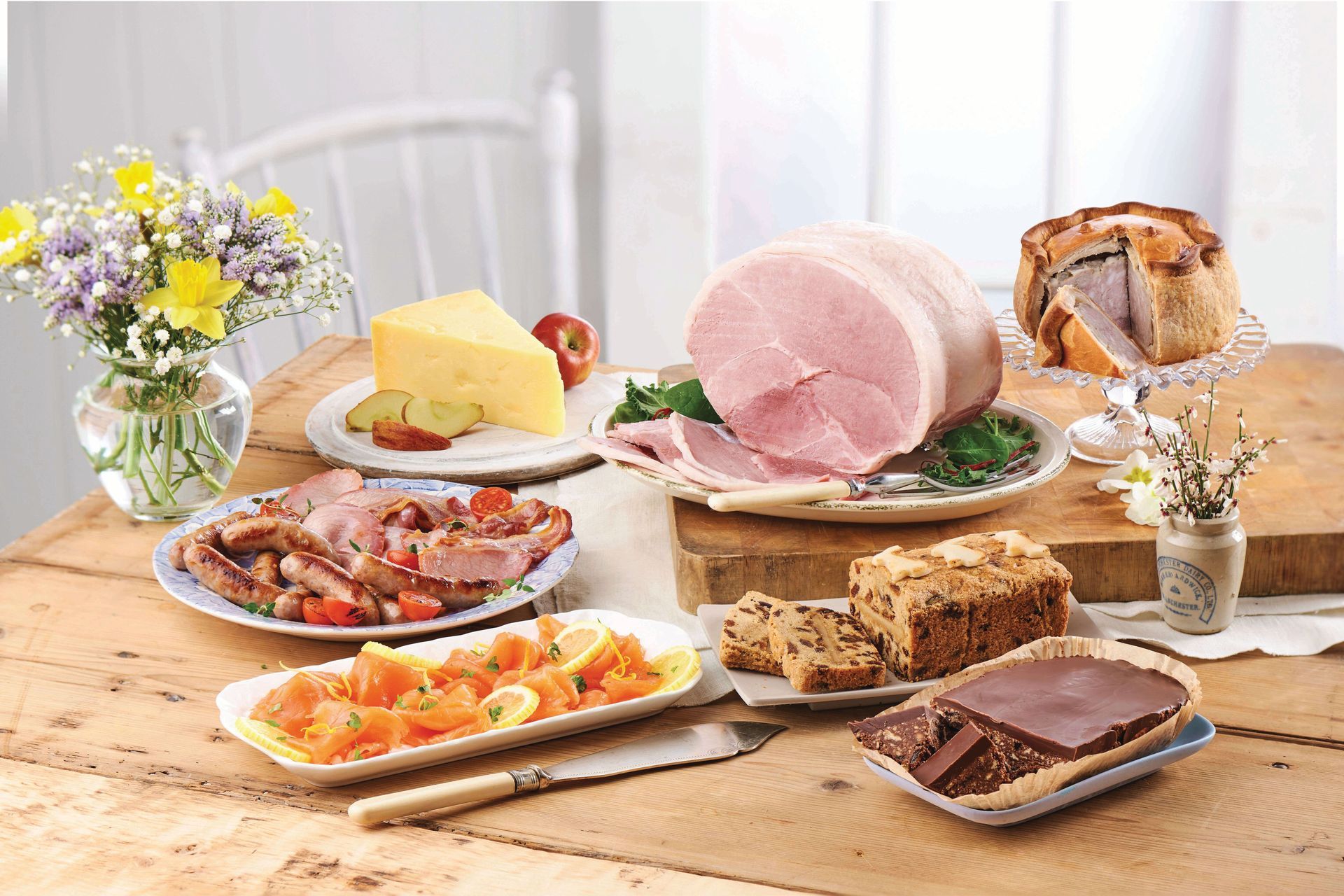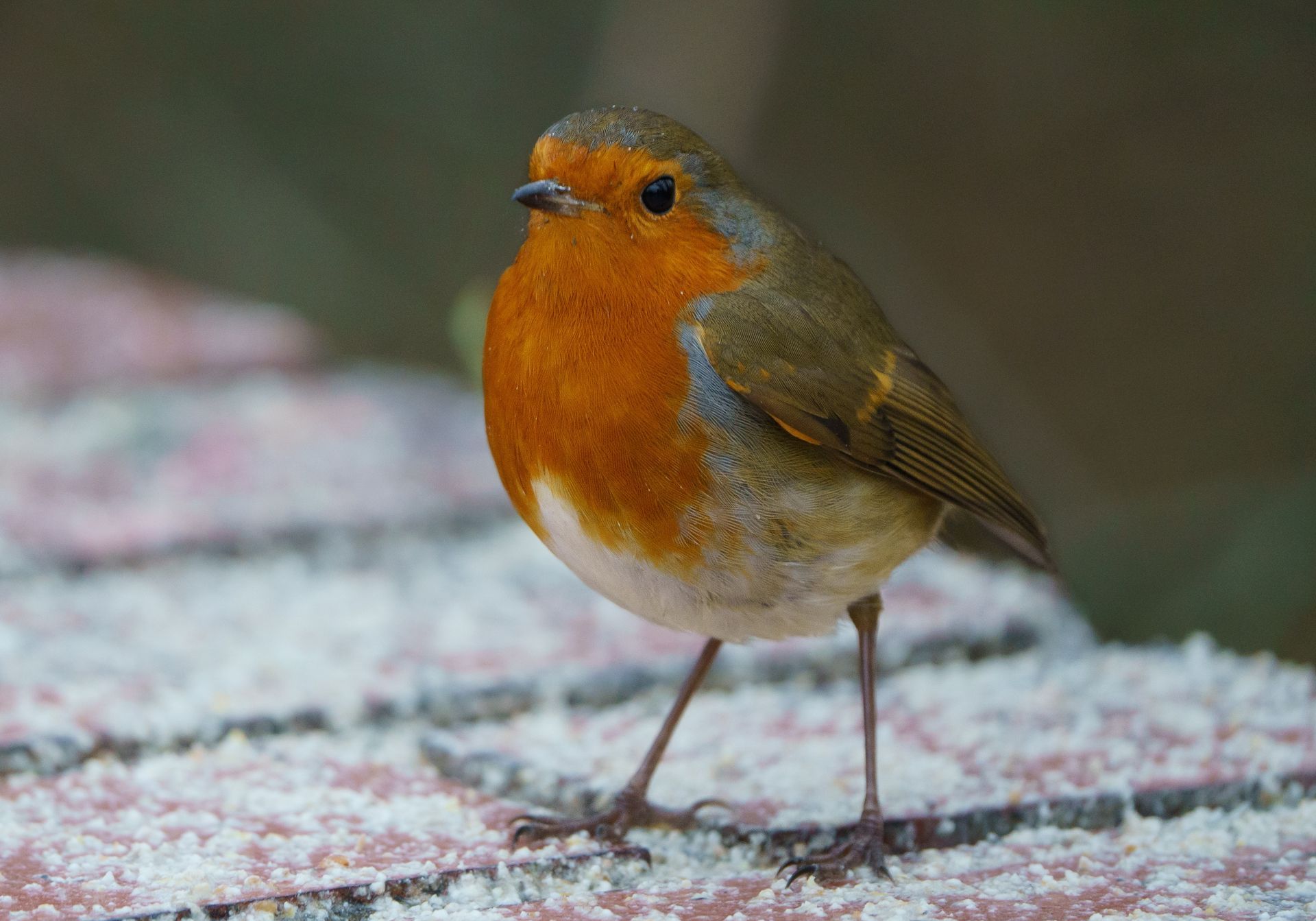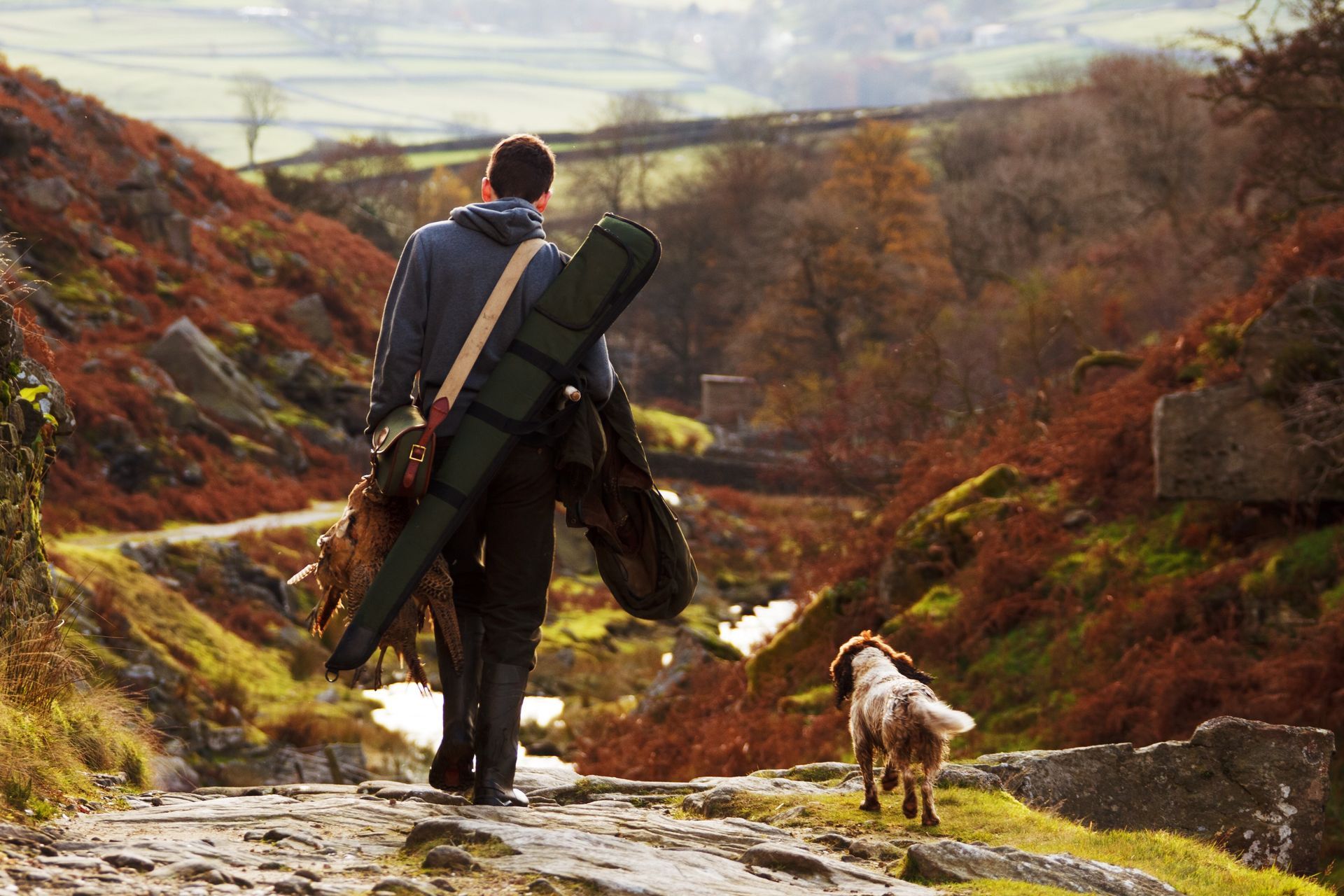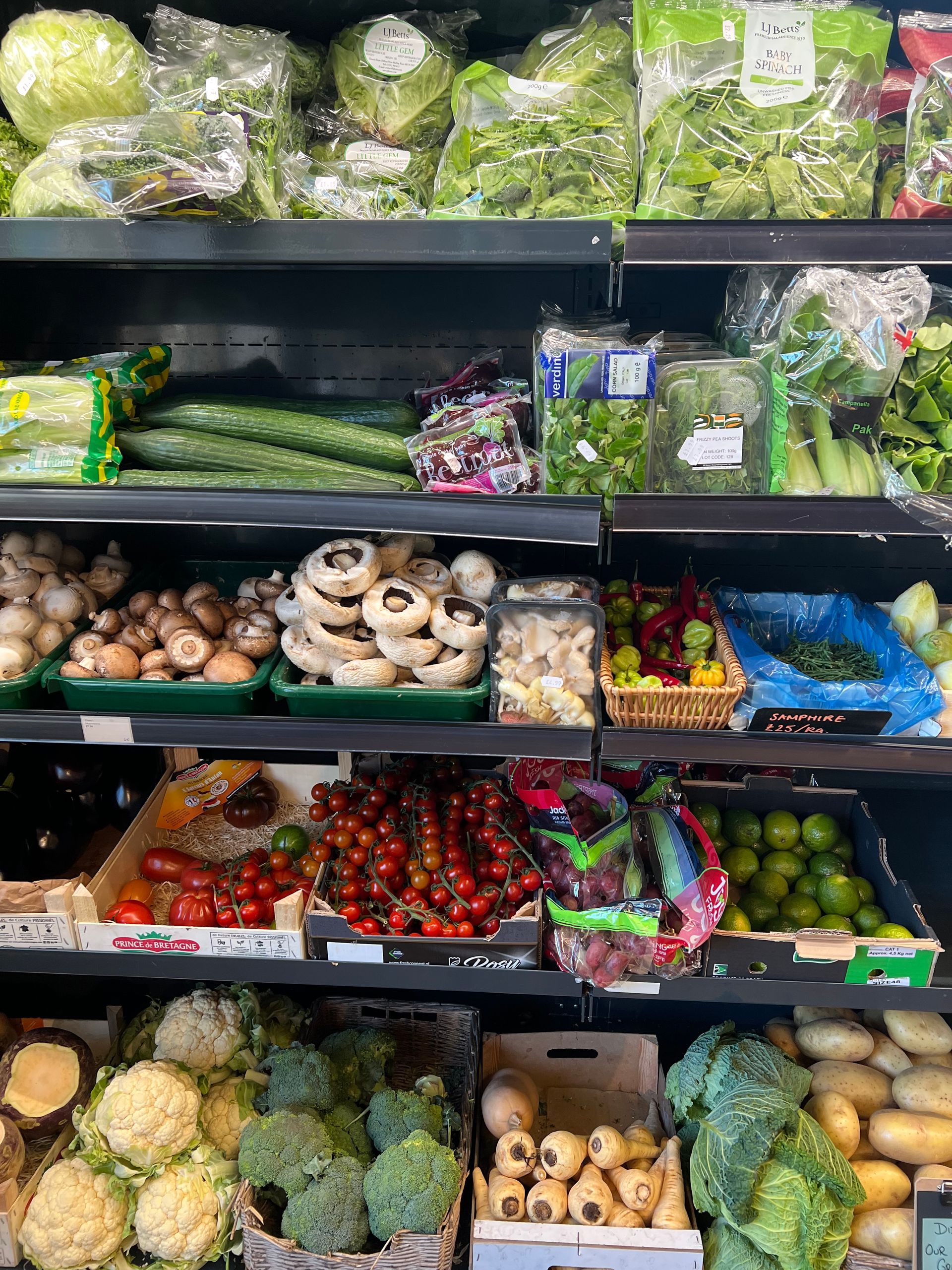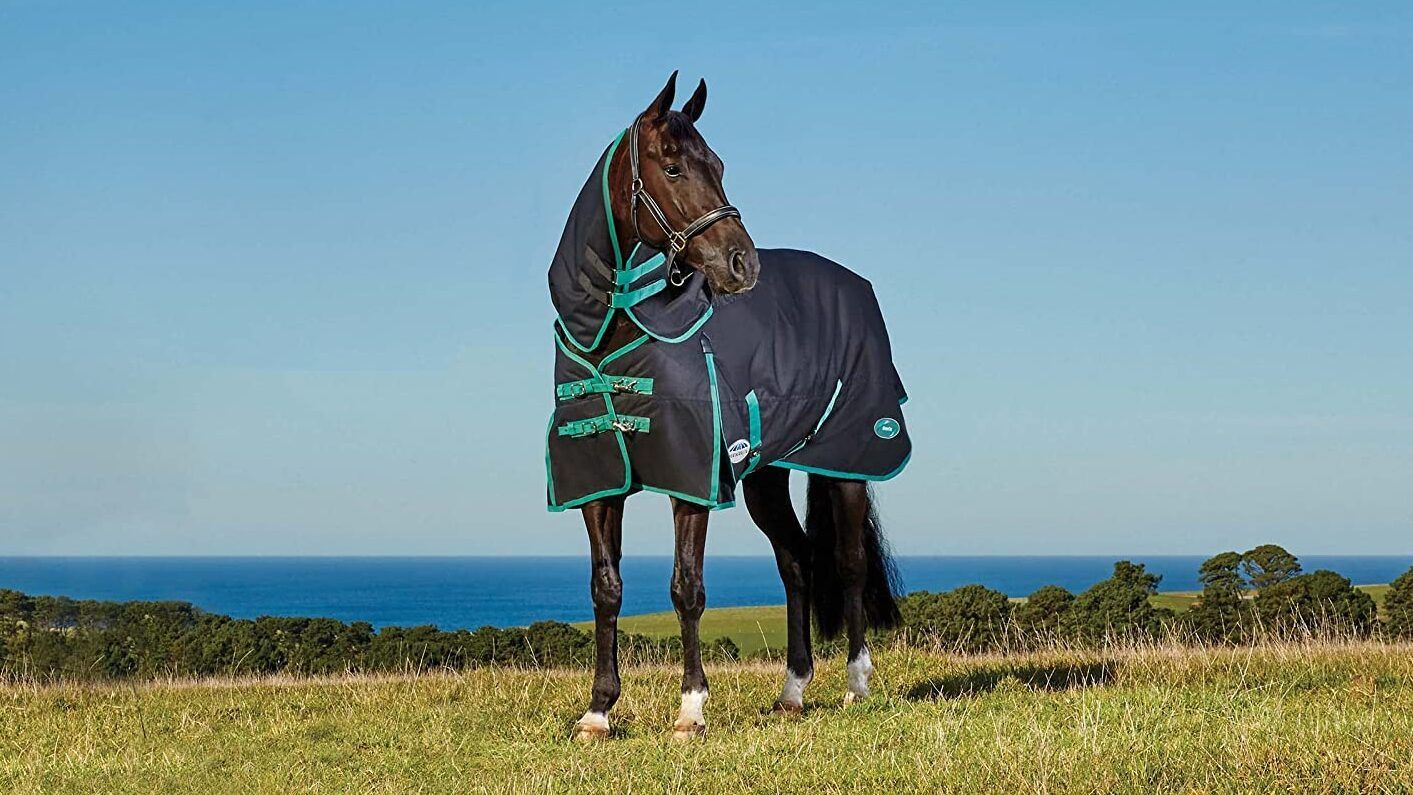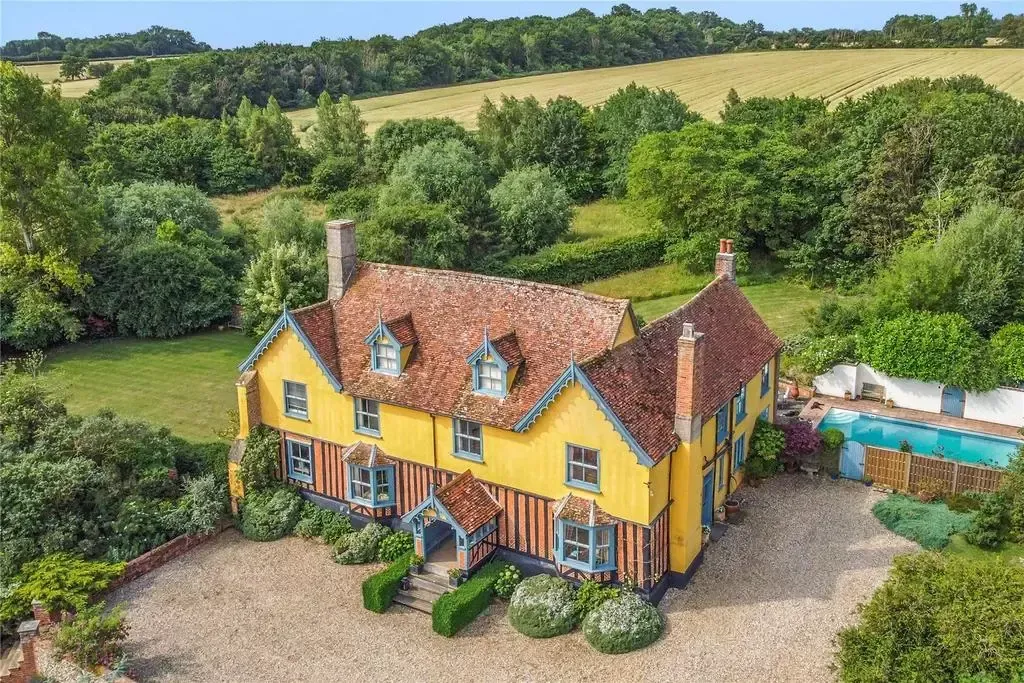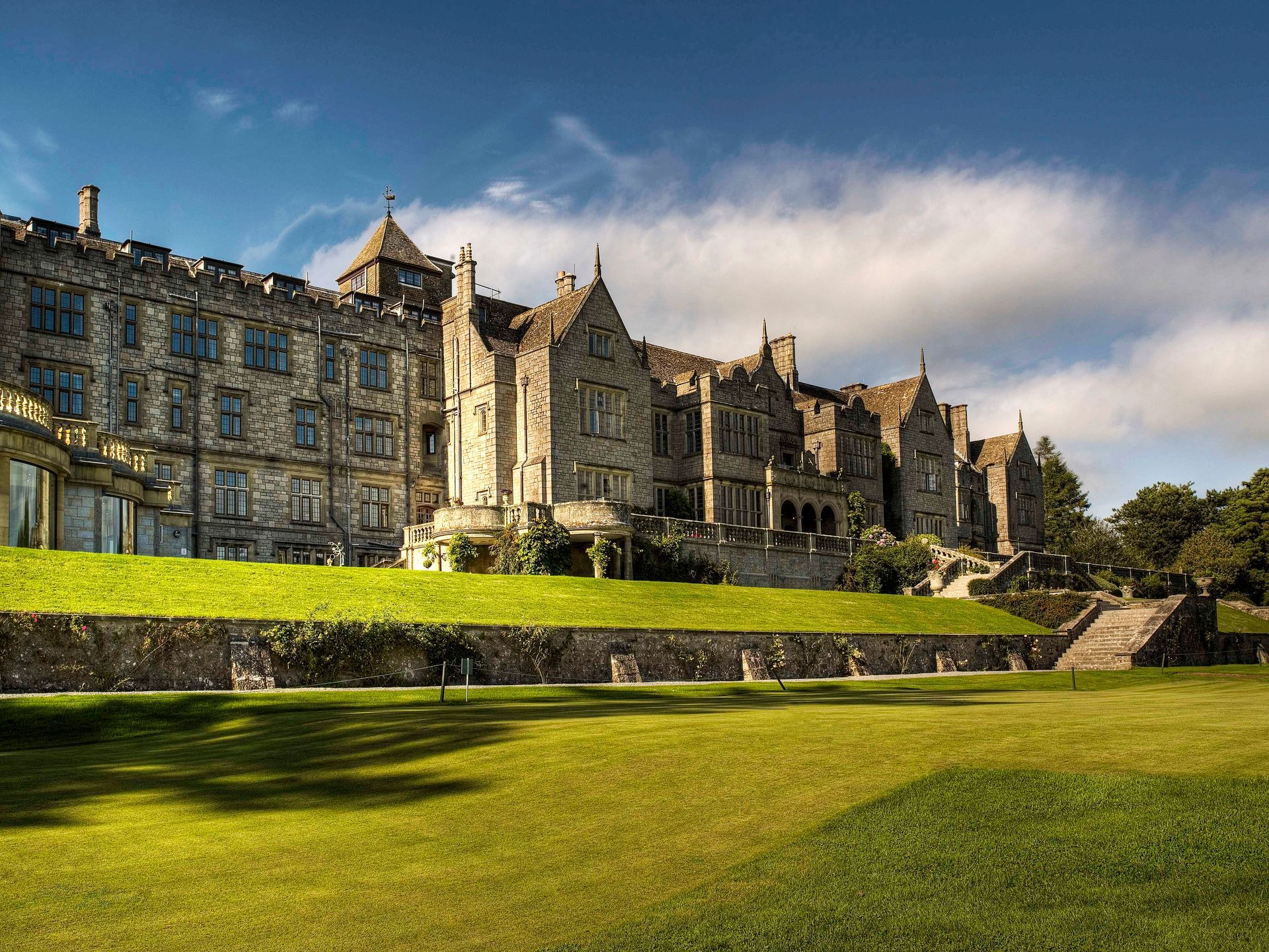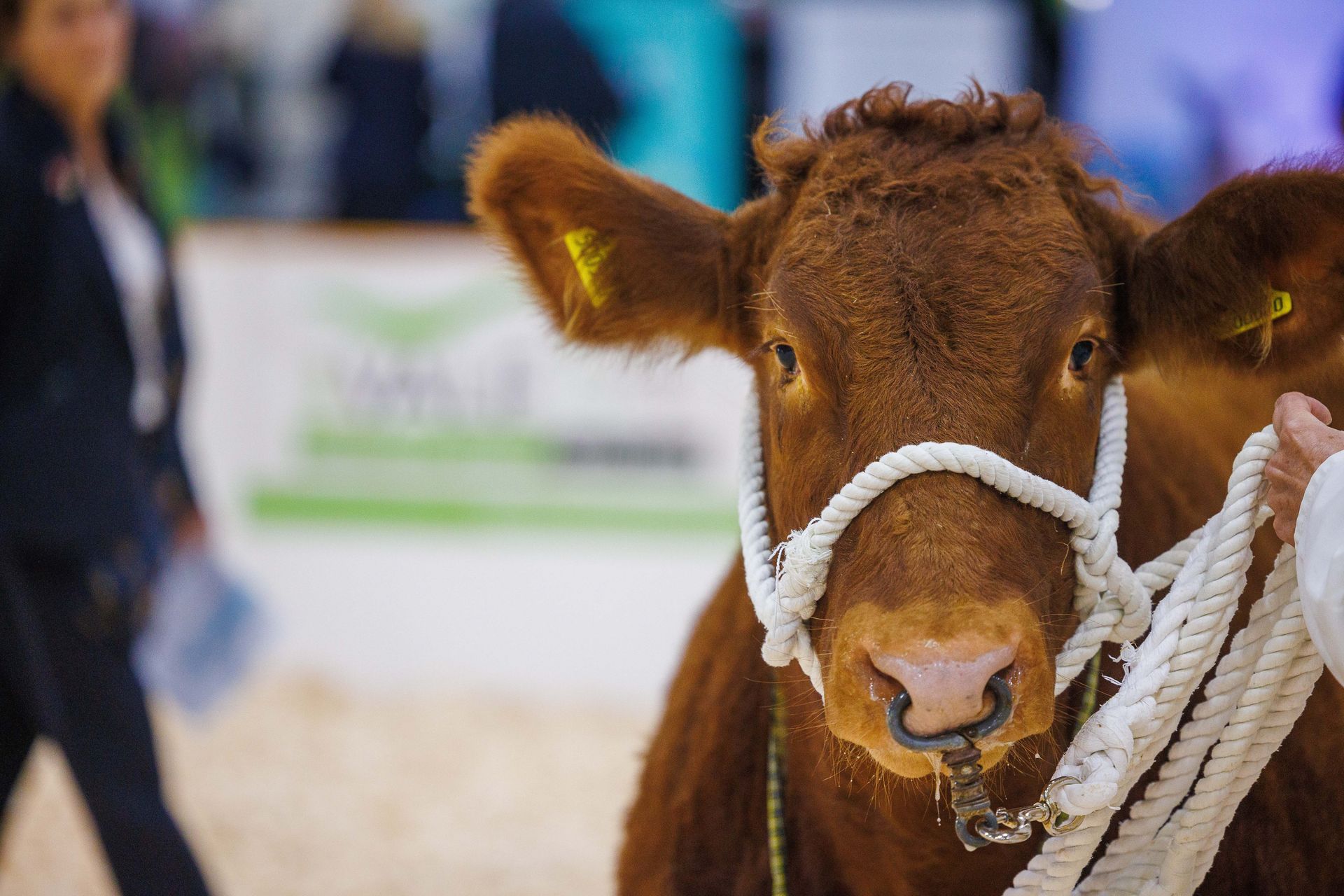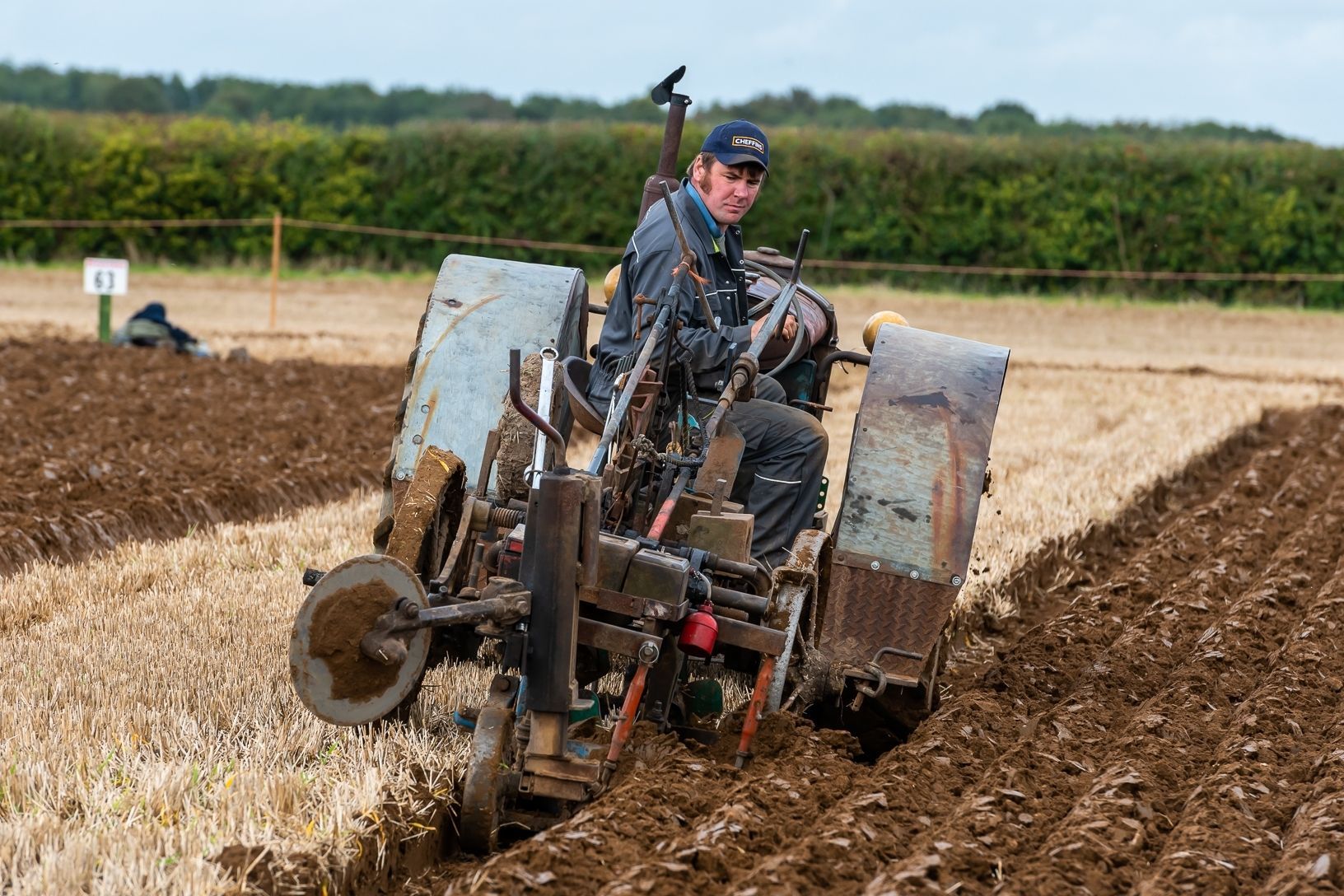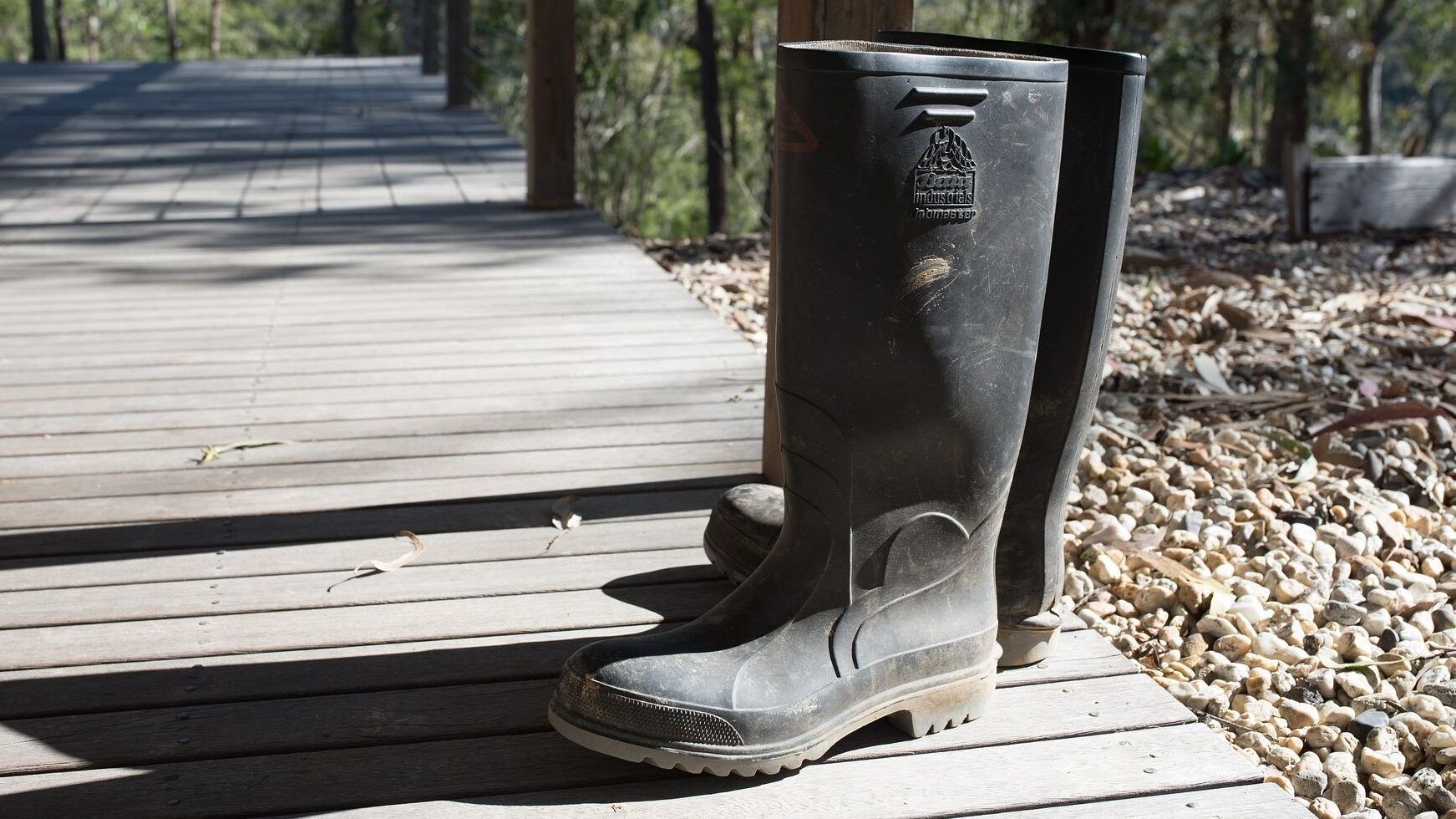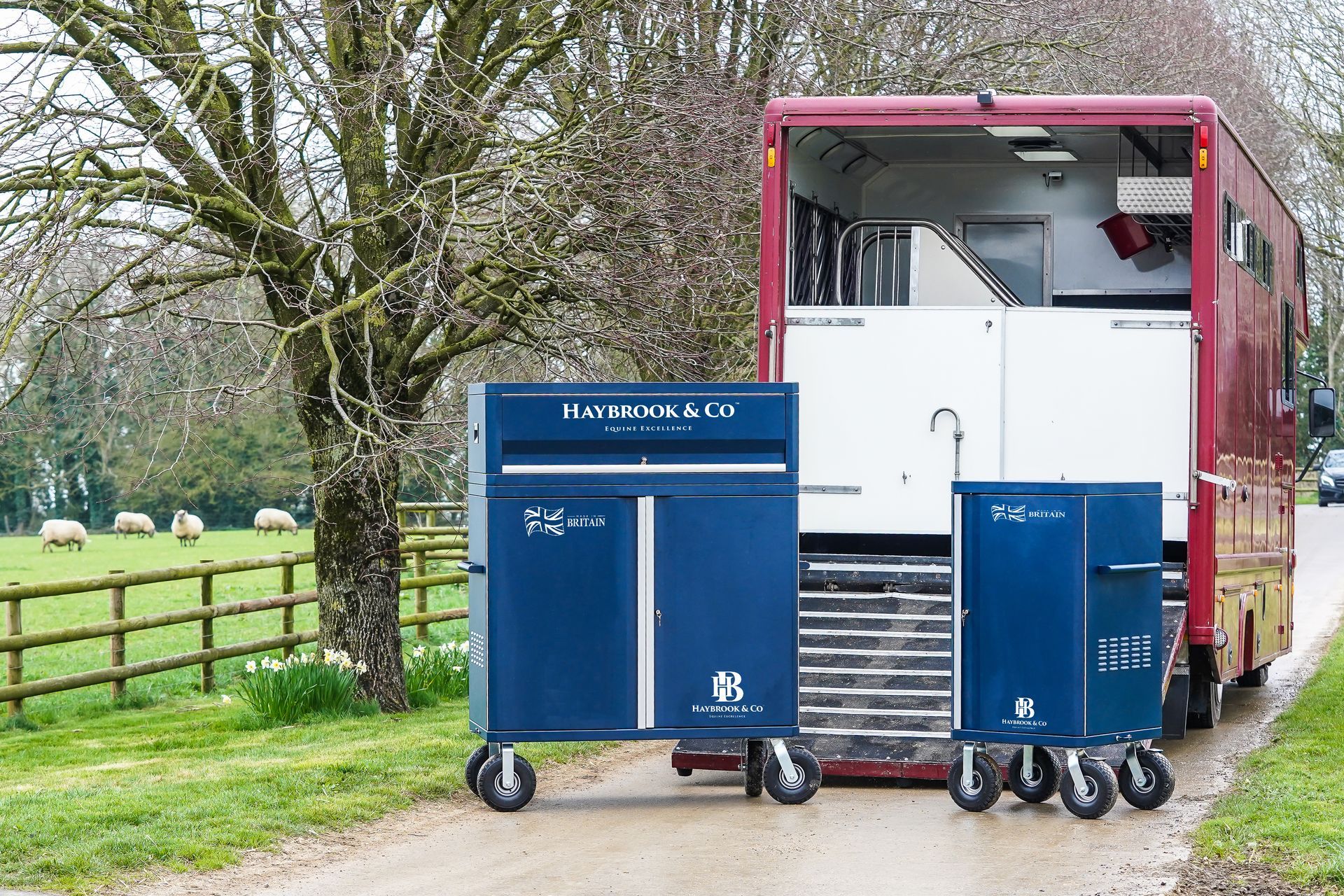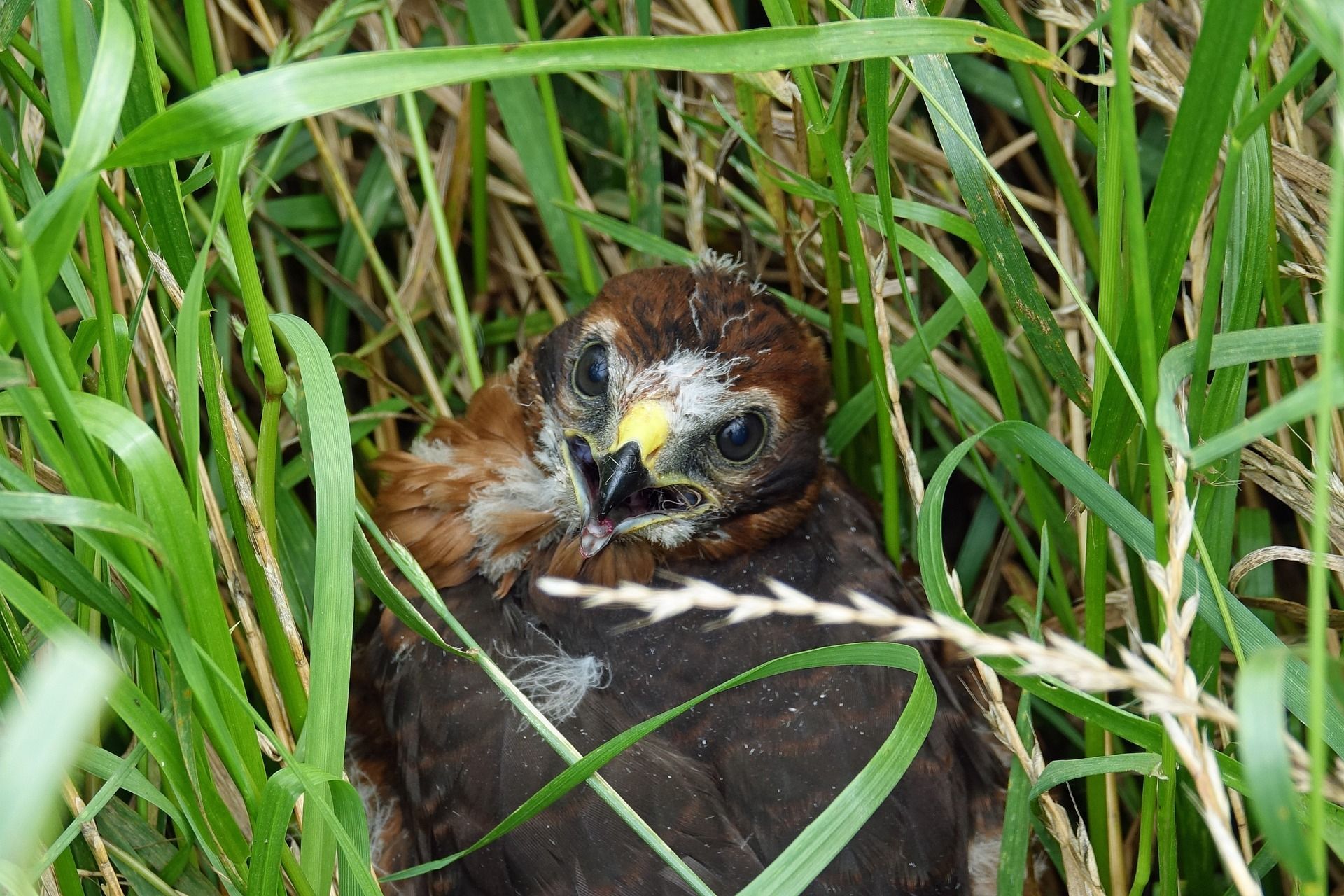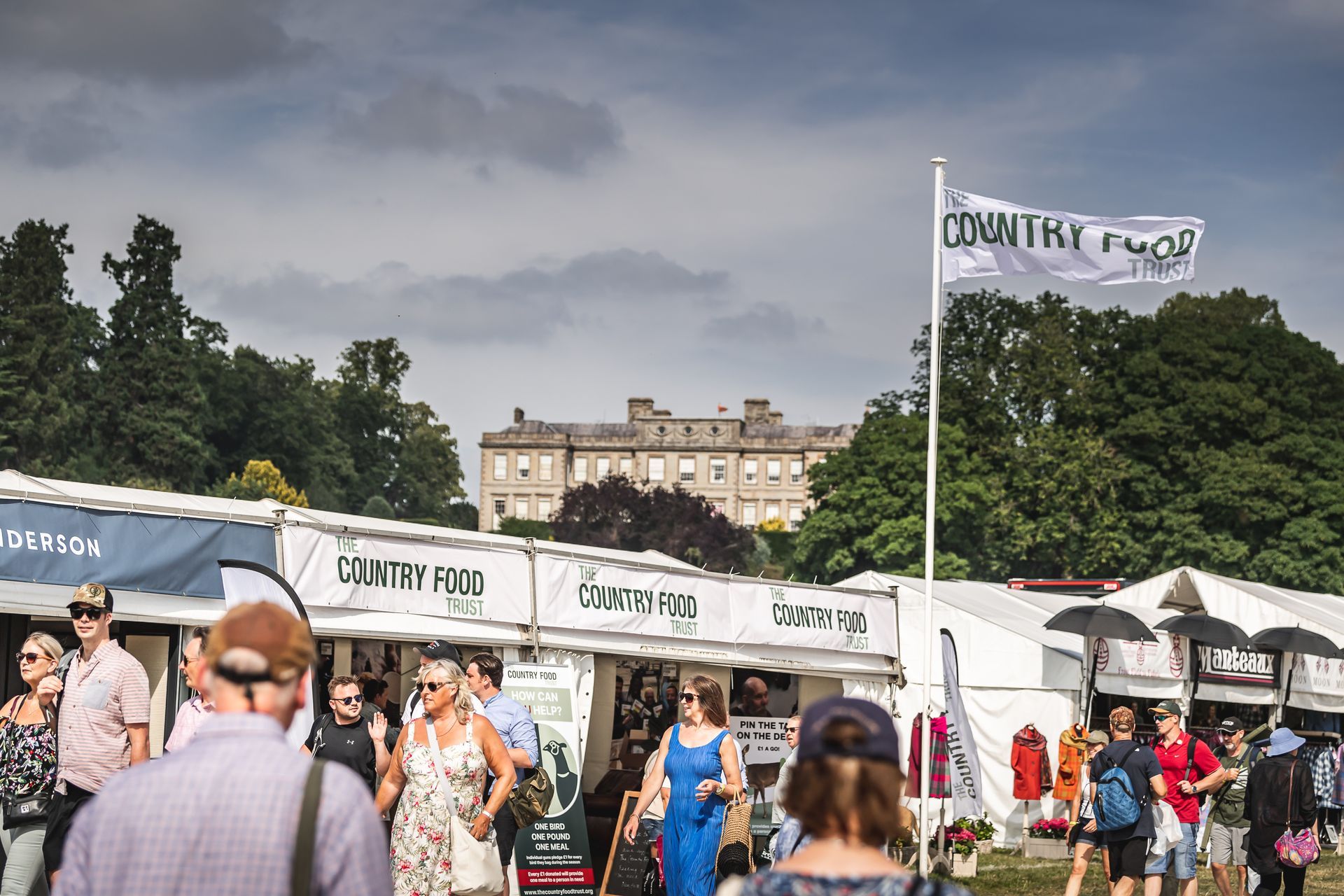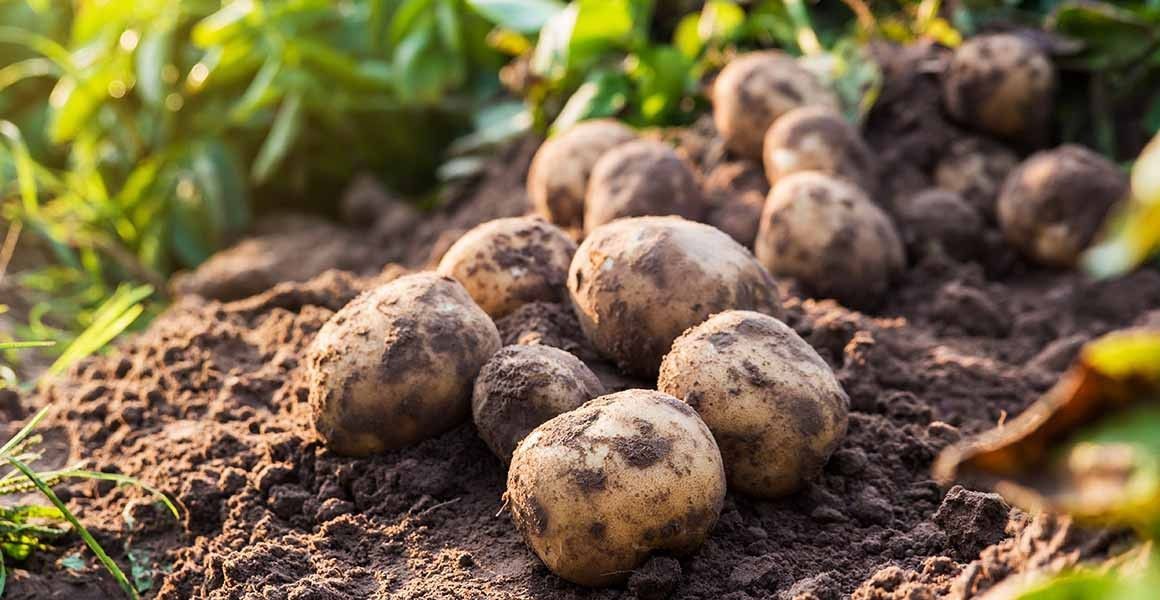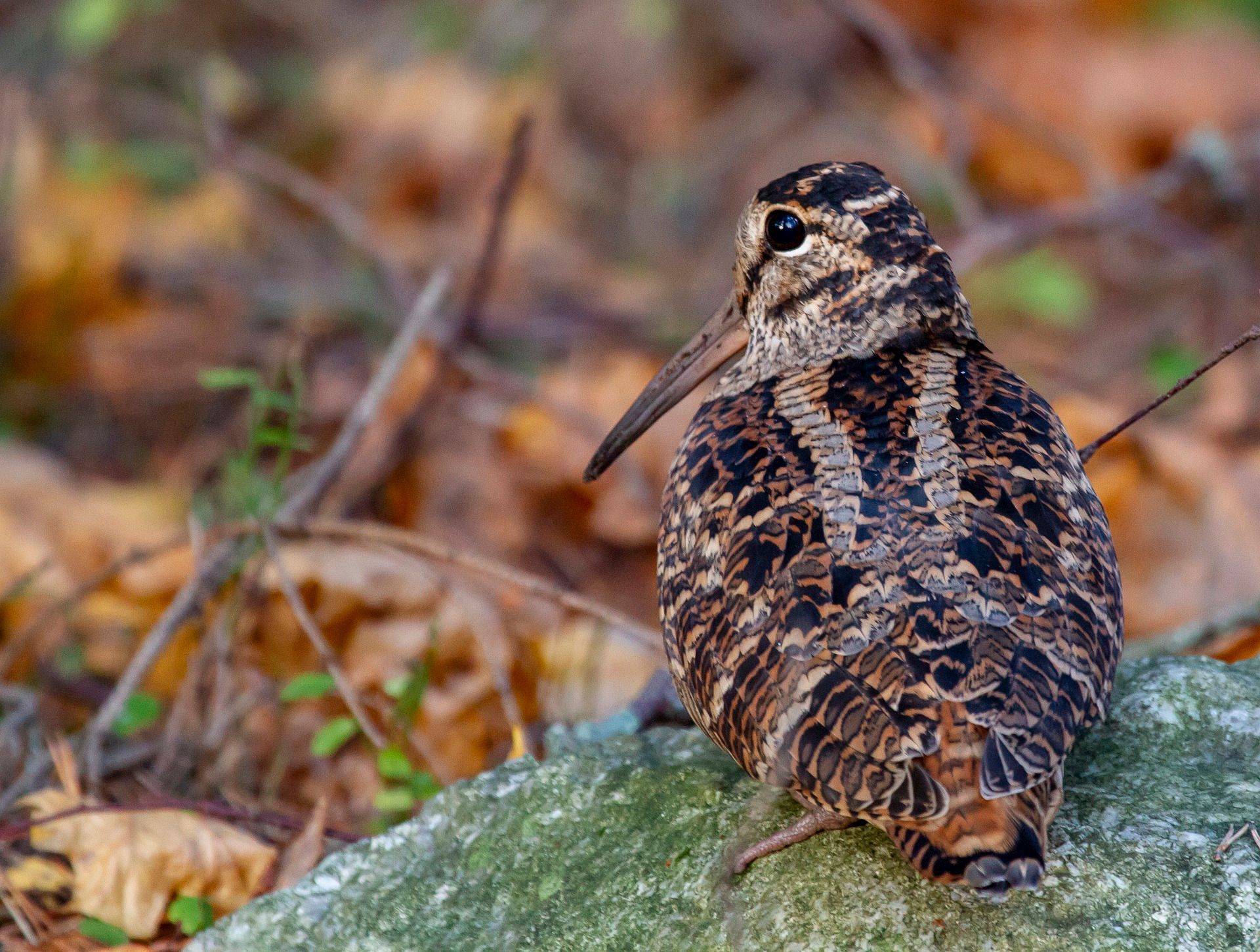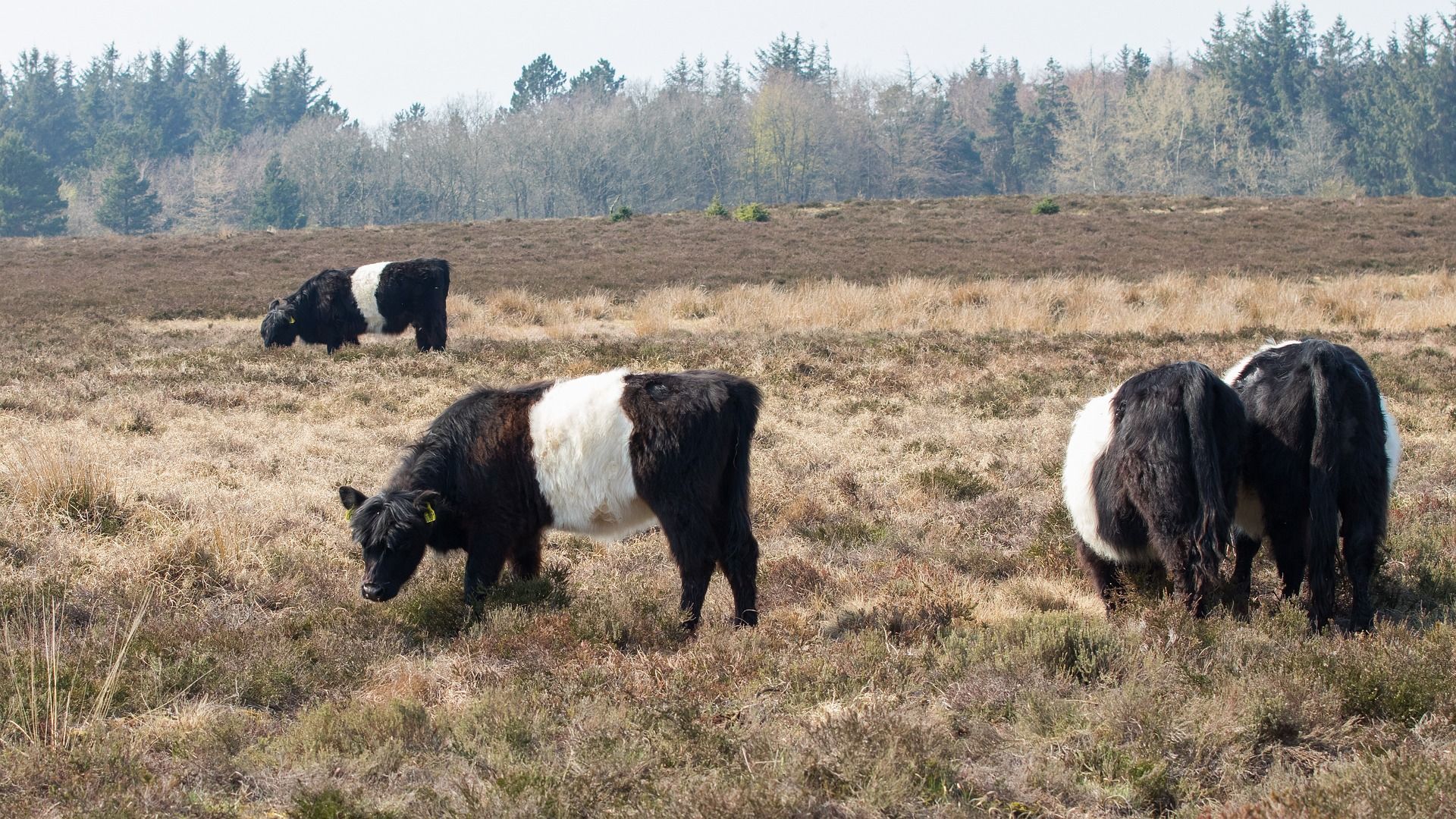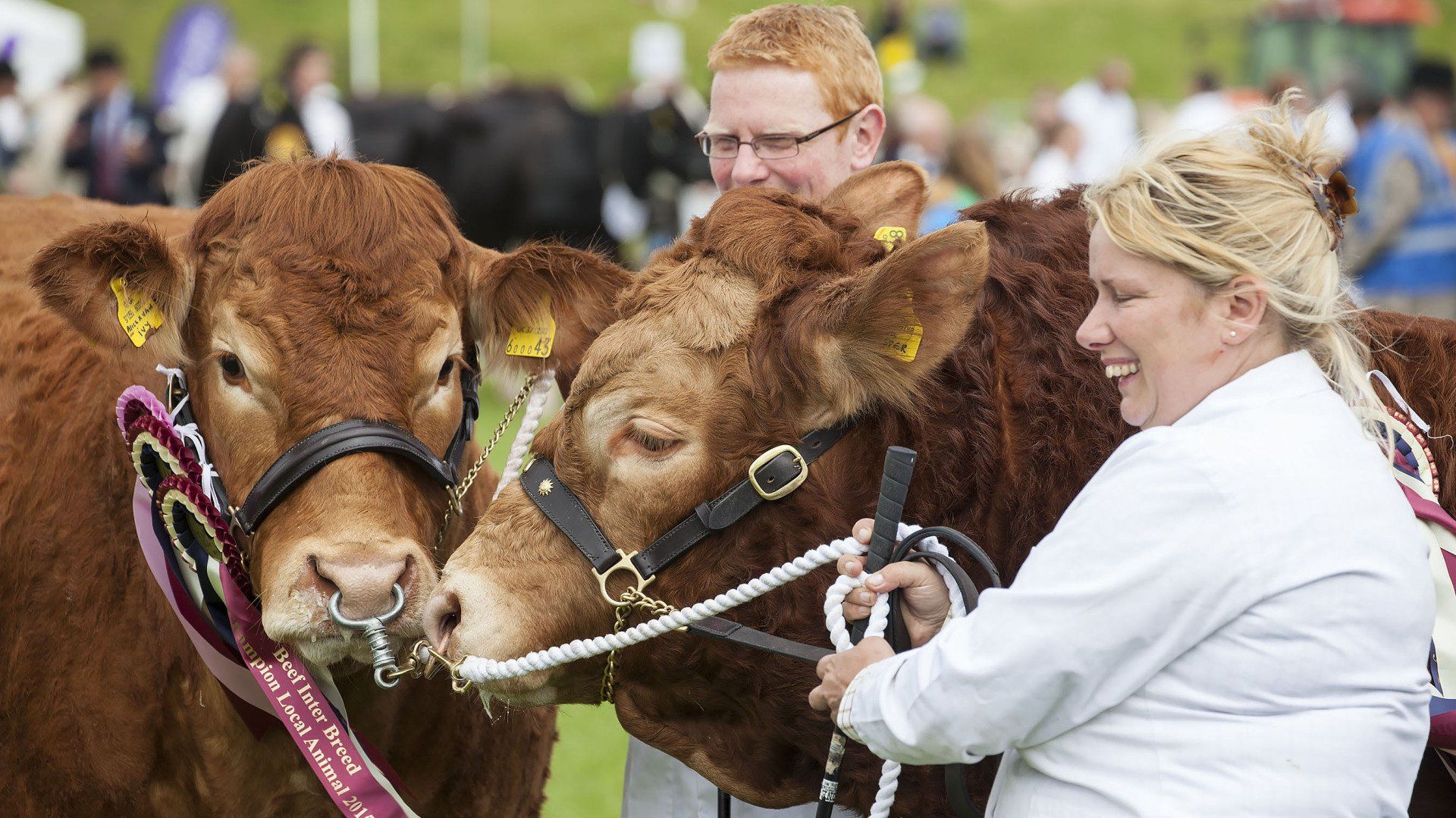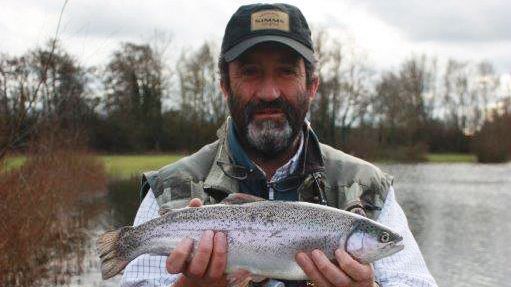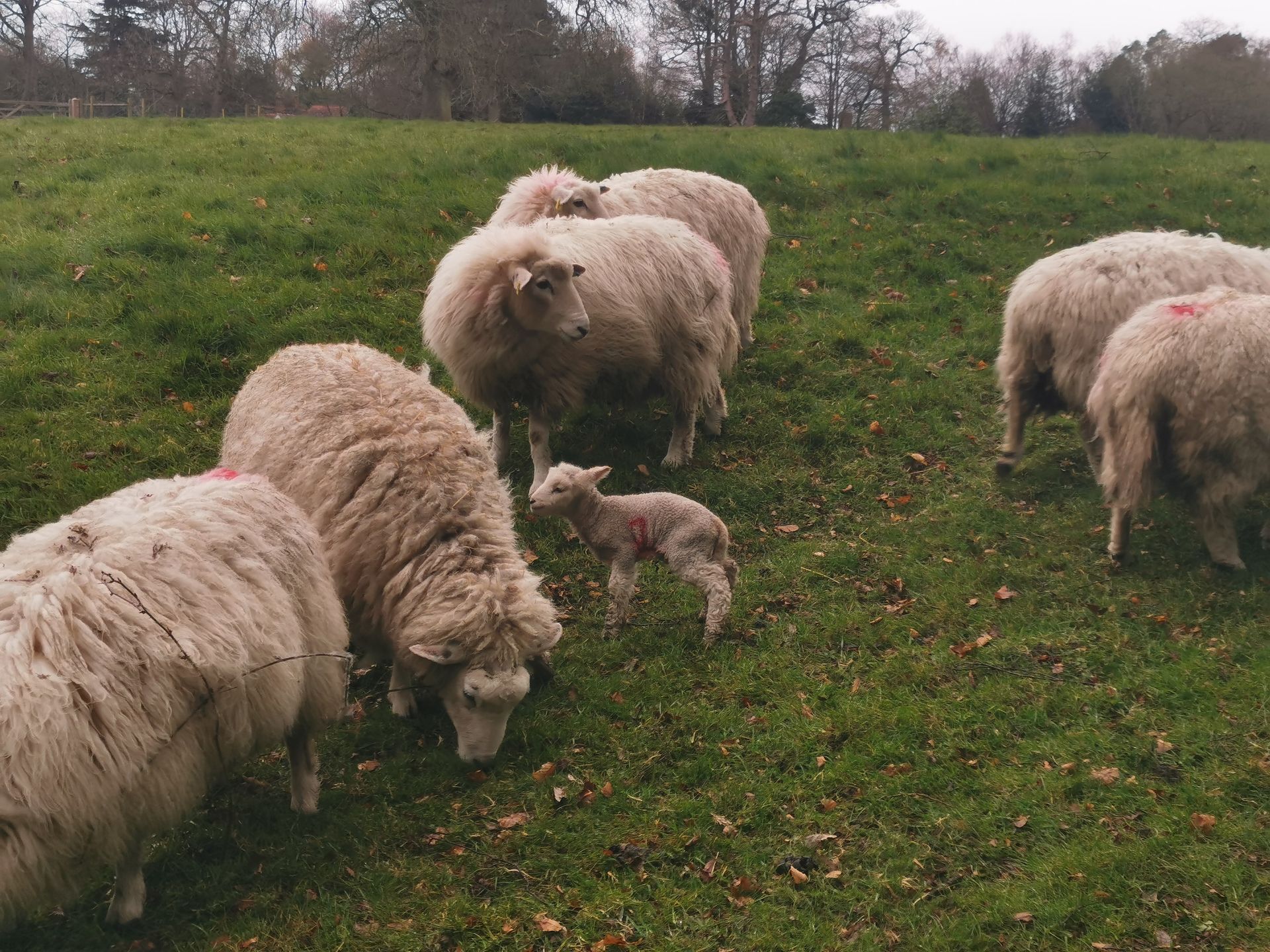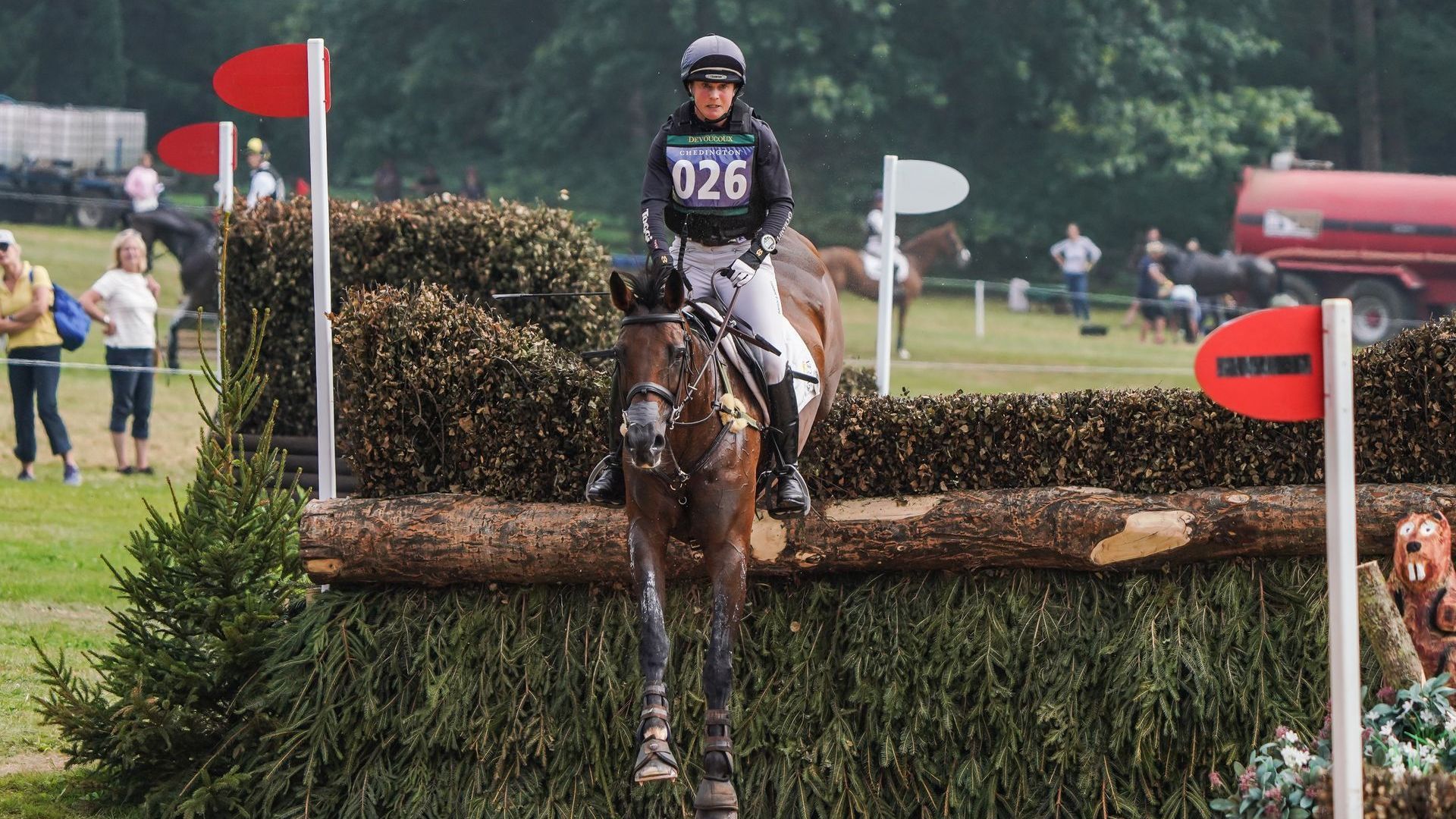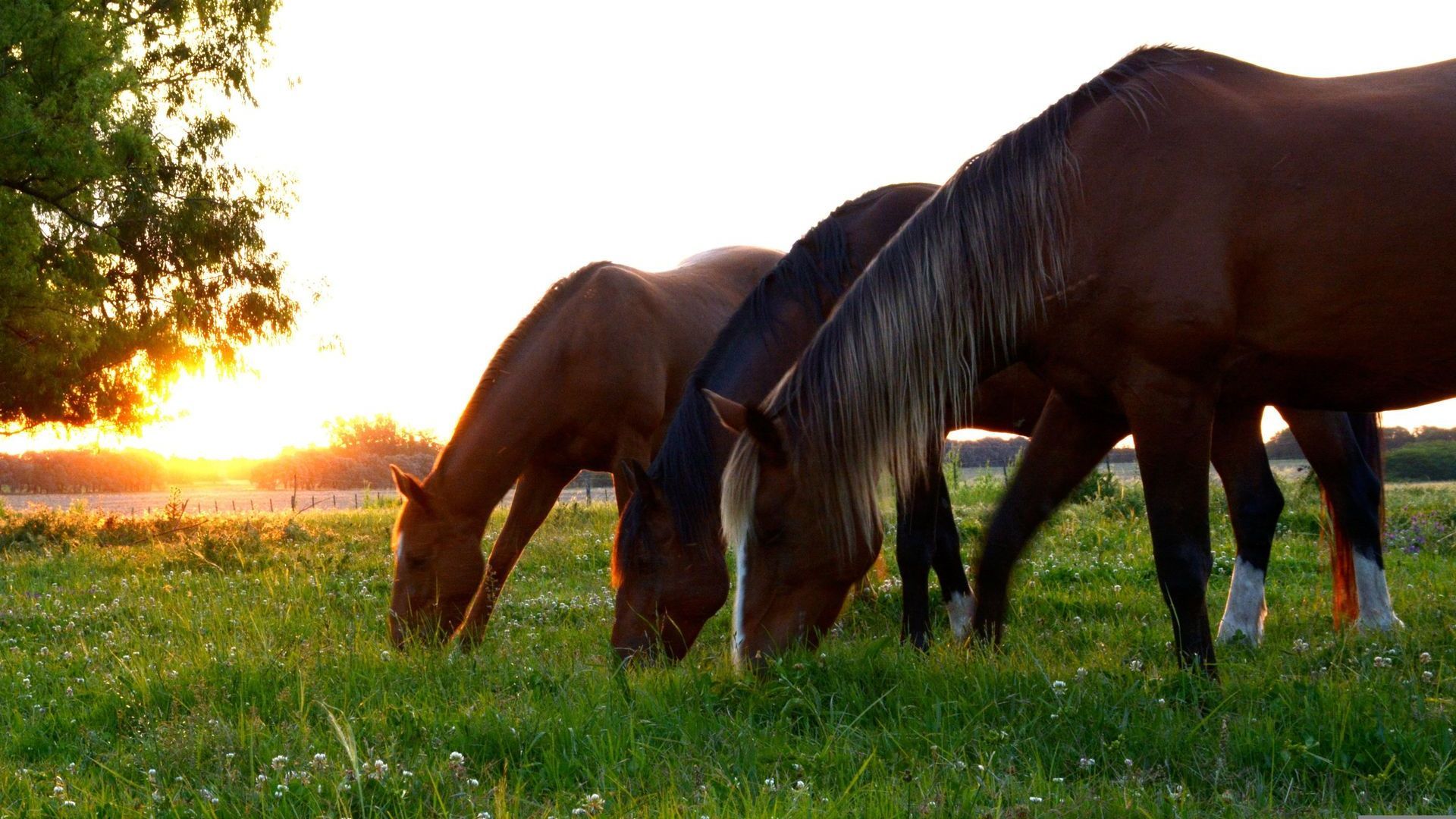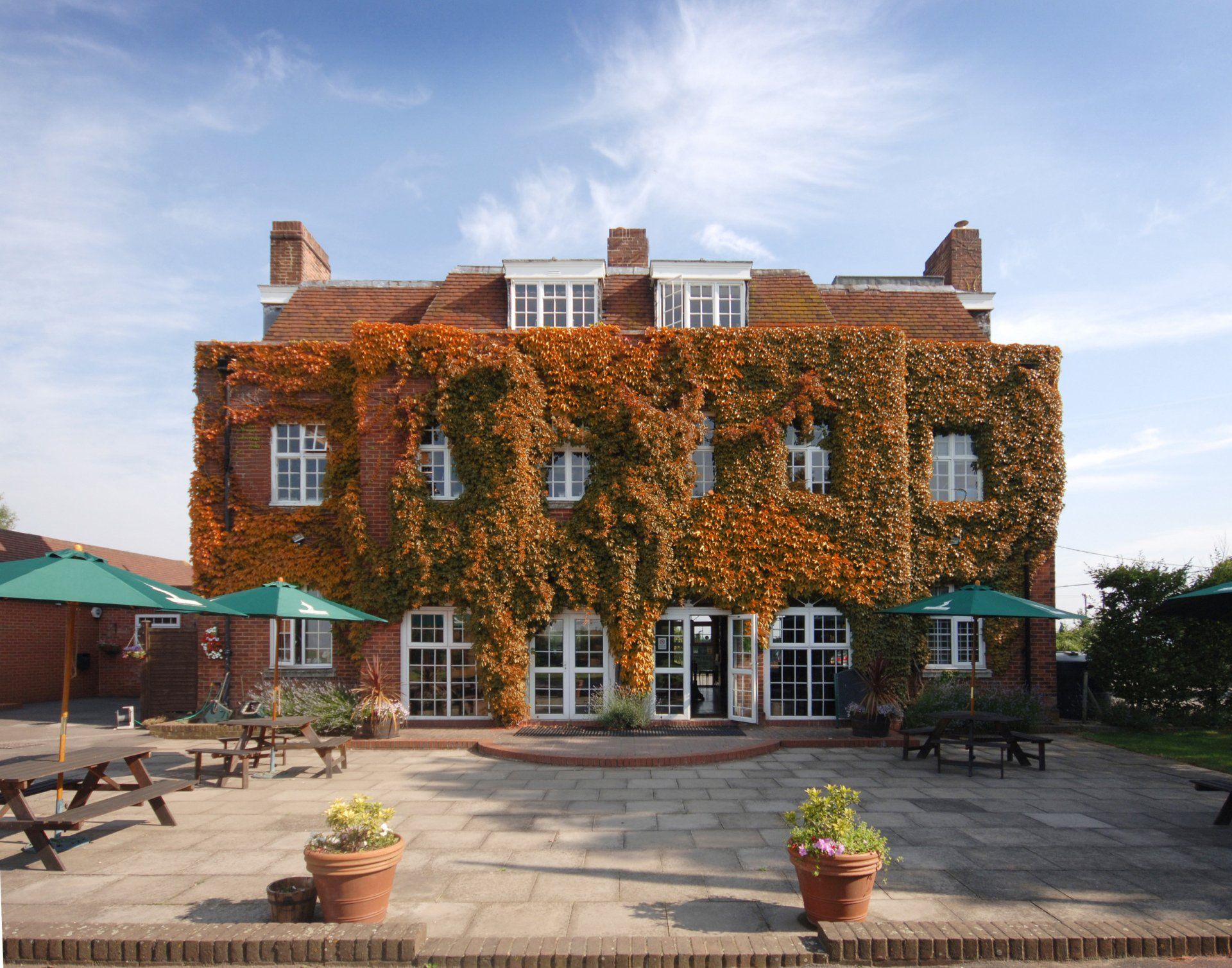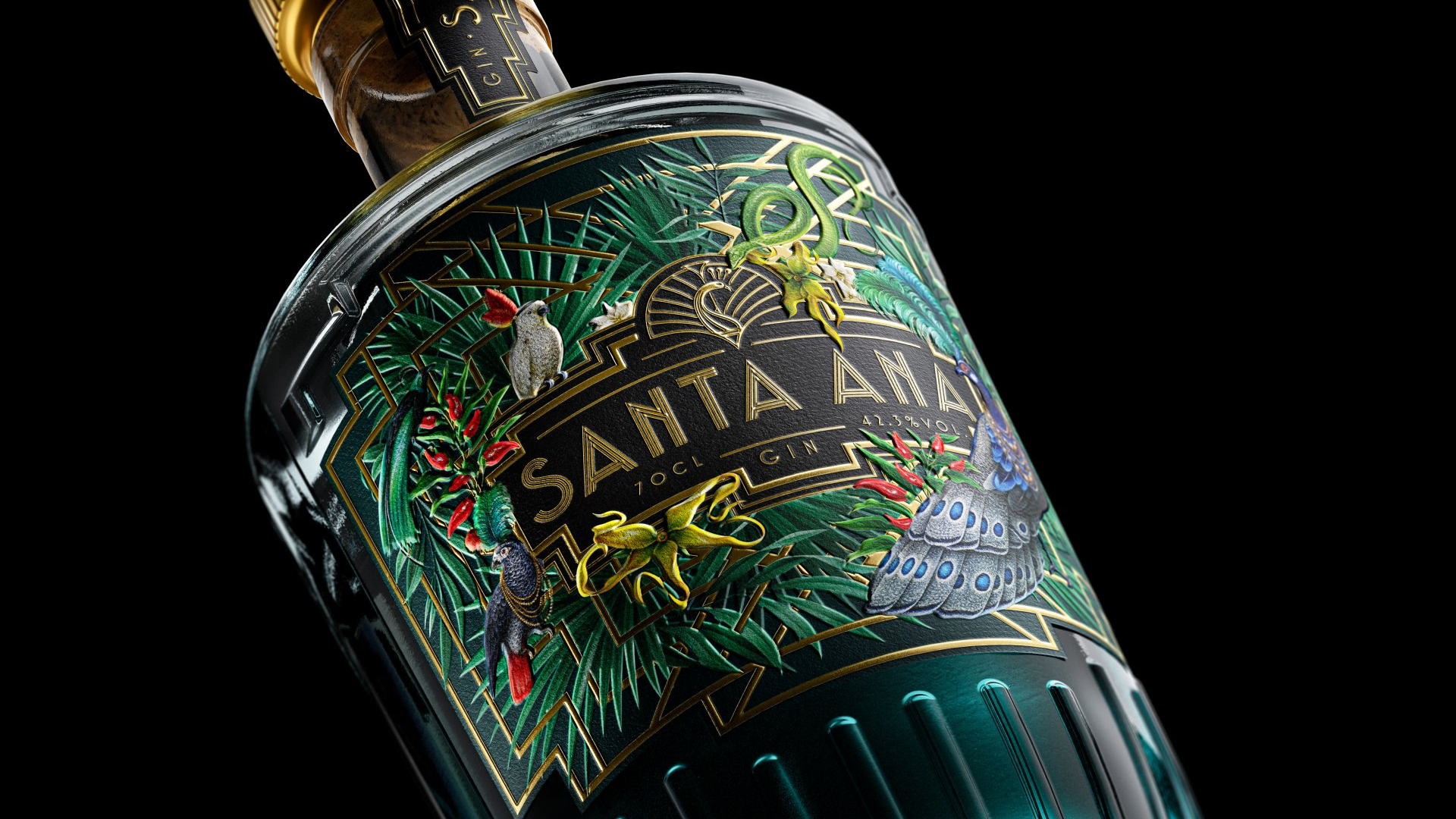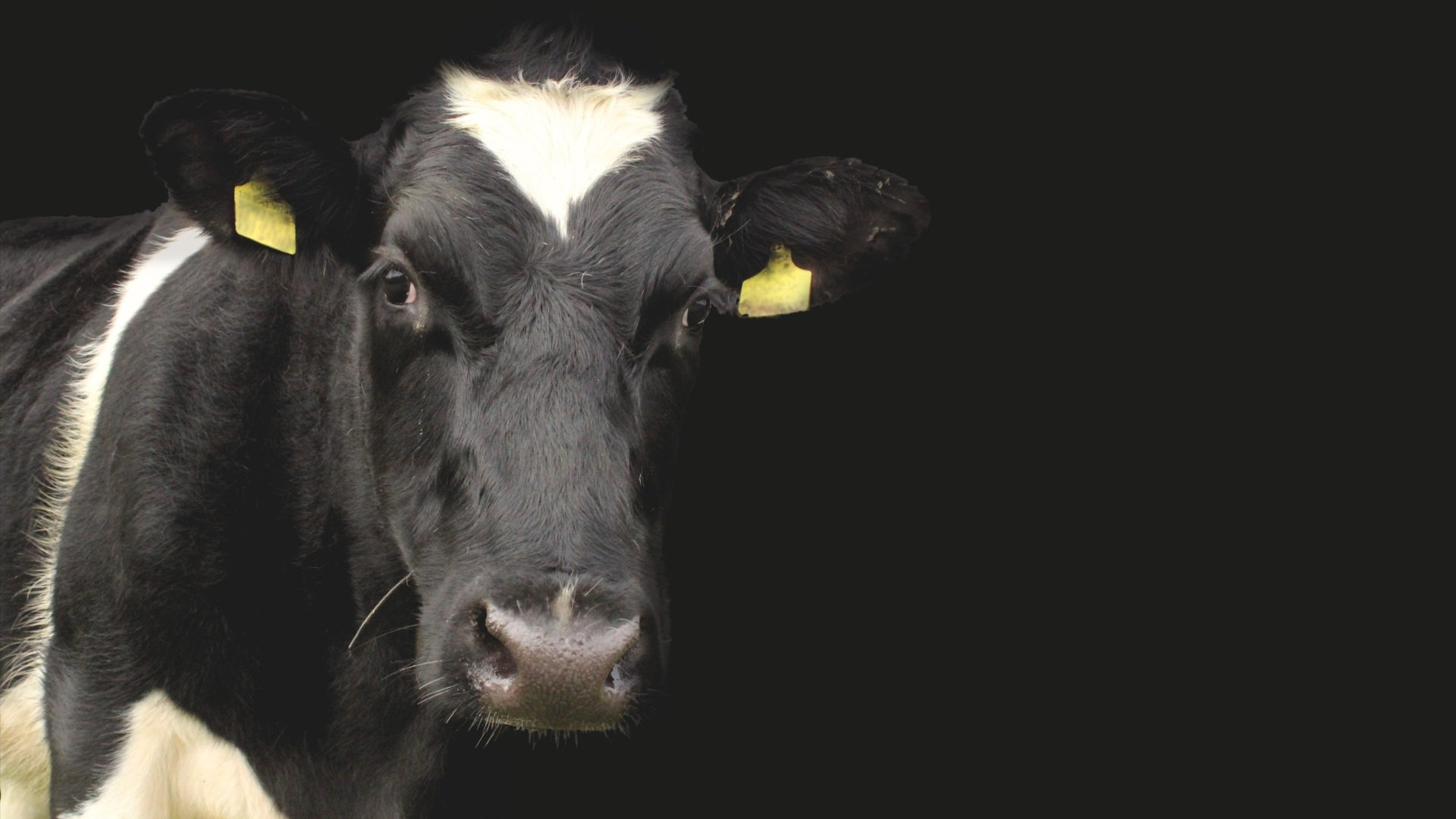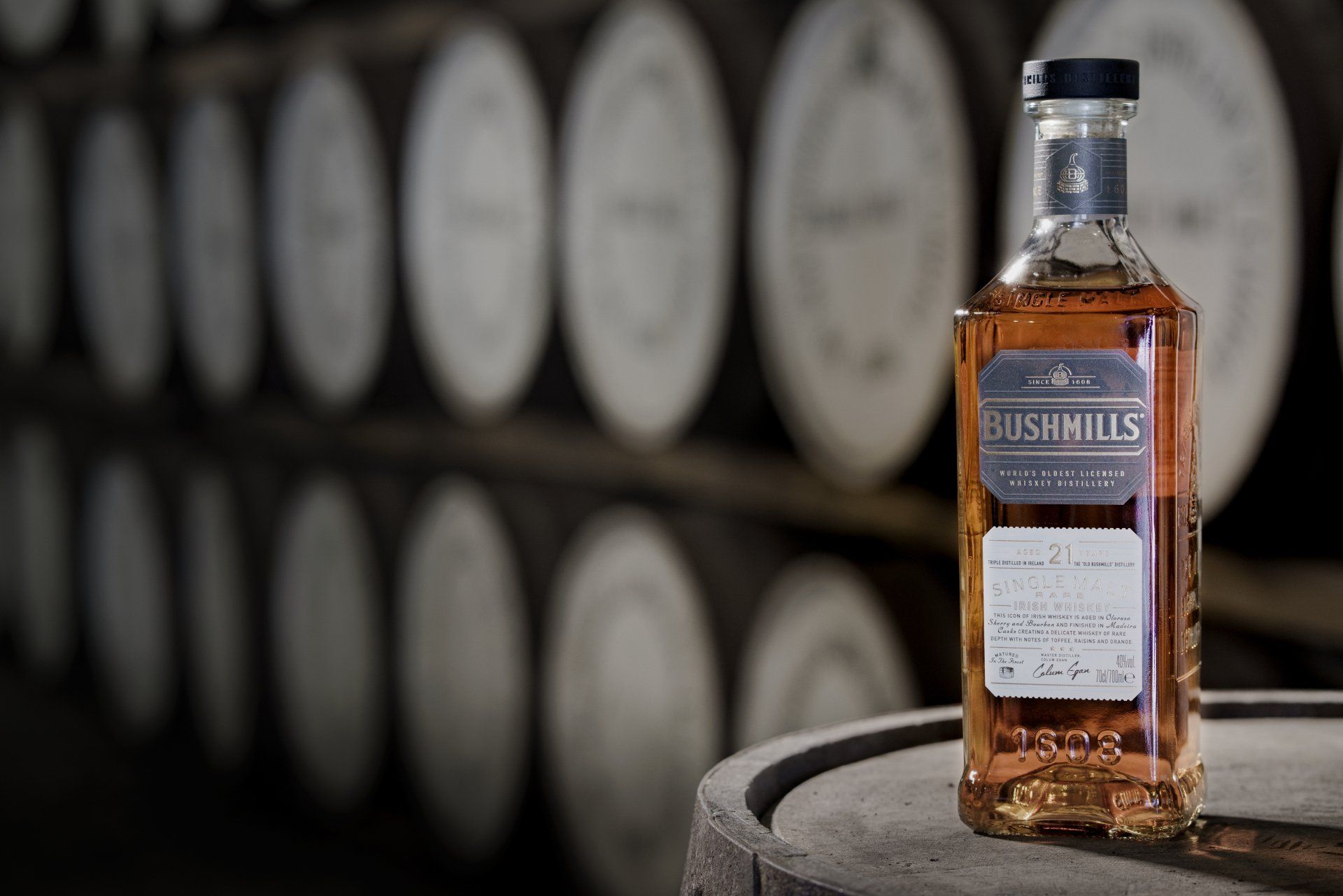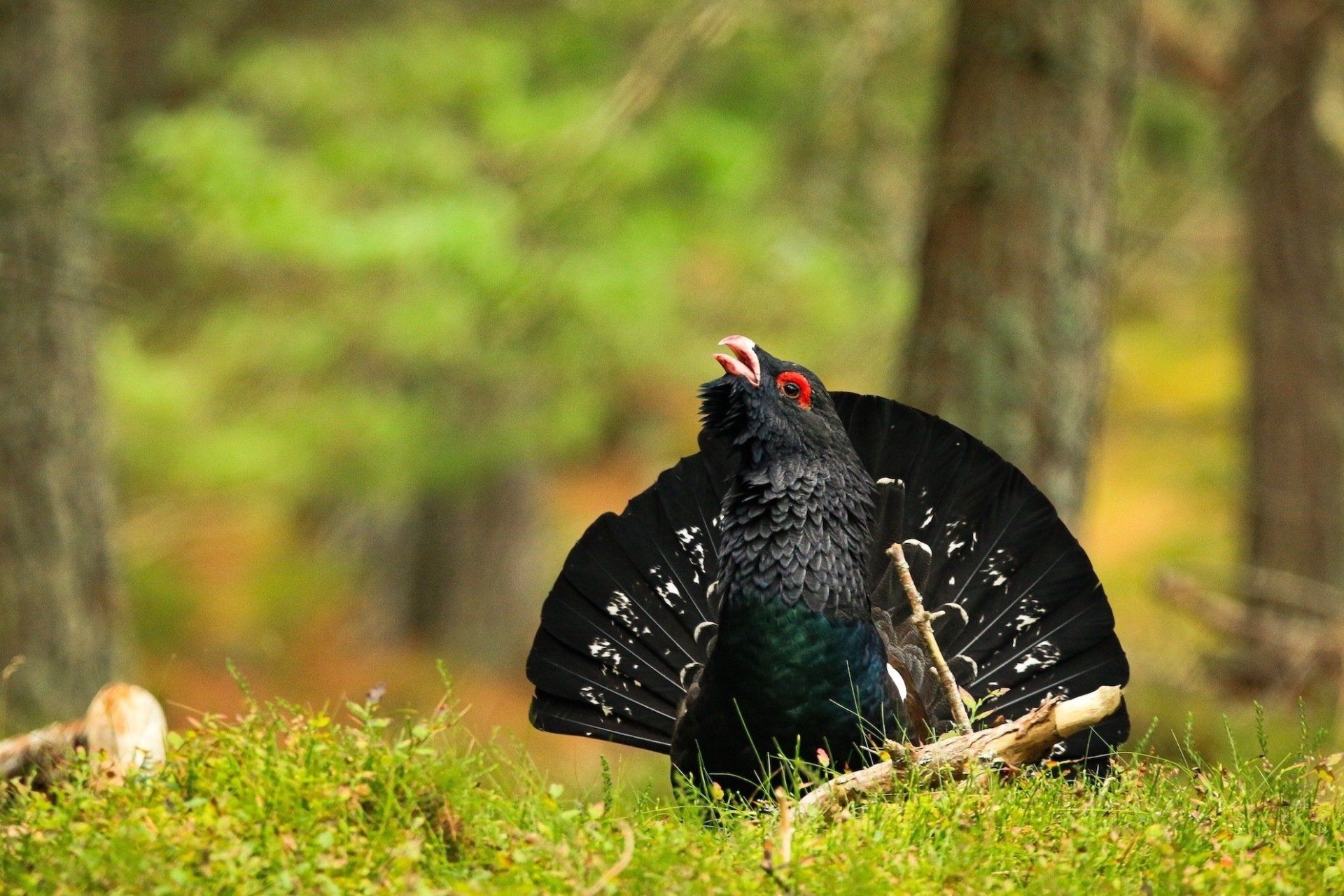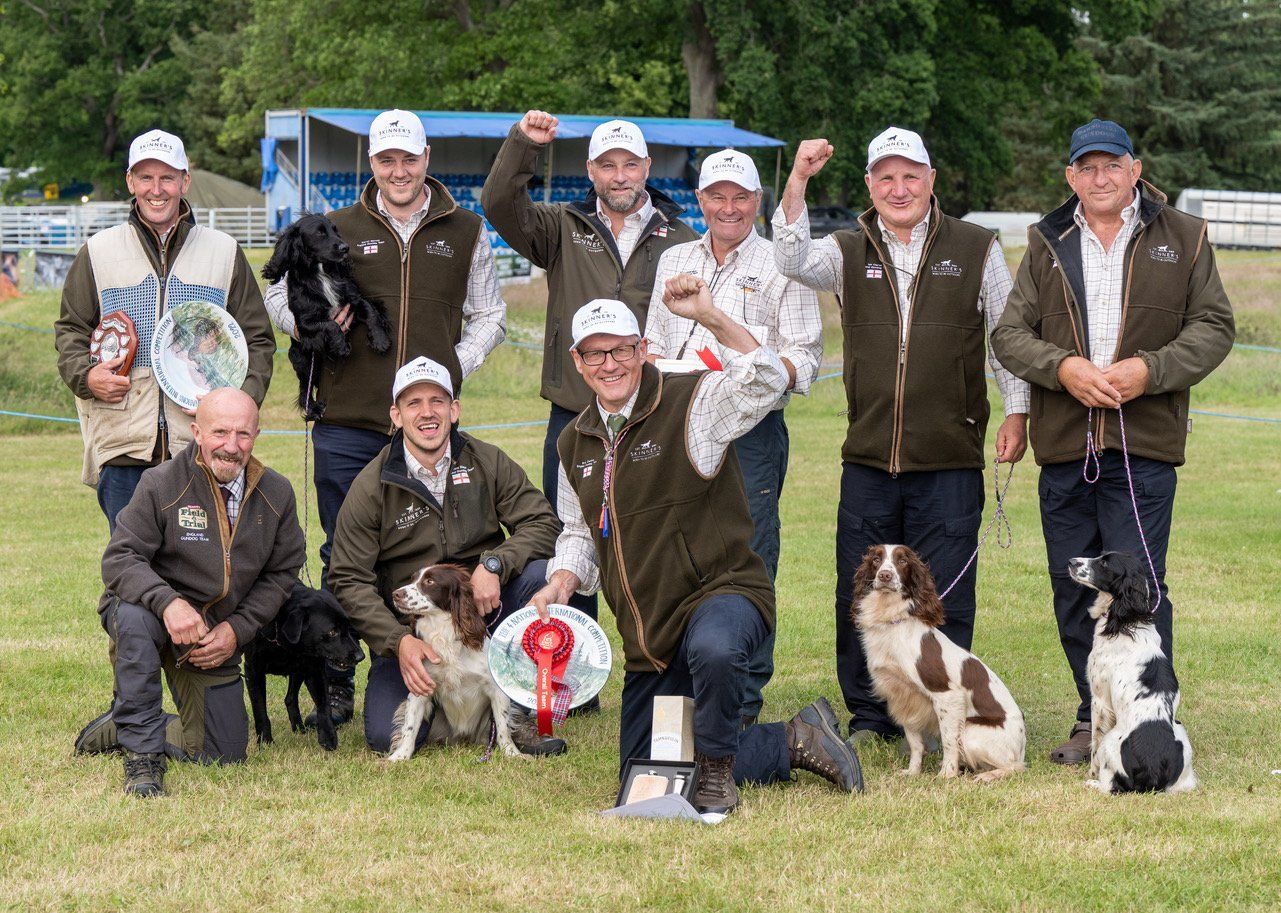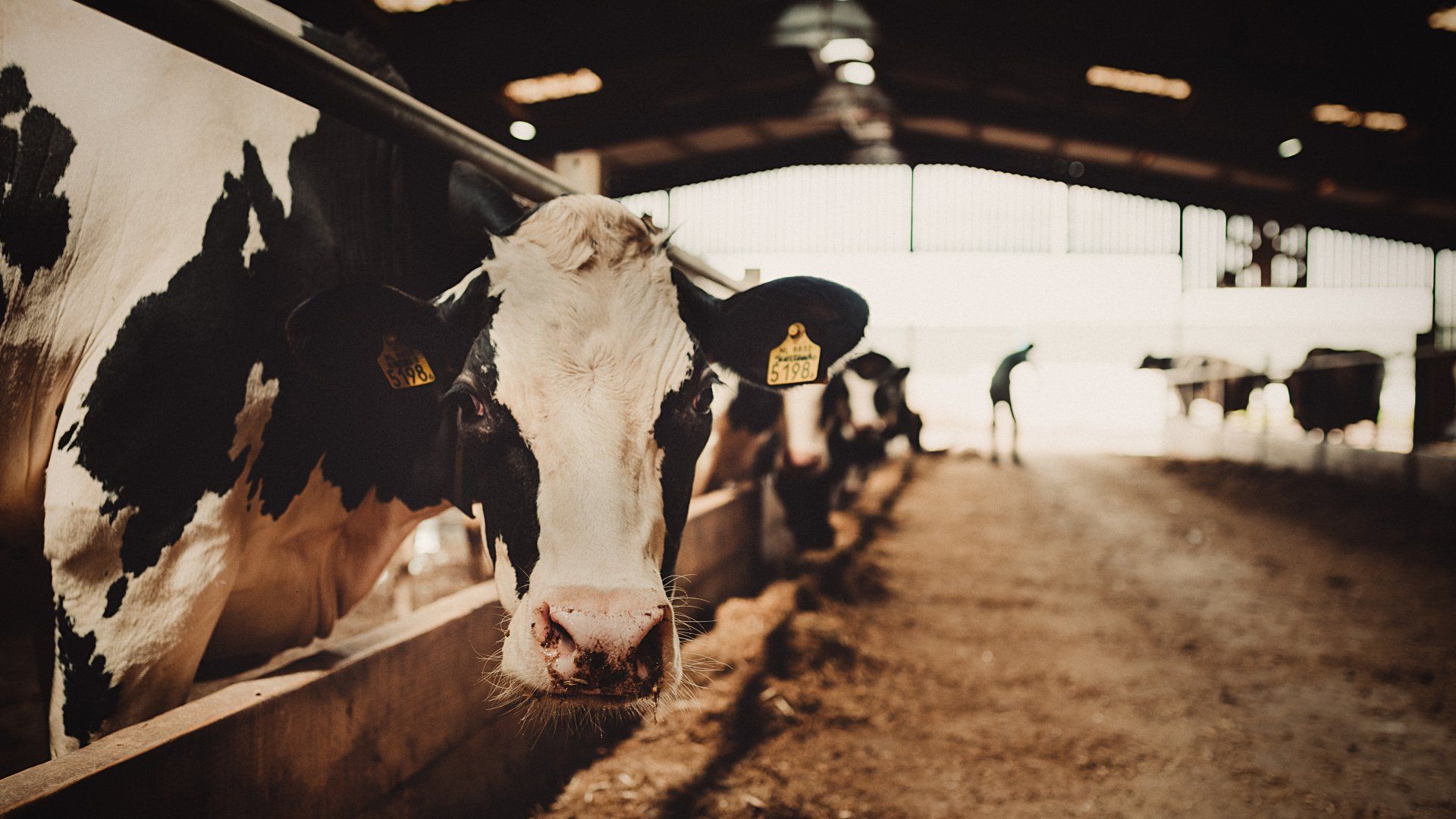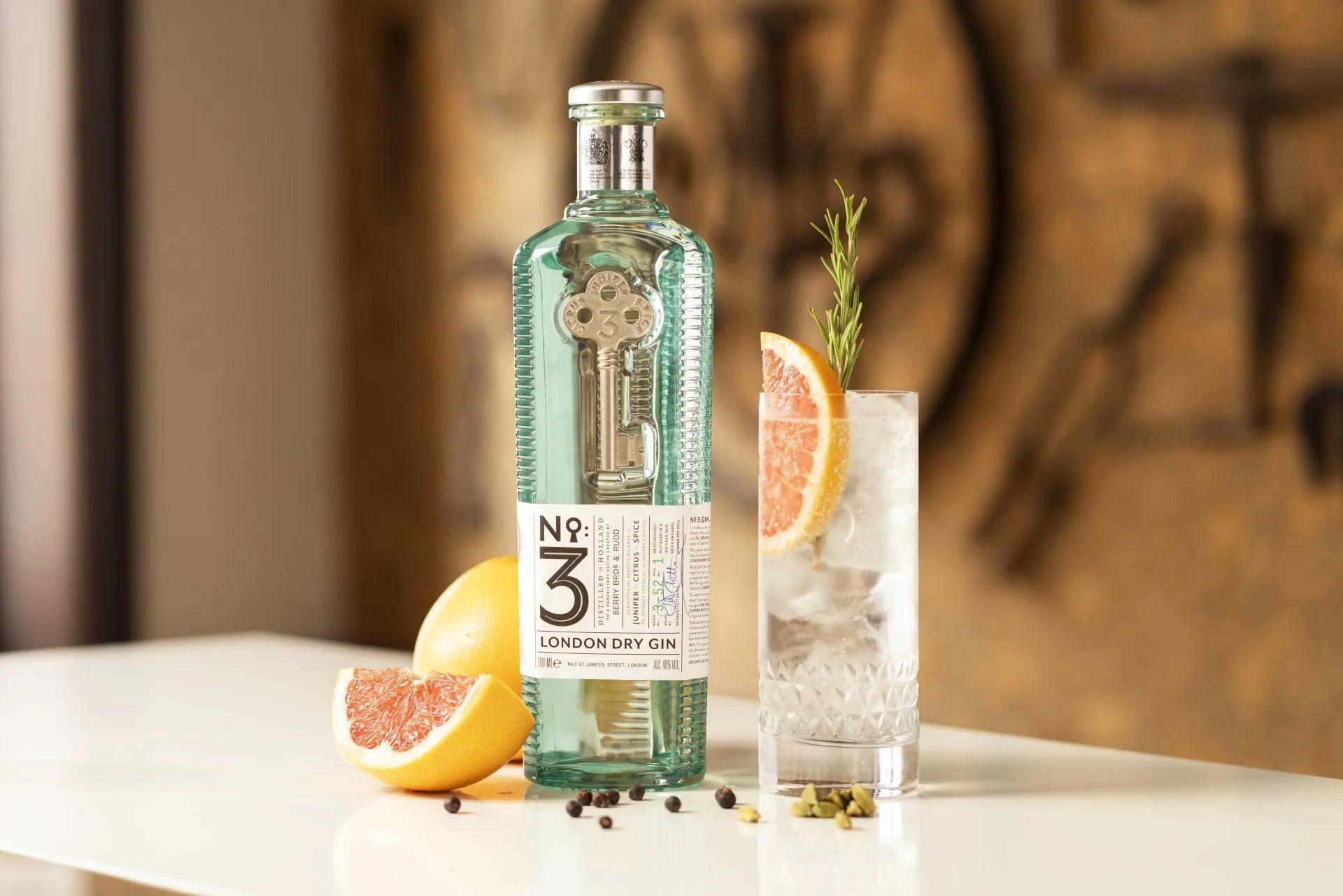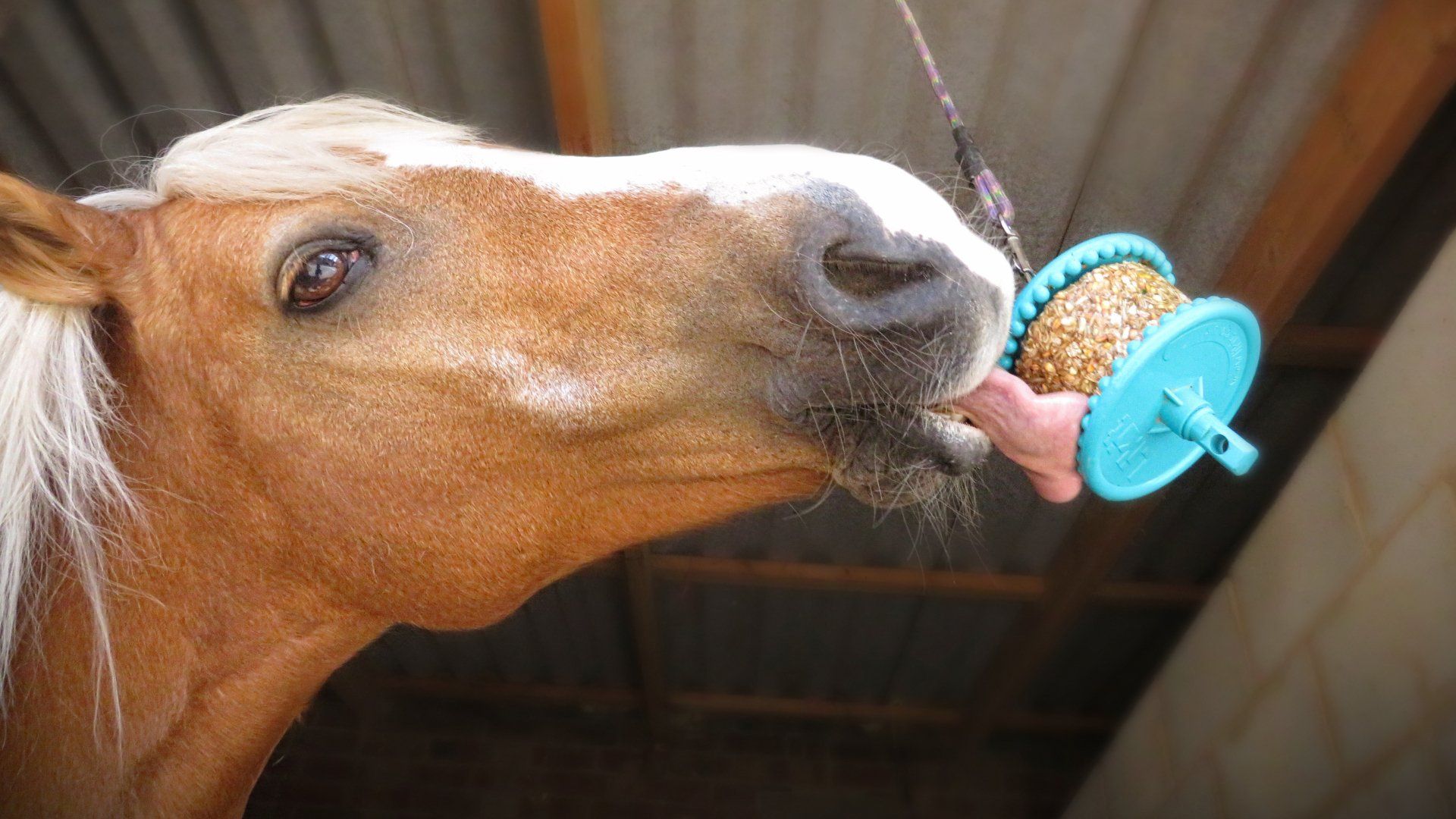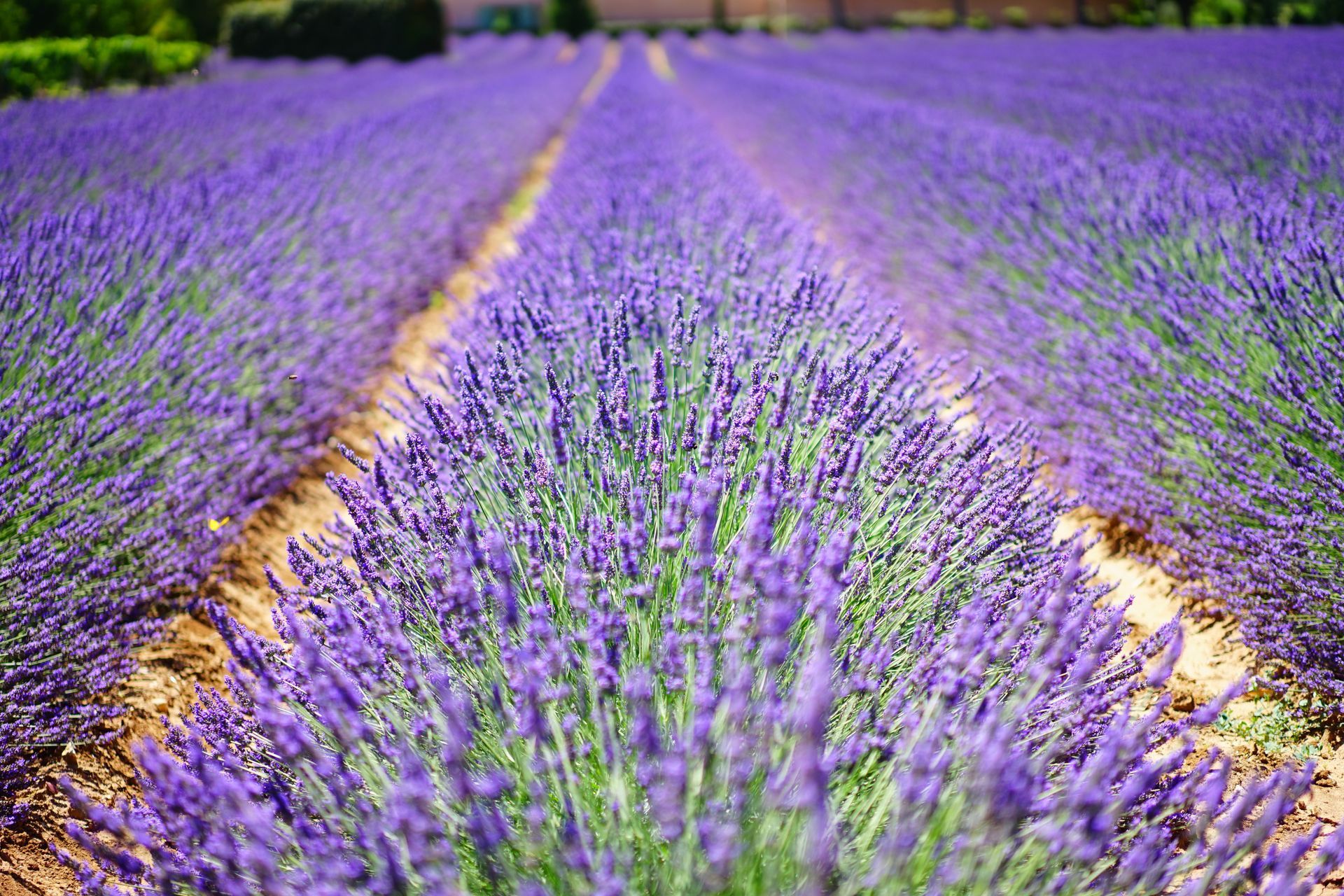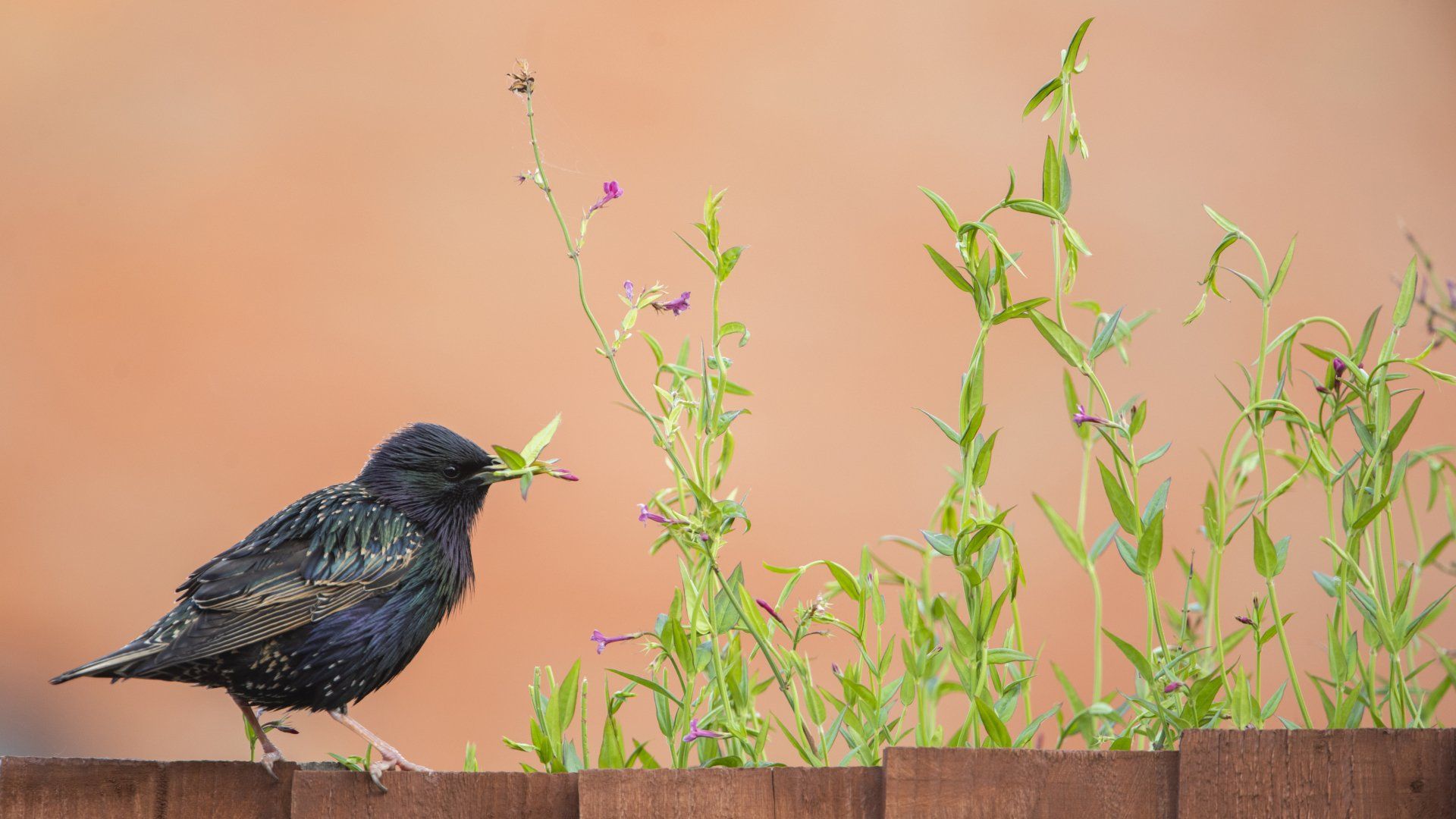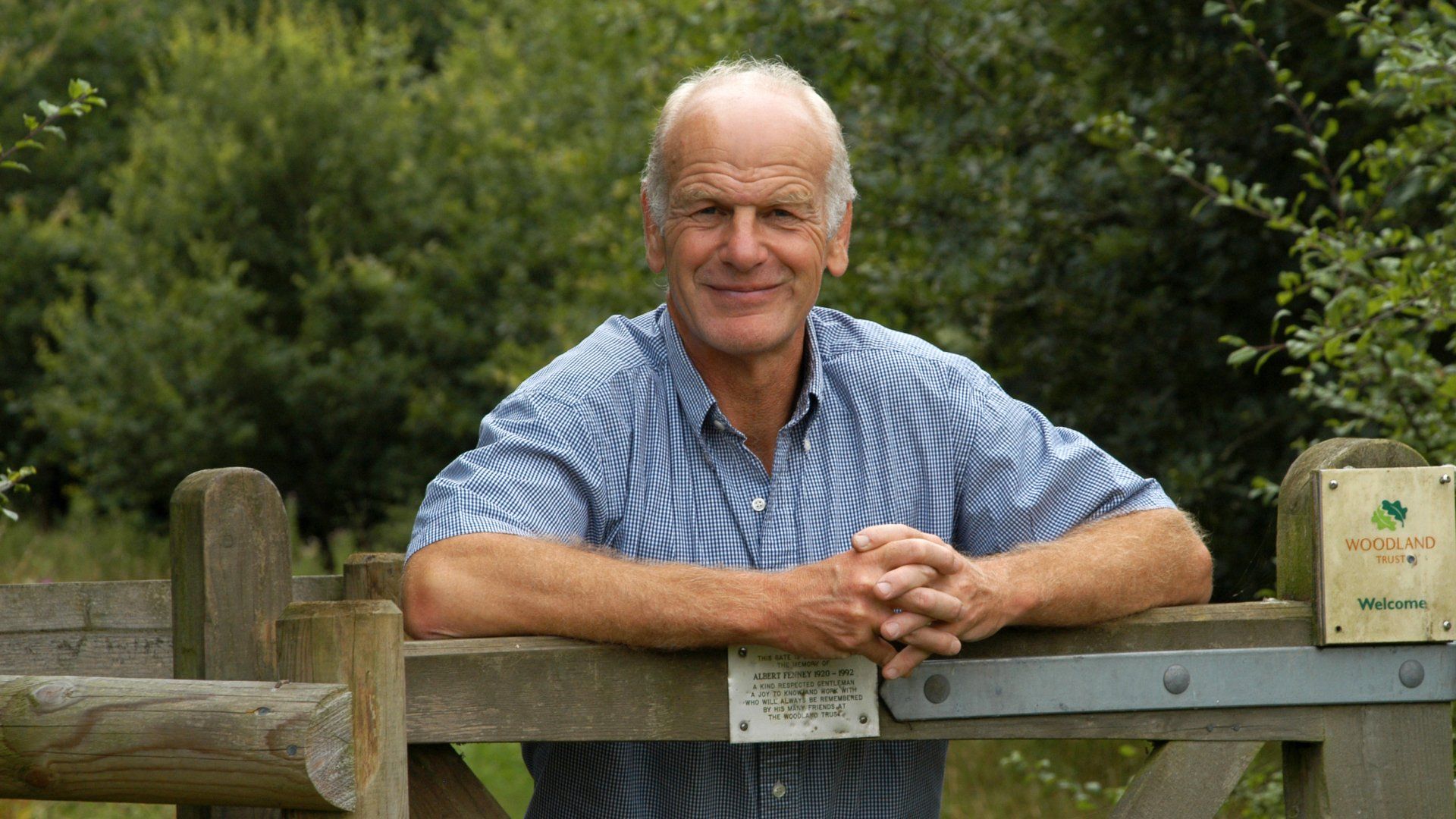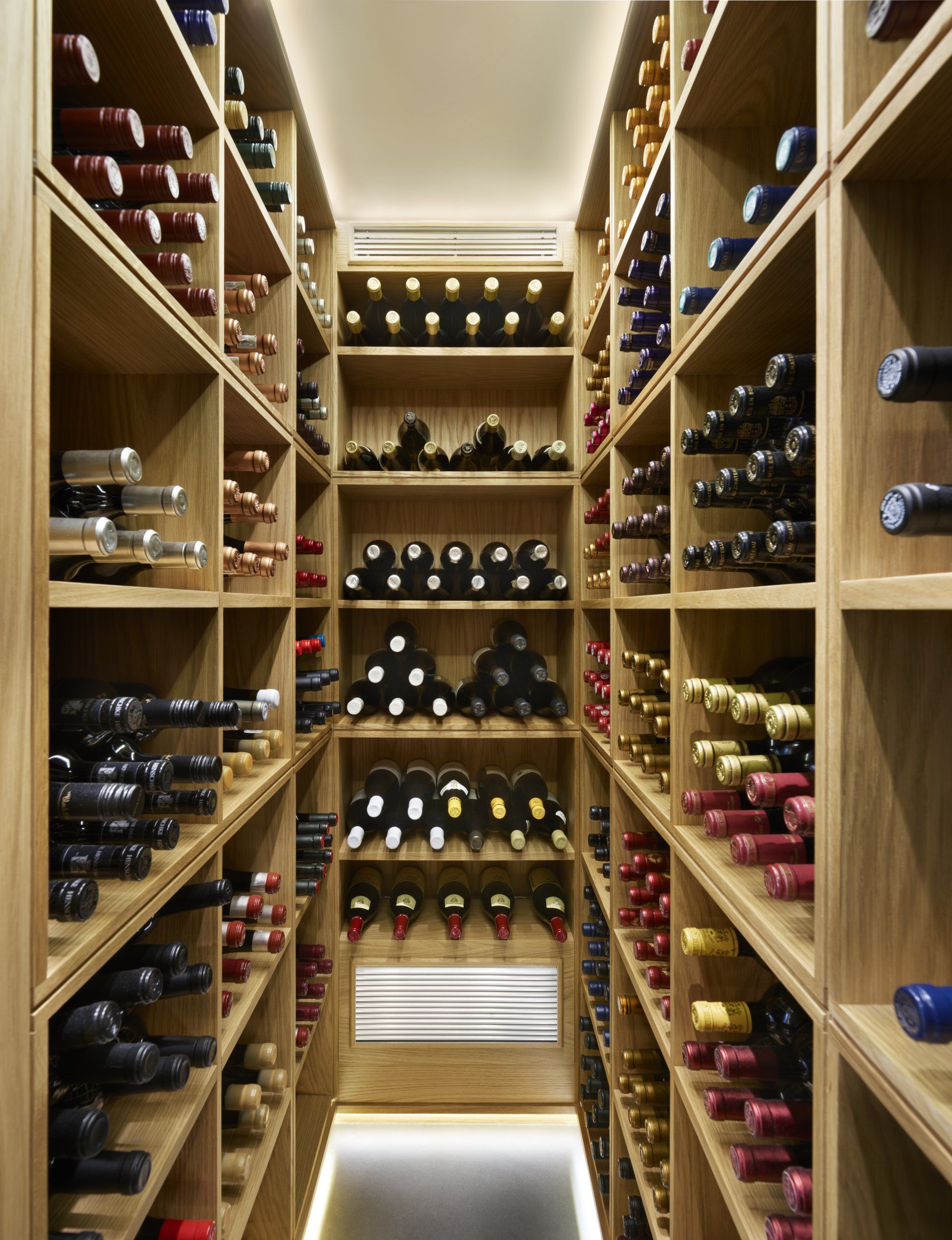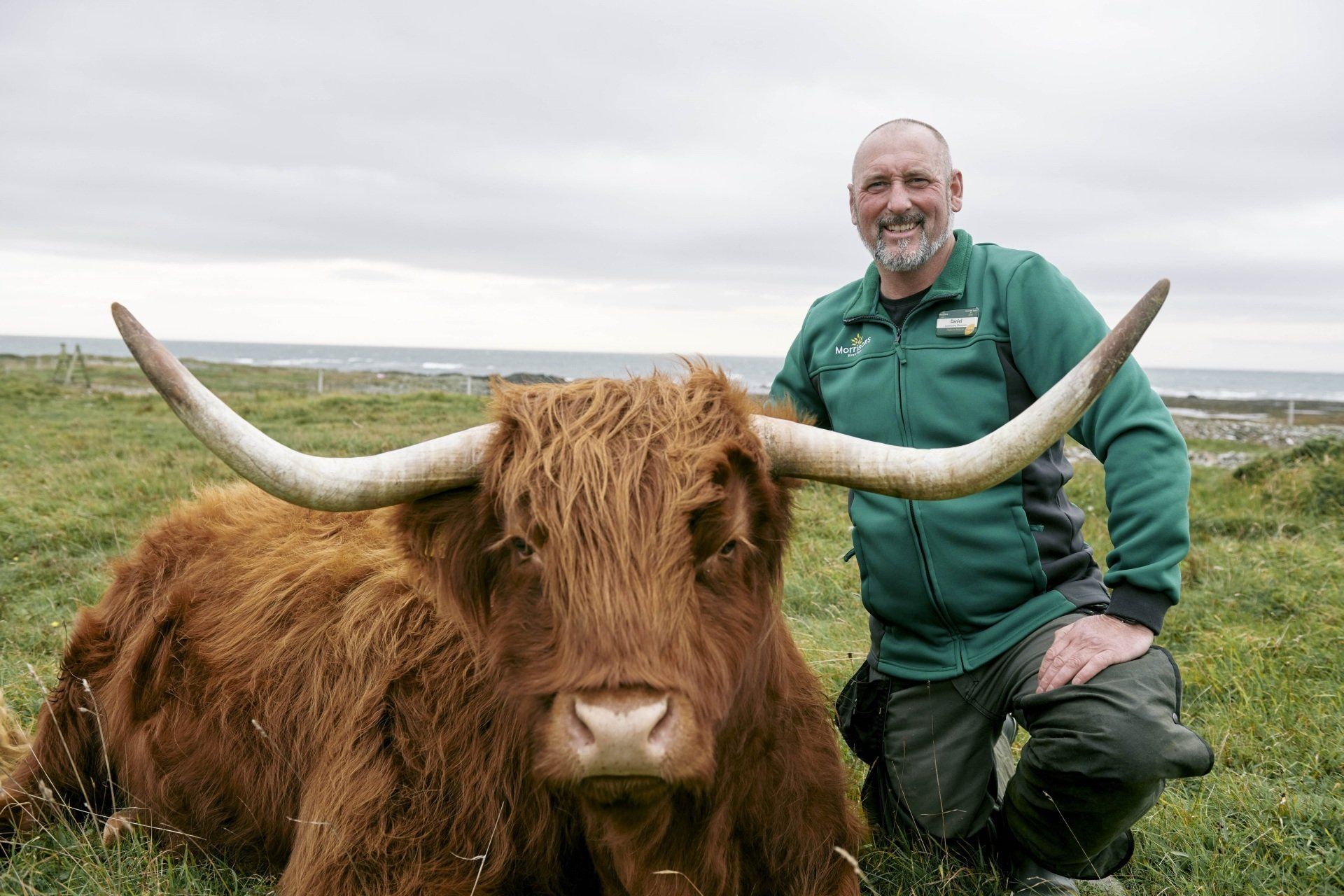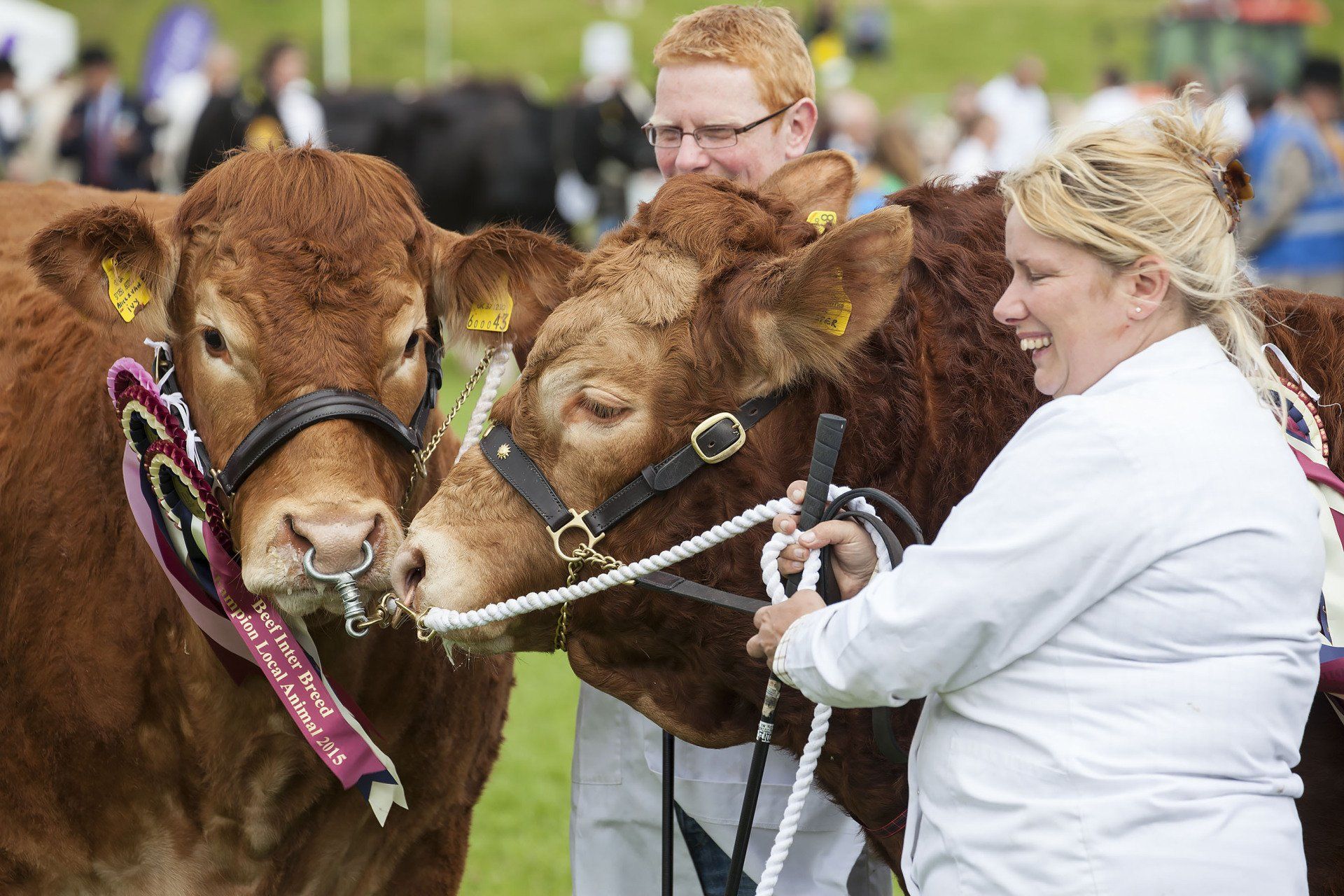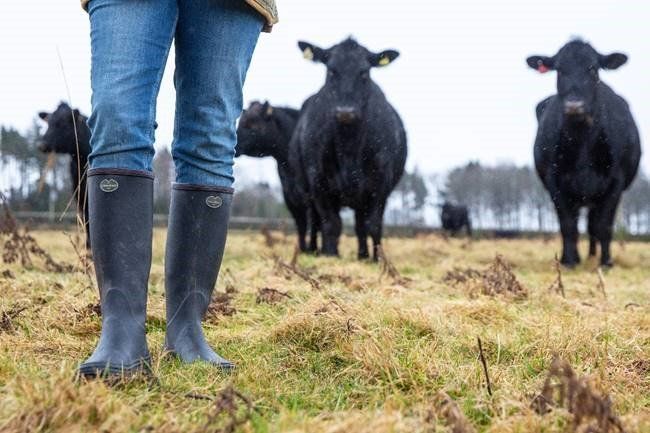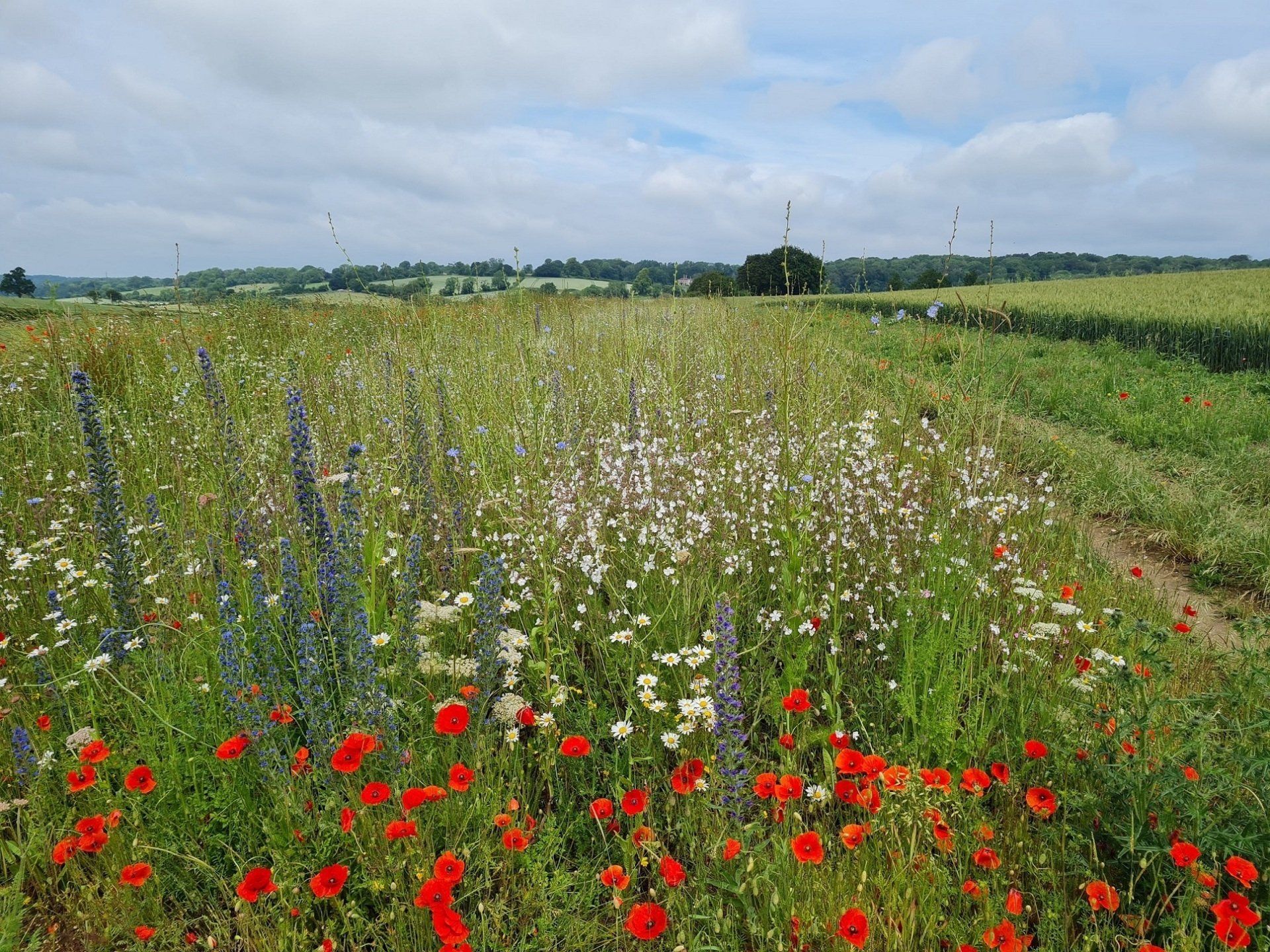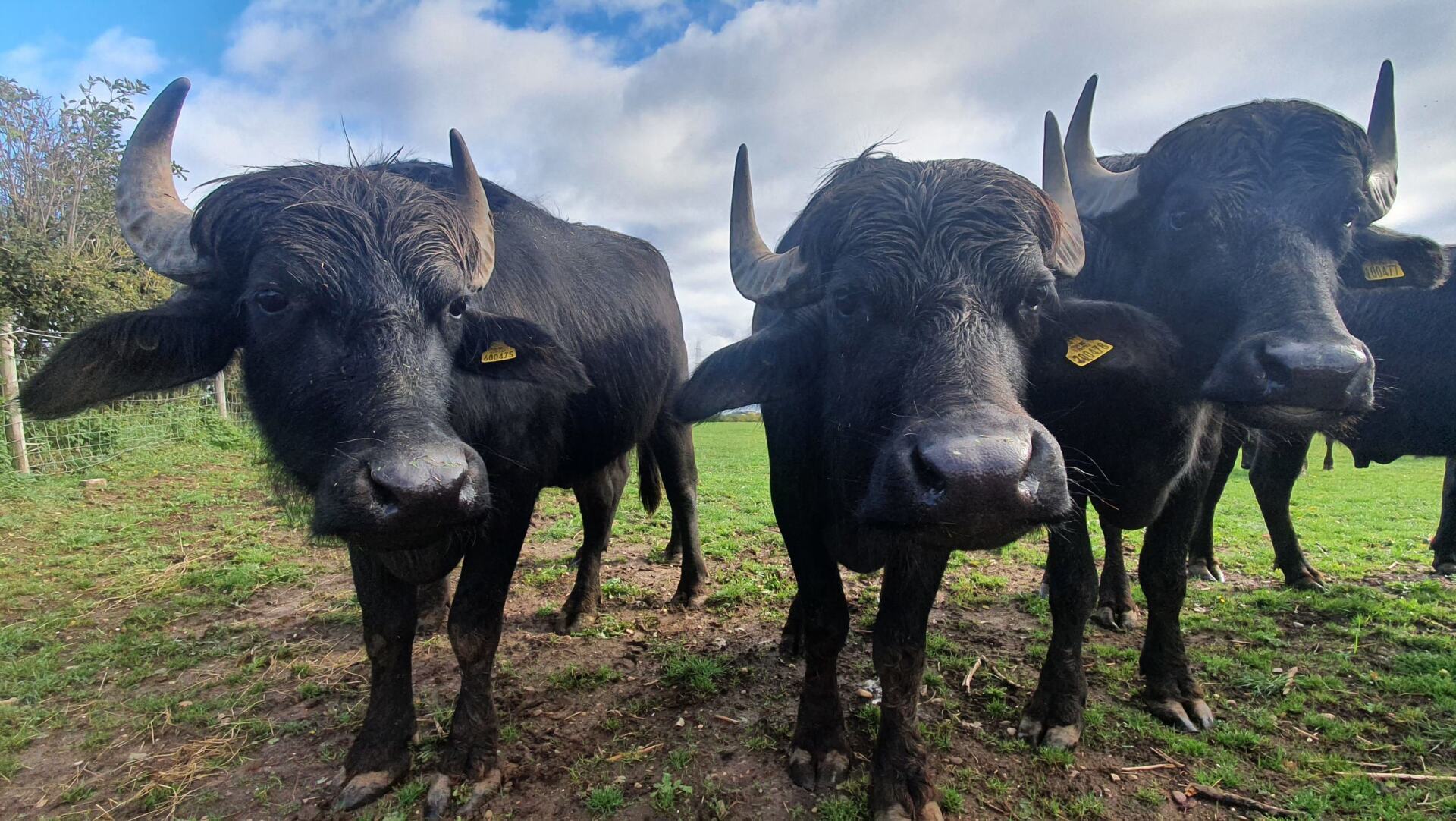Scottish ingredients and Japanese flavours come together at Killiecrankie House
Head Chef and Co-owner Tom Tsappis tells us how
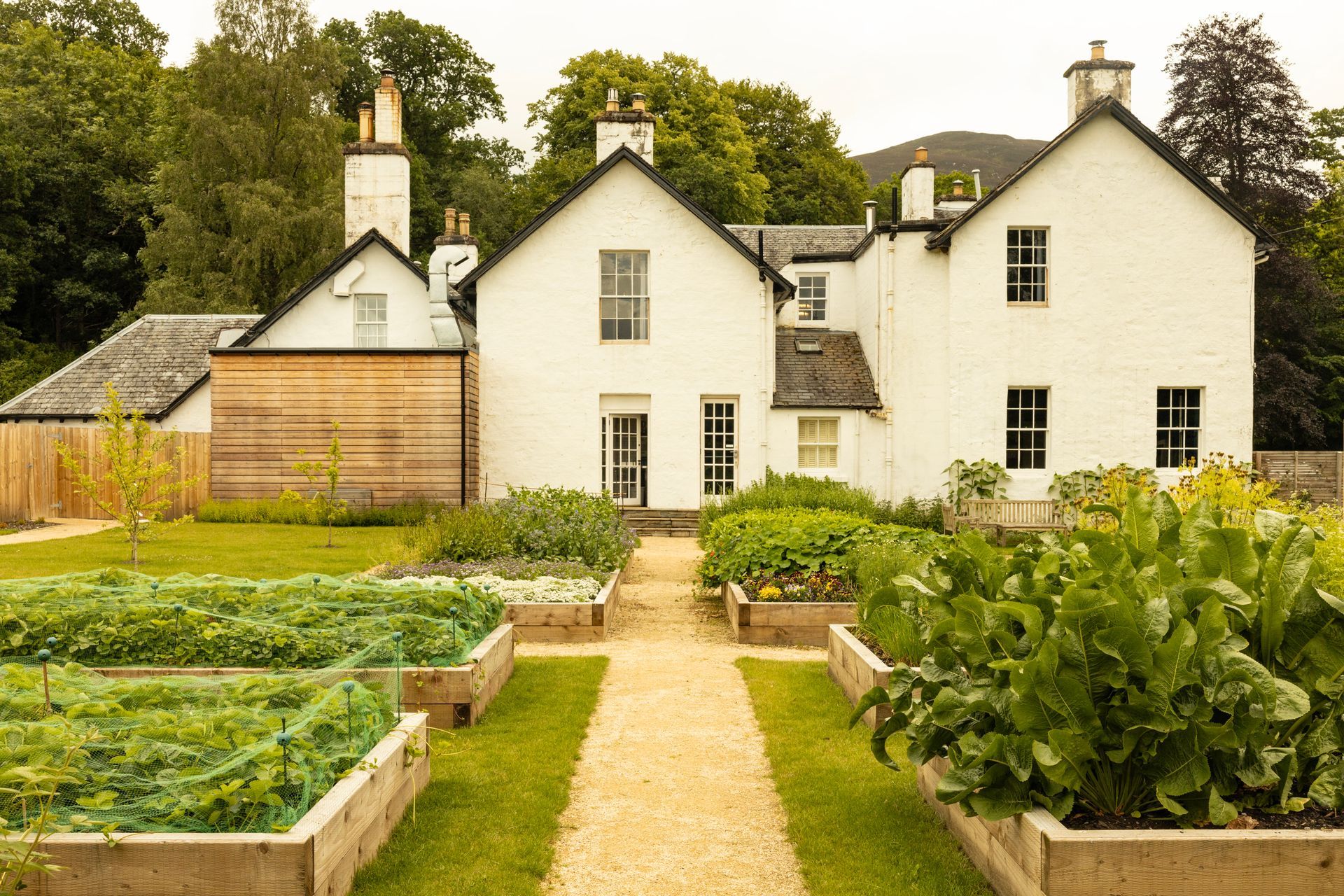
How did you get into the culinary world? Was there a single moment which prompted you to switch careers or has this been a long-term goal?
First and foremost, I like to eat. I moved to Japan when I was 23 years old and found myself captivated by all the new food experiences that were available to me, but also missing things from home. It was this comfort food from home that I originally started cooking, and that started me on this journey. Travelling for food was already a hobby for Matilda (my wife) and I before we became restaurateurs ourselves, and when we left Japan, we spent 6 months travelling around the Middle East and driving coast to coast across the USA. Eating out in different restaurants 2 or 3 times a day for 6 months gives you a lot of opportunity to plot and plan what your own restaurant could look and feel like.
How would you describe your food at Killiecrankie House?
The food we cook at Killiecrankie House is fundamentally shaped by the seasons. Our menu is constructed based on what is being landed at the fish market or growing in our gardens, and consequently changes frequently depending on the availability of produce. We look to Japanese Kaiseki cuisine as inspiration for how to structure our menus and in the way it treats seasonality, and also to the more avant-garde restaurants of the West for modern techniques. All of this is underpinned by a sense of fun and play. It is important to us that our food has an identity that is unique and different from other restaurants.
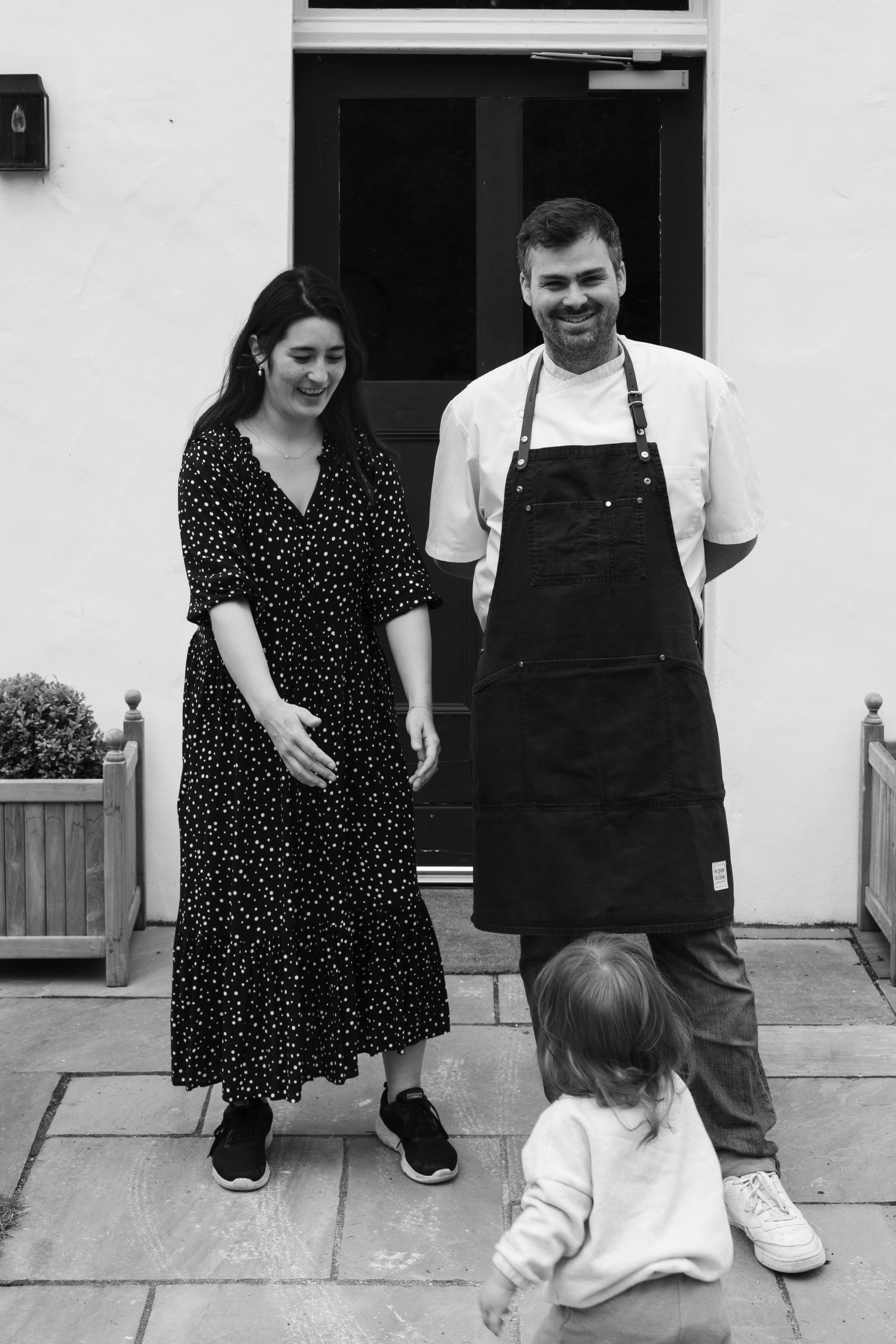
What is your favourite ingredient to work with?
We cook with a lot of fish and shellfish - langoustines, scallops, turbot, cod, monkfish, squid, bluefin tuna, trout and crabs are some of the great produce that grace our menus every year. The rivers and oceans of Scotland are teeming with fantastic ingredients, and it's a joy to be able to showcase them on the menu.
Why did you decide to open a restaurant with rooms, rather than a standalone restaurant?
It was important to us to curate the whole experience, and we knew we wanted to have a restaurant in a rural location. Having rooms means that we are able to serve a longer menu than most (our menu can run 20+ courses these days) and that our guests can have a drink without having to worry about their journey home. Plus the experience continues into the morning with a delicious breakfast to look forward to before guests head on their way.
Your wife, Matilda, is the Head Sommelier. What is your process of working together?
It is built on the foundation of all good marriages - we try to stay out of each other’s way as much as possible. Seriously though, we work pretty well together and whilst the wine and food offerings are collaborative, and we each offer input on the other’s ideas, the final decisions on wines fall to Matilda, and similarly with myself on food. It’s also useful that we’ve eaten extensively together so we understand each other’s food references and palates.
You travel for food a lot, what have been your standout meals on your travels?
Matilda and I have been fortunate to eat at a lot of good restaurants around the world, with some of our favourites being Crony and Narisawa in Tokyo, Zen in Singapore, Maemo in Oslo, Mugaritz in San Sebastian, Benu in San Francisco, The Araki and Brat in London, Providence in LA, and Suhring in Bangkok. I think if we had to pick our all-time favourite though, right now, it would be Alchemist in Copenhagen. The whole operation is breathtaking - technically adept, adventurous, provocative, delicious, and yet somehow still warm and welcoming. It is the restaurant that I would most like to take my team to because I think it would blow their minds.
:

How do you combine Scottish ingredients with Japanese flavours?
We like to take local ingredients and use techniques from Asia to create things that are new - think kimchi from wild garlic, rhubarb and seaweed, miso made from peas and chestnuts, ‘katsuobushi’ from peat-smoked venison loin, and our own ‘soy’ sauce made from the heritage Scottish grain, Bere Barley. This gives us a truly unusual larder from which to build surprising and delicious dishes.
You have a kitchen garden, what has been your favourite thing to grow and what has proved a challenge? And what is next for it?
We are always happy to try things, even when on paper they shouldn’t work, and Clive, our gardener, loves a challenge. Unfortunately, despite climate change and our best efforts, we still aren’t quite warm enough to successfully grow yuzu, even in our polytunnel. Personally, I really like the wide range of pumpkins we grow - usually 6 or 7 different varieties - from classic Japanese ones like Kabocha and Kuri squash, to an albino variety that tastes strongly of melon. We are always trying new things in the garden; we just had our first-ever harvest of burdock this year, and hopefully our wasabi should be ready this year as well. Longer term, we have a site for a smokehouse in the garden ready to go, which is exciting.
You have bees onsite already, are you looking to get any other animals?
We have spoken about trout and ducks, but the most likely to happen soon are pigs. We have 2 acres of woodland and have sectioned off around half of that so that we can have Mangalitza pigs on site, hopefully by the end of the year. Everyone in the kitchen is very fond of pork, so it's exciting for us in the restaurant, and also for my 2 year old who is a huge animal lover!
Walk us through a typical evening at Killiecrankie House
Guests check in from 4 pm, and at 5pm Matilda offers a guided whisky tasting in the bar. At 6pm guests start coming down for a pre-dinner cocktail or glass of champagne, and we begin to serve the first bites at around 7pm, where people enjoy them with their drinks in the bar or the lounge. After 4 or 5 of these, we move guests to the dining room, where the remaining 15 or so courses are served, usually lasting around 3 hours, before moving guests back to our lounge, bar or outdoor fire pit for petit fours, teas and coffees, digestifs, whiskies and cigars. Guests can while away the rest of the evening chatting, listening to vinyl on our record player and relaxing before heading off up to bed.
Read more:
